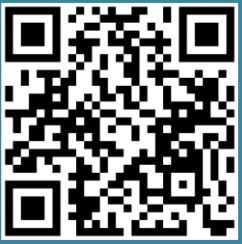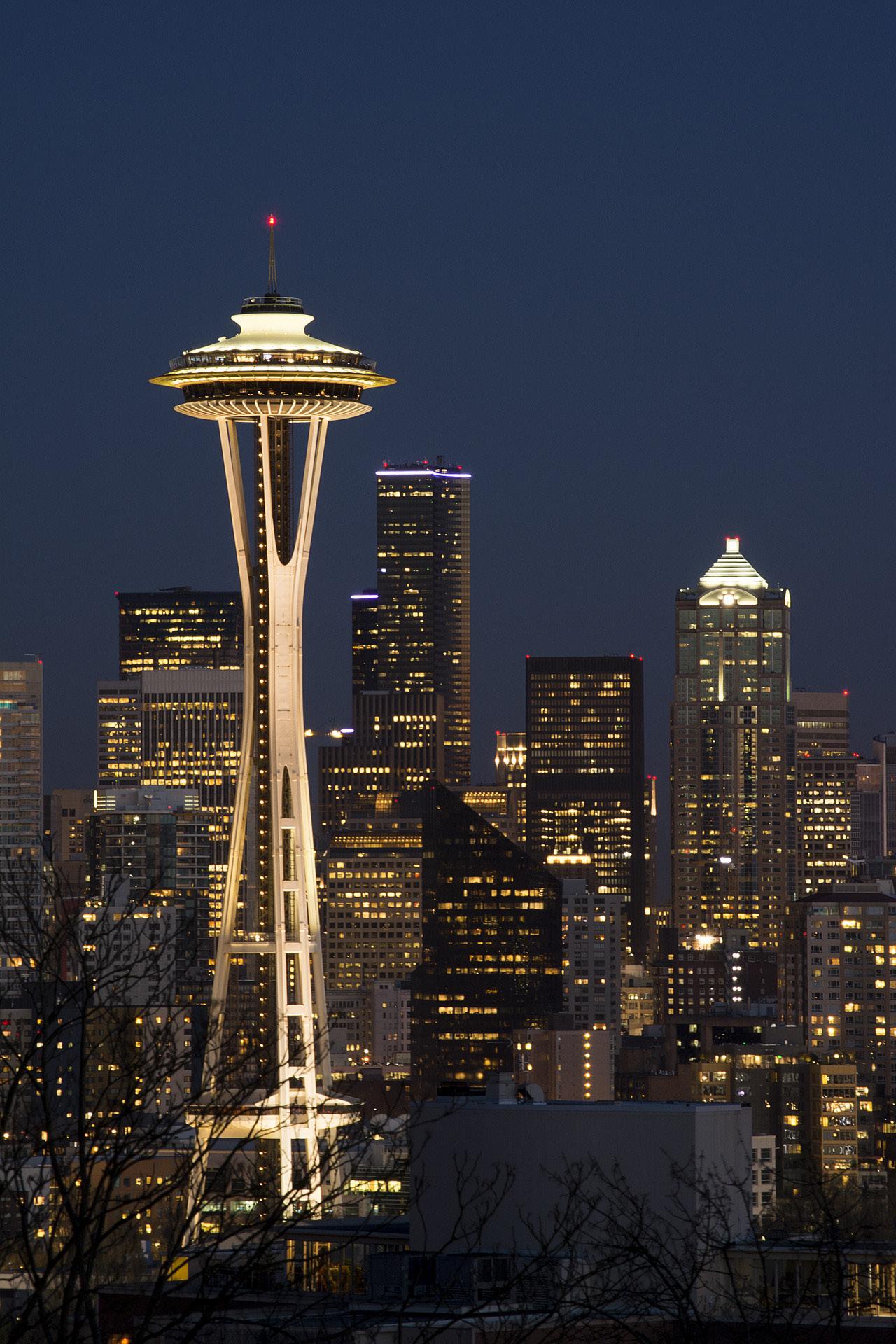Annual Report 2024

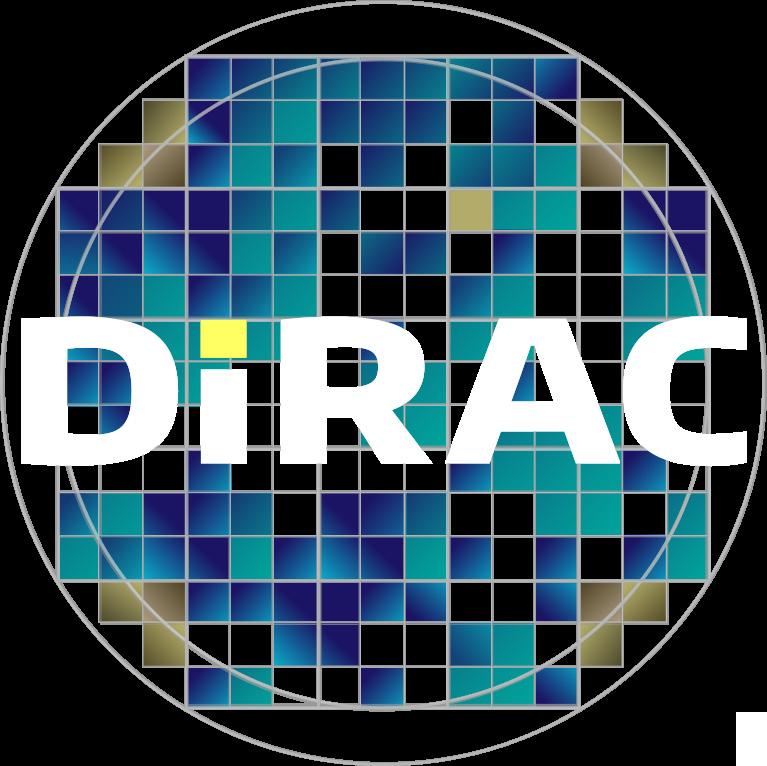



About Us | Who We Are
Message from the Director
Impact Dashboard
Highlights
Rubin Observatory, First Light in 2025 Real Time Processing of Rubin Images
LINCC Frameworks is Developing New Tools for Large Data Sets
DiRAC to Host Major Conference on the Outer Solar System
People
Student Summer Research Prize
New Postdoctoral Fellow: Dimitrii Vavilov
New Postdoctoral Fellow: Peter Ferguson
New Faculty: Nora Shipp
Citizen Scientist Group Finds 15 Rare ‘Active Asteroids’
Algorithms Pioneered at DiRAC Help Asteroid Institute and Google Identify 27,500 New Asteroids
UW-Led Team Uses Supernova 1987A to Search for Sunchronized Alien Signals Deep Drilling in the Time Domain With DECam How Millions of Galaxies Helped Settle a Cosmic Debate
UW Be Boundless: Decoding the Universe
Our Community
Advisory Board: Chair's Message
DiRAC Community Outreach and Key Events
Supporting the Next Generation: DiRAC Fellowships
Thank You to Our Partners and Supporters
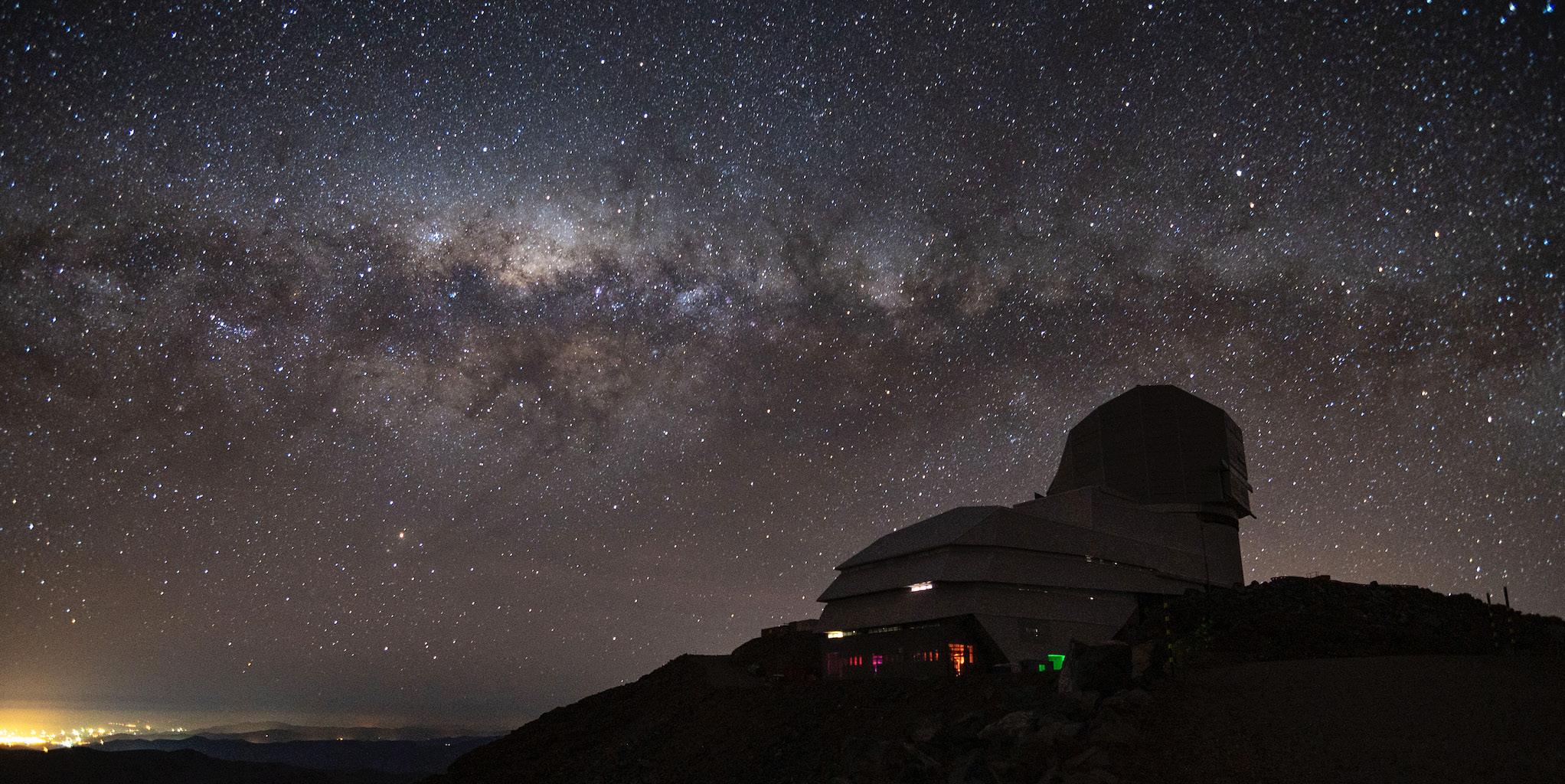
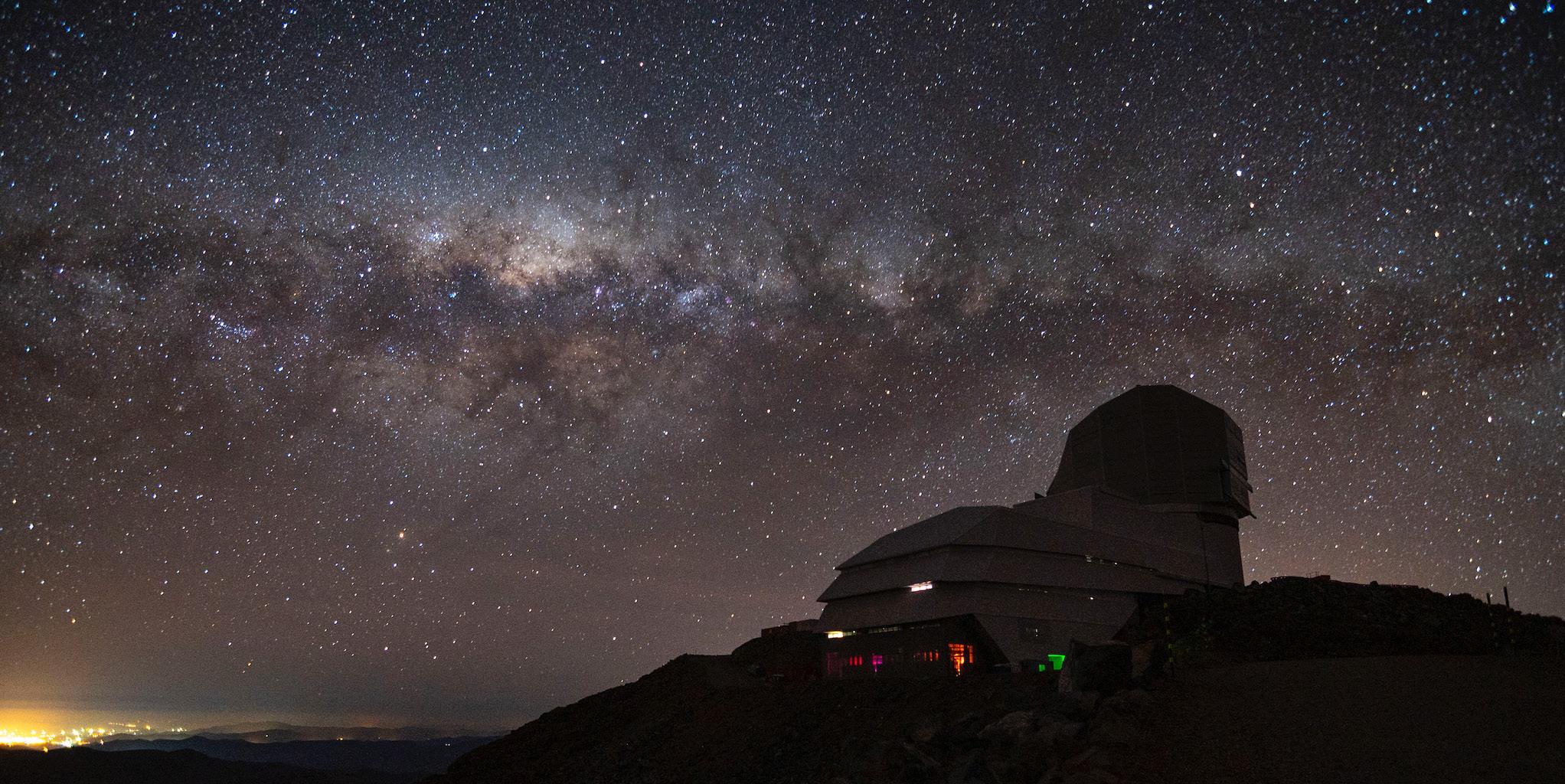
Vision
A universe understood through data-intensive discovery.
Mission
To build the world's most advanced datasets, algorithms, and tools and use them to explore and understand the universe.
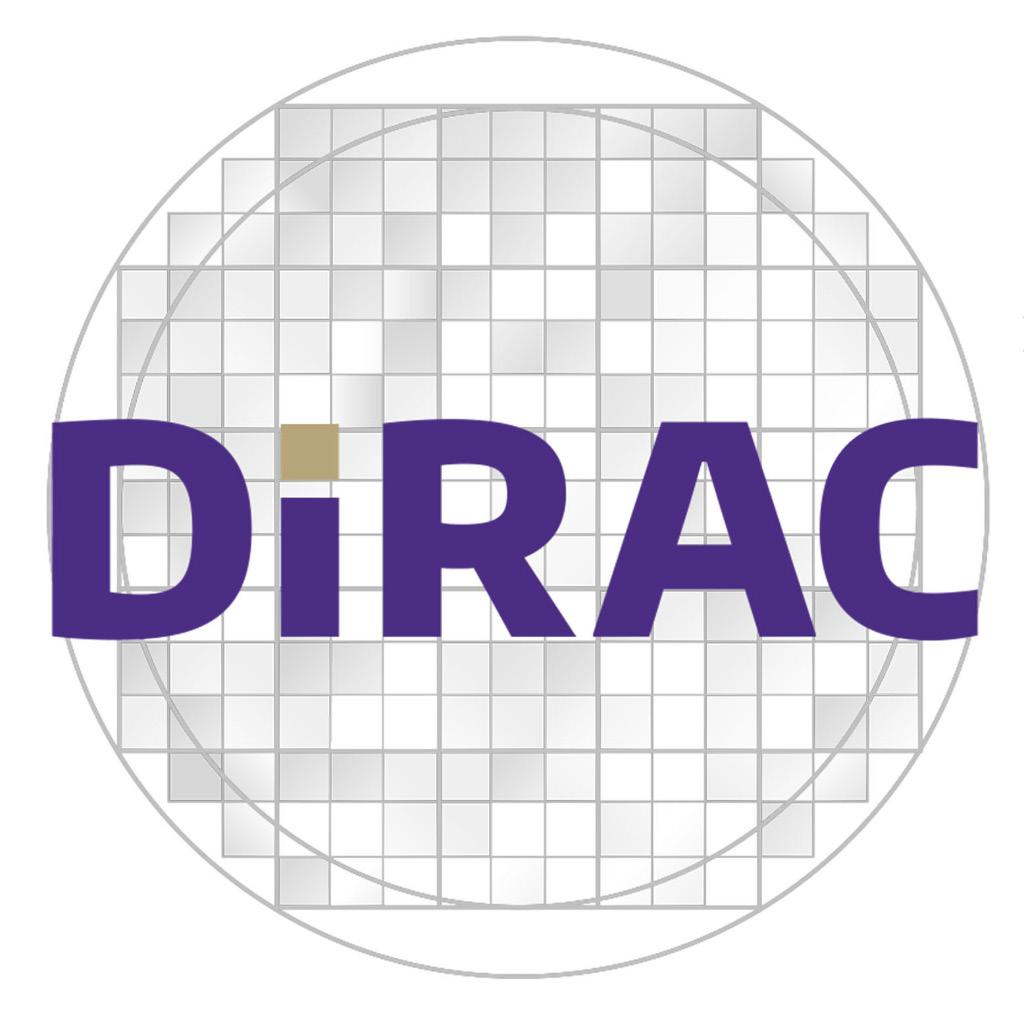

The DiRAC Institute is a world leading, interdisciplinary research center that addresses fundamental questions about the origins and evolution of our universe.
Our research brings together scientists across many disciplines on a mission to understand the nature of Dark Matter and Dark Energy, the emergence of structure within the universe, the formation of galaxies, the birth and evolution of black holes, the transformations of stars, and the origins of the planets.
Visit our website to learn more https://dirac.astro.washington.edu/
I’m excited to reach out to you today as we close out another year of groundbreaking scientific work.
And what a year it was!
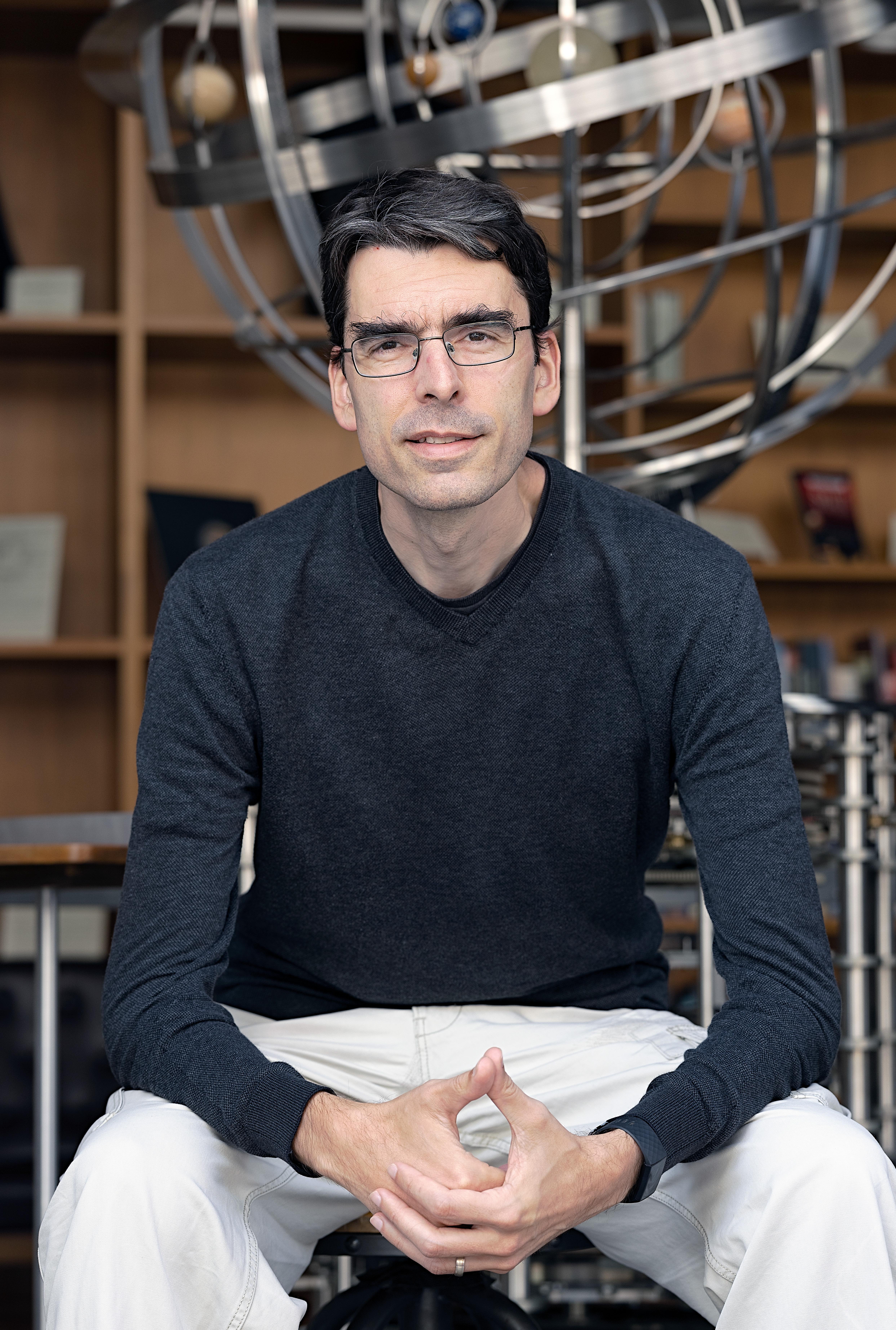
Our researchers published the first results from the DECam Ecliptic Exploration Program (or DEEP), the largest exploration program of the outer solar system to date. Our students made their mark by discovering rare stars and pinpointing mysterious X-ray sources. Our team also added to resolving the growing challenge of satellite constellations, studying their impact on Earth-based astronomy and exploring solutions to balance technological advancement with the need for clear skies. In total, since our founding we have co-authored over 600 papers, earning more than 16,000 citations, including developing innovative algorithms and software that are advancing the next generation of astronomical discoveries. And our excellent undergraduates are a centerpiece of UW’s new Be Boundless campaign, held up as the example of cutting-edge innovation and teaching conducted at the University of Washington.

But the major milestone this year has been the start of commissioning of the Rubin Observatory. After nearly two decades of research, development and construction, on October 23rd the test camera on the Simonyi Telescope took the first image of the sky. This was a truly momentous occasion for the entire team. DiRAC researchers have built the core parts of the system that focuses the telescope, as well as the data processing system that analyzes the data downstream: seeing it work so well was an incredibly gratifying experience! With these first data in hand, we look towards 2025 confident that by the end of it Rubin will begin the largest optical sky survey in history: the Legacy Survey of Space and Time.
That will be our focus for 2025: realizing the 20 years of investment in Rubin by producing the first ground-breaking science from this paradigm-changing telescope. Our researchers and students will use Rubin to search for asteroids that may impact the Earth, try to locate the 9th planet in the Solar System, understand how our planets formed, map the variable stars in our Galaxy, build the deepest map of the Milky Way, understand how the Universe as a whole is expanding, and much, much, more!
Where we are now would not be possible without you — our students and postdocs have been exploring the Universe and preparing for Rubin thanks to your support. And your continued support is what will enable these first discoveries: from funding the Summer Research Prizes for our undergraduate students – allowing them to spend a summer focused solely on research – to DiRAC Postdoctoral Fellowships which allow us to bring the best and brightest talent in astrophysics to solve these hard research problems, to outreach activities letting us bring this work into Seattle-area high schools and beyond.
I invite you to continue supporting us as we enter into the next phase of exploration. Your donation will help our students, postdocs, and researchers shape the future of astronomy!
Thank you for being a vital part of our journey.
Sincerely,
Prof. Mario Juric Director, DiRAC Institute .
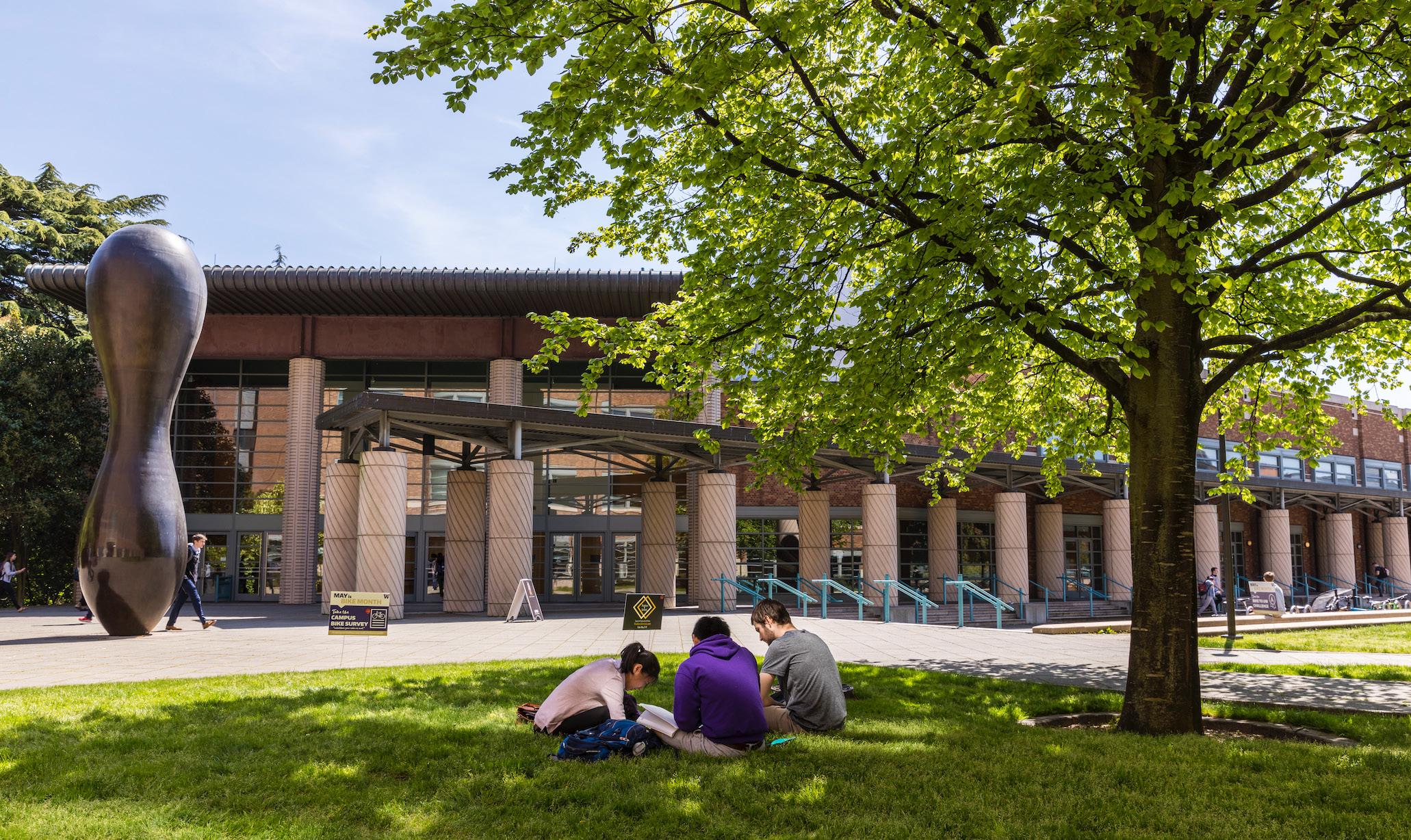
Rubin Observatory: First Light in 2025
Real Time Processing of Rubin Images
LINCC Frameworks is Developing New Tools for Large Data Sets
DiRAC to Host Major Conference on the Outer Solar System
Student Summer Research Prize
New Postdoctoral Fellow: Dimitrii Vavilov
New Postdoctoral Fellow: Peter Ferguson
New Faculty: Nora Shipp
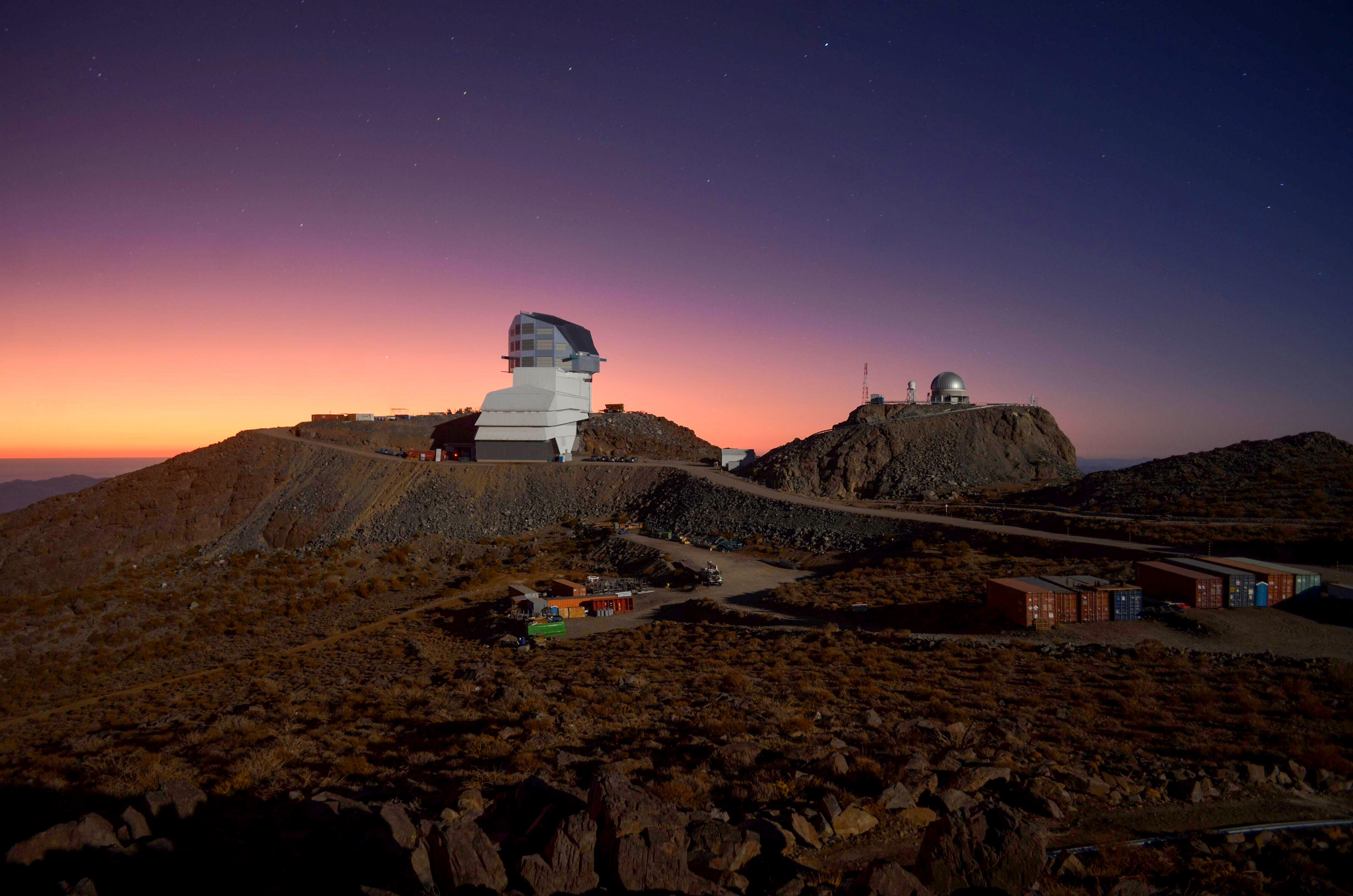

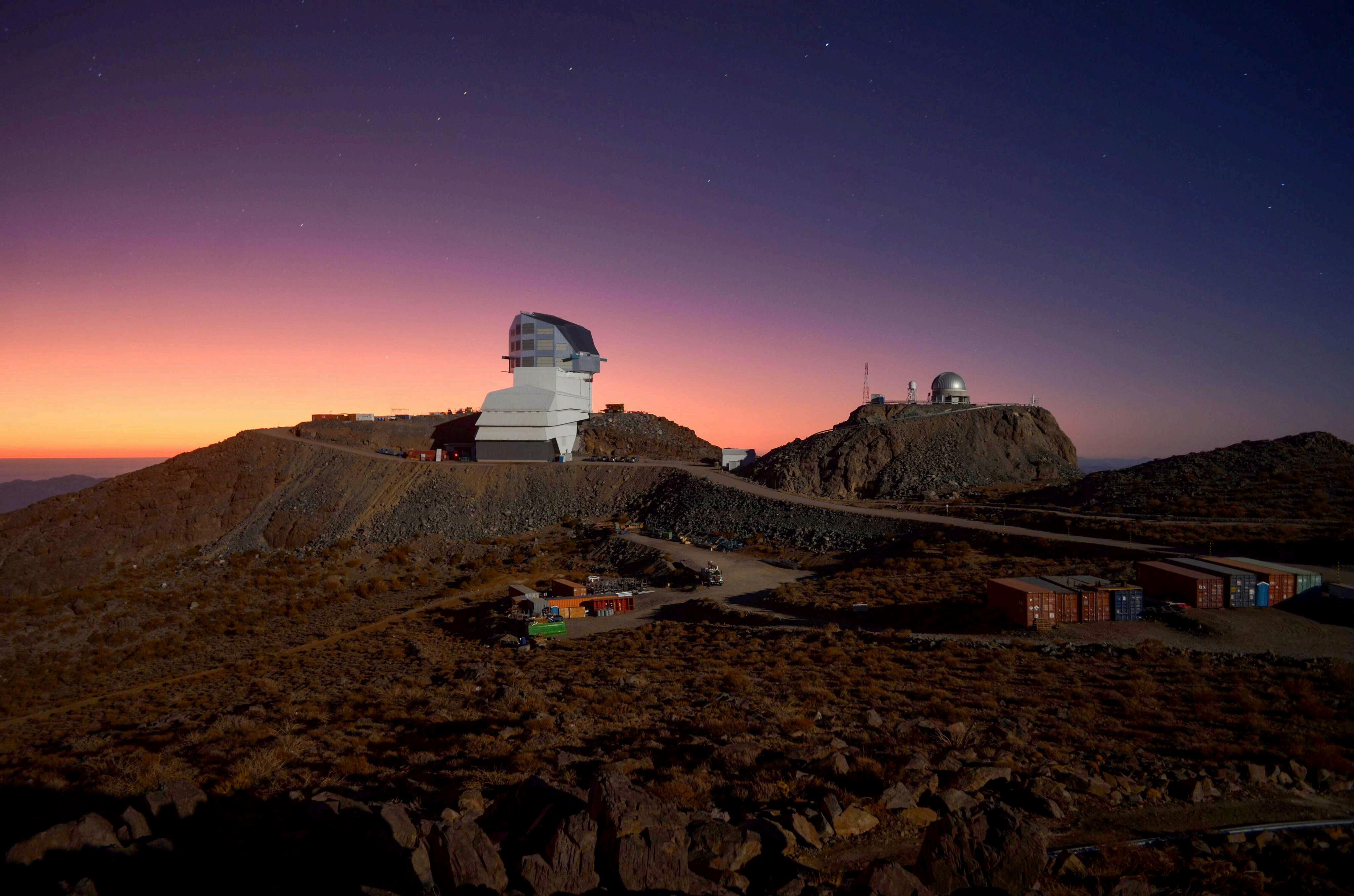
Rubin Observatory Construction is in its last year: LSST will start before the end of 2025!
Many major milestones were accomplished in 2024, with first on-sky images obtained with an engineering camera demonstrating that the Simony Survey Telescope (SST) is operational.
The primary/tertiary mirror (M1M3) for SST was coated with a layer of silver in April and thus prepared for final integration with the rest of the telescope.
The last major piece of equipment, the LSST Camera, was shipped from SLAC to Chile in May 2024. The successful transport of the camera and supporting equipment and tools,(3 large containers and 47 crates) to Chile, first by Boeing 747 plane from San Francisco to Santiago and then by 9 trucks to the Observatory, was a major step towards the completion of the Rubin Observatory. After several months of testing in a so-called clean room, the LSST Camera will be integrated with the SST in early 2025.
Rubin's Simony Survey Telescope was fully integrated for the first time in early October 2024, with all three mirrors and an engineering (commissioning) camera installed. After 10 years of intensive construction of the Rubin Observatory, and 20 years since the project began, the first images of the night sky were obtained on October 24, 2024! In parallel with hardware integration and commissioning, software pipelines are being completed and tested using extant and Rubin Auxiliary Telescope data, as well as these commissioning image data. In particular, the Rubin group at DiRAC is leading the Alert Pipeline testing and commissioning.

After using this telescope configuration to image the sky until mid-December 2024, the Rubin team will remove the 144-megapixel engineering camera and install the final science component: the car-sized 3,200-megapixel LSST camera.
We except the first images with the LSST Camera in April 2025, the first science quality images by the summer, and the completion of the construction project before the end of 2025.
As Rubin Observatory Construction is nearing its completion, the Rubin Operations Team is preparing for the start of LSST and relentless 10-year sky surveying, while several thousand members of eight Rubin Science Collaborations are finalizing their preparations and tools for data analysis.
DiRAC’s members are playing a major role in these preparations and positioning themselves to partake in rich harvest of science results to be soon enabled by LSST data.
A defining feature of the Vera Rubin Observatory's Legacy Survey of Space and Time (LSST) is the promise to process images quickly and accurately and deliver alerts to the astronomical community of all transient and variable objects observed in real time.
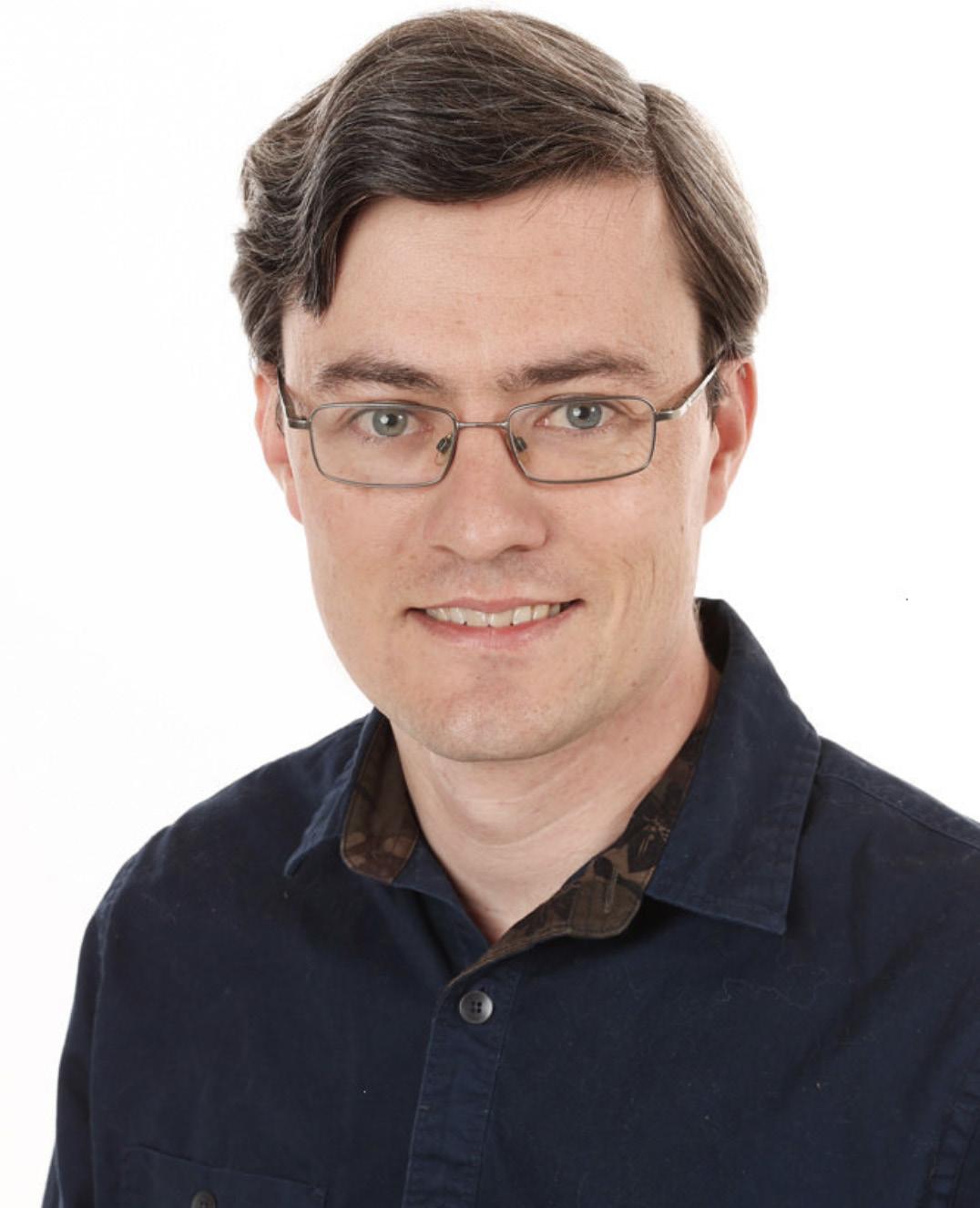
This year, DiRAC Leadership members Eric Bellm and Ian Sullivan and the Rubin Prompt Processing team have begun commissioning the LSST Alert Production pipeline using on-sky data from ComCam.
Once in production in 2025 with the record-setting LSST camera, Alert Production will identify transients, variables, and moving objects in each 3.2 Gigapixel image and stream them to the scientific community minutes after the exposure is taken.
The team is hard at work testing and improving the pipelines and eagerly anticipates the start of routine alert distribution next year.
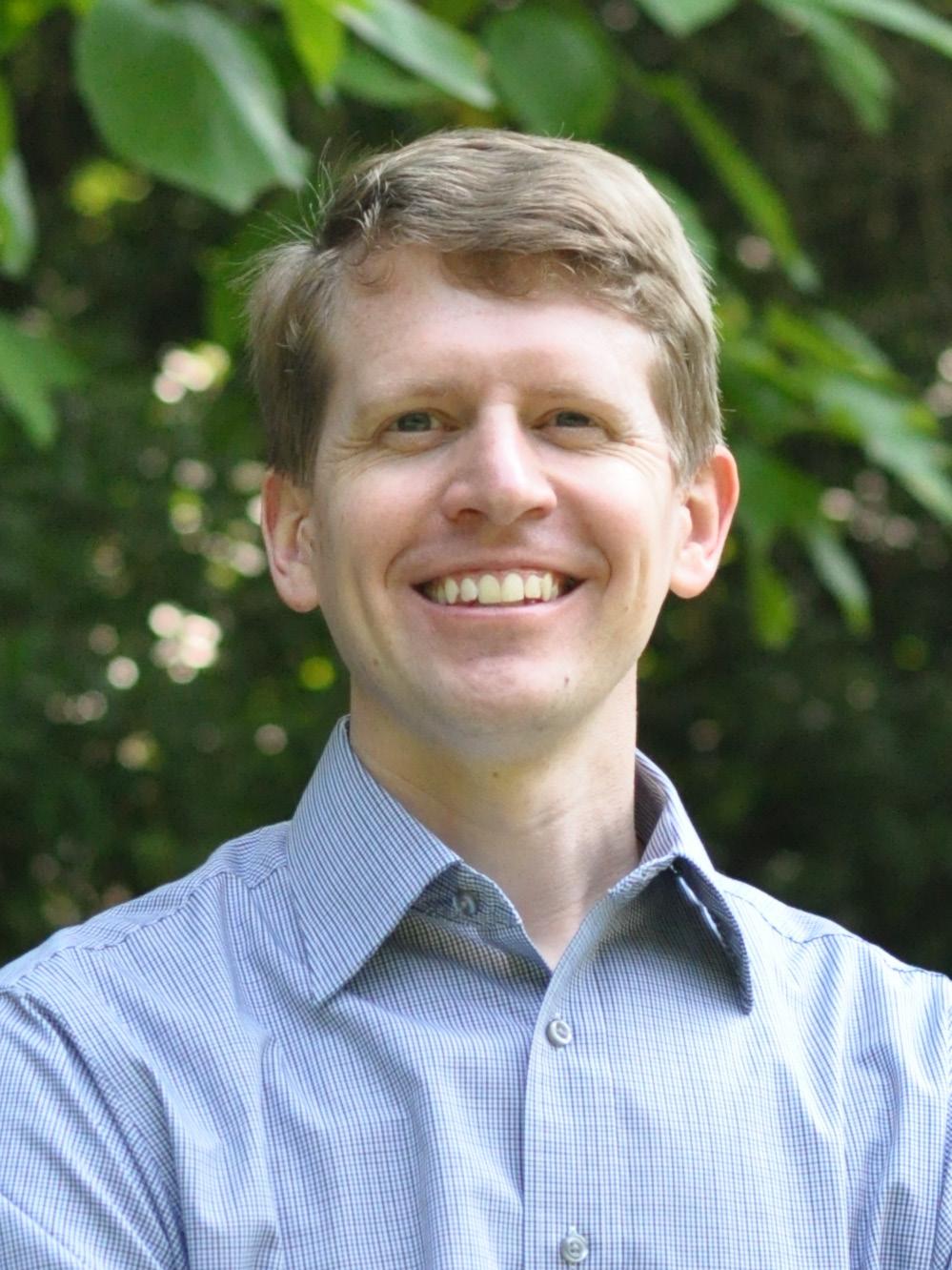
The Vera C. Rubin Observatory will generate unprecedented amounts of data, including ~100 PB of imaging and catalog data and ~30 trillion observed sources, presenting a significant challenge for large-scale and end-user scientific analysis.
LINCC Frameworks is a collaboration between the University of Washington, Carnegie Mellon University and the LSST Discovery alliance to create astronomy software to enable discoveries with the data of that scale.
As part of the effort, we are addressing the challenges of working on large catalog datasets by developing the HATS (Hierarchical Adaptive Tiling Scheme) format and the complementary analysis package LSDB (Large Scale Database). HATS partitions data adaptively using a hierarchical tiling system to balance the file sizes, enabling efficient parallel analysis. LSDB complements HATS by providing a scalable, user-friendly interface for large catalog analysis, integrating spatial queries, crossmatching, and time-series tools while enabling users easy access to parallelization.
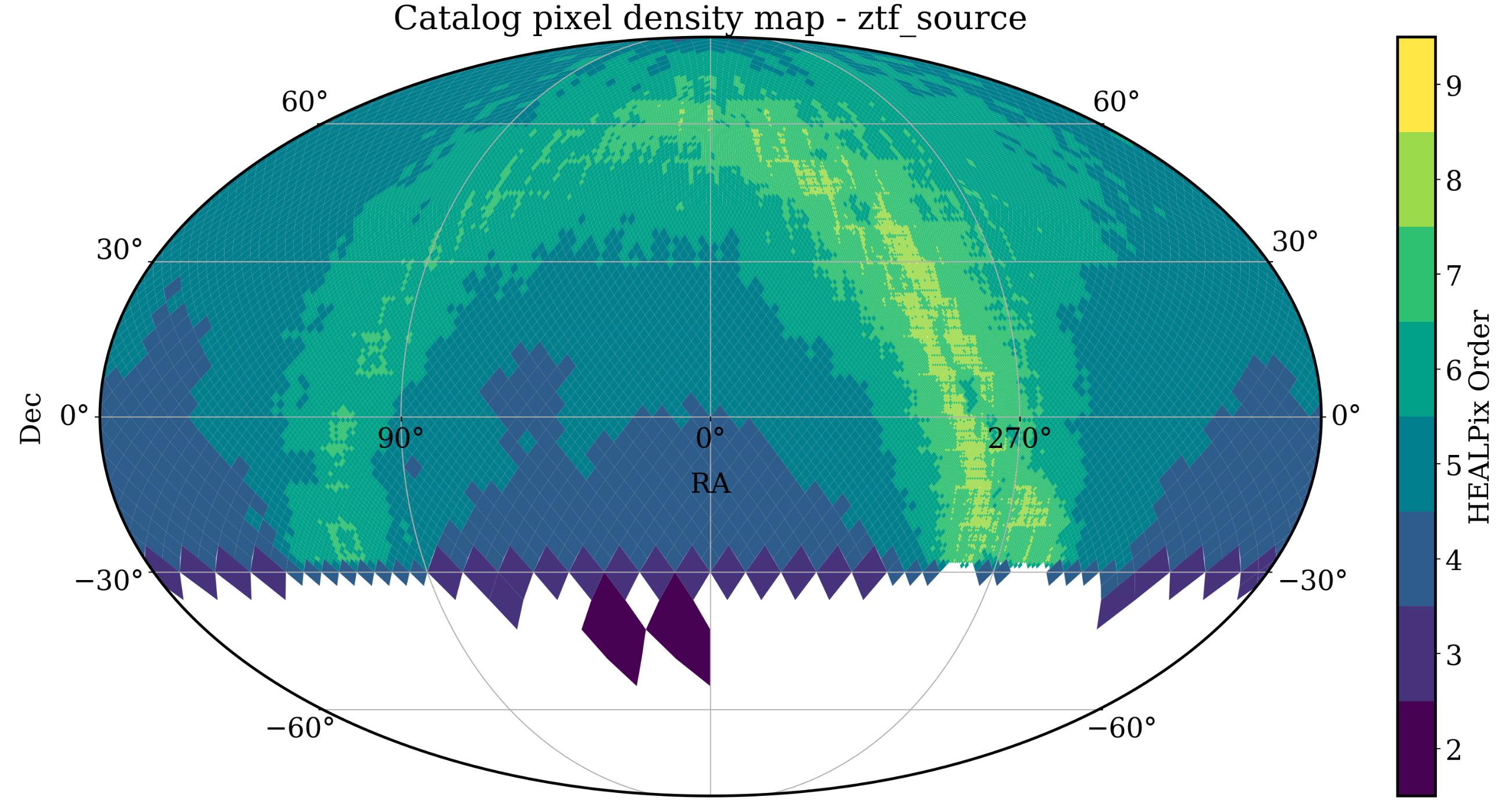
HATS partitioning of the Zwicky Transient Factory data. In regions with more objects, such as galaxy plane, we partition the data more finely to get pixels of the same size across the whole sky. This enables efficient parallelization and all-sky analysis.
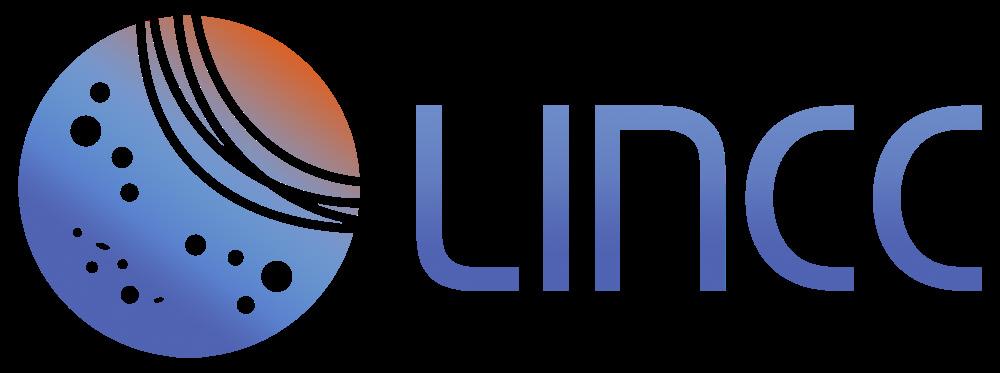
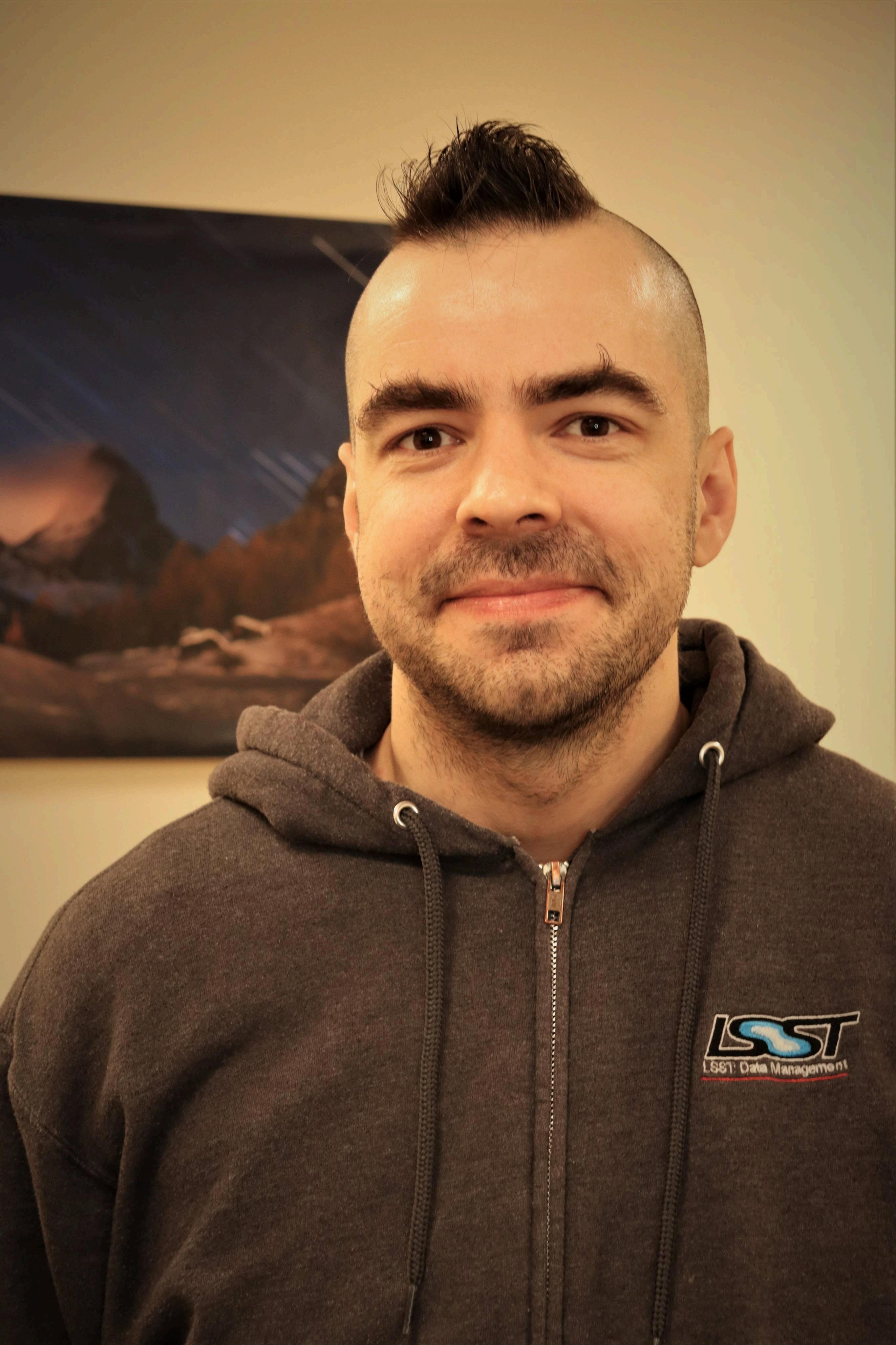
Neven Caplar Research Scientist/Engineer University of Washington, DiRAC, LINCC Frameworks
We have successfully demonstrated the use of these tools with datasets most similar to upcoming Rubin data, such as Zwicky Transient Factory and Pan-STARRS data releases, on both cluster and cloud environments.
For instance, we analyzed billion light curves from Zwicky Transient Factory (ZTF) Data Release 14 in just two hours using seven Pittsburgh-located Bridges2 Supercomputer Cluster nodes. We are deeply involved in several ongoing collaborations to ensure alignment with community needs, such as NASA (National Aeronautics and Space Administration), ESA (European Space Agency), and CDS (Strasbourg Astronomical Data Center).
We are working with the International Virtual Observatory Alliance to achieve the standardization of the HATS format. We are furthermore dedicated to supporting other upcoming large surveys like Euclid and Roman with our partners. We provide our code and materials at lsdb.io.
In June of this year, several members of the DiRAC Solar System group went to Taipei, Taiwan for the TNO-2024 conference, the latest iteration of the largest conference series focused on the study of trans-Neptunian objects (TNOs), which has been active since 2001.
This meeting usually happens every three years, but the last one had to be cancelled due to the pandemic, so this was the first event since the 2018 meeting in Coimbra, Portugal. DiRAC members presented on a bunch of different topics related to Rubin, the Dark Energy Survey, and kbmod, a LINCC frameworks project. Towards the end of the meeting, DiRAC fellow Pedro Bernardinelli, together with Meg Schwamb, from Queen's University Belfast, a longtime collaborator of the group, announced that DiRAC will host the TNO-2027 meeting, scheduled to happen Summer 2027.
This future meeting will happen 2 years after the start of the Rubin survey, and is meant to celebrate the success of the project and highlight the enormous impact Rubin will have on the field.
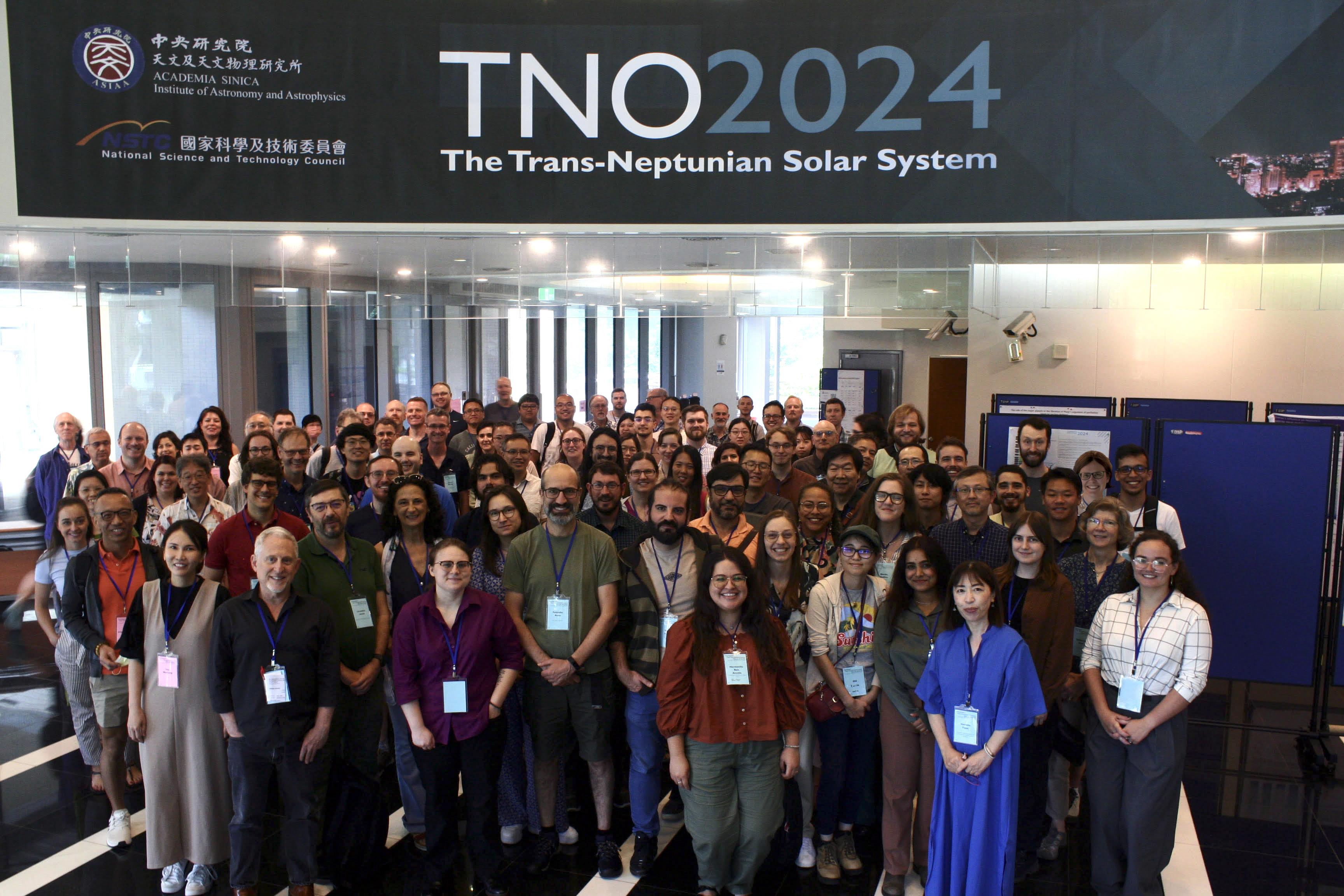
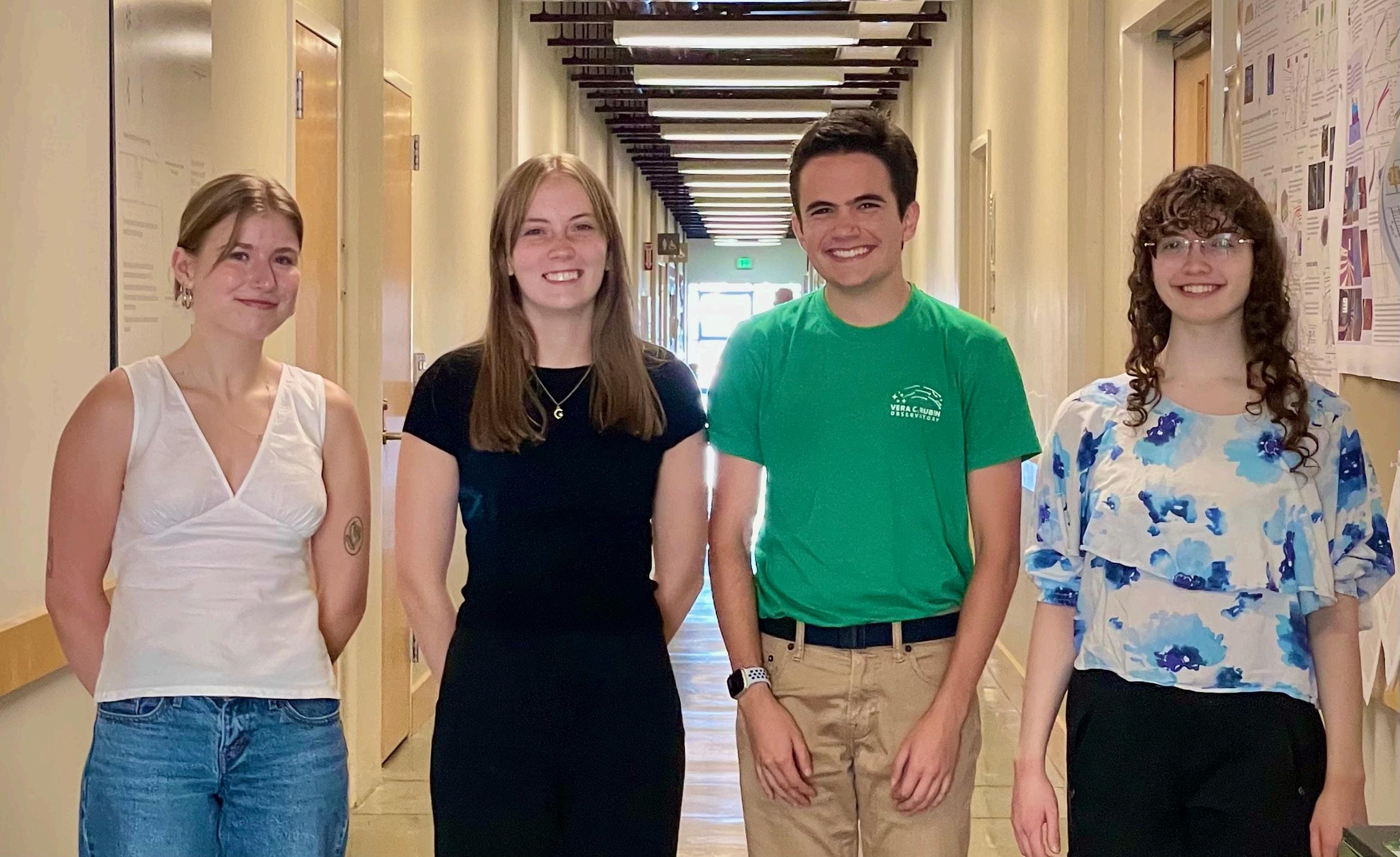
At the end of August, we were treated to wrap-up presentations by the four Summer Research Prize recipients. Now in its third year, the Summer Research Prize is awarded to support new and ongoing undergraduate research projects, and help students work closely with their mentors at the University of Washington. This prize is made possible through the generous support of our community, faculty, and friends, and has been featured in the UW College of Arts and Sciences’ Newsletter.
Our 2024 prize winners included:
Sophia Watts (Advisors Yakov Faerman, Matt McQuinn) Investigating intergalactic filaments and sheets
Maggie Vickers (Advisor: Bruce Balick)
Examining Density Tracers in Low-Ionization structures in Planetary Nebula
Giovanni Gollotti (Advisors: Andy Tzanidakis, Tobin Wainer)
A New Candidate Triplet Binary System in the Beta-Pic Moving Group: HIP 23309
Felix Knowlton (Advisors: Jake Kurlander, Mario Jurić)
High-Fidelity HelioLinC Stress-Testing for LSST Preparedness
I find it especially exciting how these projects span almost the entire range of astronomy and astrophysics work happening at UW, from simulations of baby galaxies from Sophia, to the remnants dying stars from Maggie – from current mysteries of an unusual binary star system from Giovanni, to developing the code to rapidly find the most unusual asteroids in future surveys from Felix. UW Astronomy and DiRAC are host to a wide range of discovery and innovation, and each year the Summer Research Prize shows just a tiny piece of this great work.
Thank you to the generous community that enables truly stellar student research at the University of Washington, especially our principal donor again this year, DiRAC Advisory Board member David Brooks. You are helping the next generation of scholars to build the most advanced datasets, algorithms, and tools to explore and understand the universe!
I invite you all to join us again next year for more student-driven discovery!
James Davenport Associate Director of DiRAC
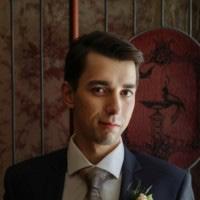
Dmitrii Vavilov joined our team as a postdoctoral fellow this November, following two years as a Marie Curie postdoctoral fellow at the Paris Observatory.
Dmitrii specializes in asteroid probabilistic close approach analyses and improving impact probability assessments of asteroids with the Earth.
While at the Paris Observatory, Dmitrii created a monitoring system for impact probability computation, similar to NASA JPL’s Sentry system. The algorithm utilizes fast and robust modeling of an asteroid's uncertainty region to estimate its collision probability with the Earth. In order to determine reliable asteroid orbits and collision probabilities, accurate on-sky positional measurements acquired over a long time span are important. An added advantage of the algorithm employed in the system developed by Dmitrii is the ability to assist in “precovery” searches for asteroids in archived telescope images or old photographic plates. This can lengthen the baseline of observations used to compute an asteroid’s impact probability, providing more accurate results.
Dmitrii’s work at DiRAC will continue to benefit planetary defense efforts through a NSF grant, which is partially funded by a generous gift from Charles Simonyi, and held by DiRAC Affiliate Professor, Sarah Greenstreet. Their work will combine data science with solar system dynamics to better characterize the distribution and evolution of orbits, thermal processing, and physical properties of the more than one hundred thousand near-Earth objects that the Vera C. Rubin Observatory’s Legacy Survey of Space and Time is expected to detect. The project will also help uncover where potentially hazardous asteroids reside that are currently difficult to track.
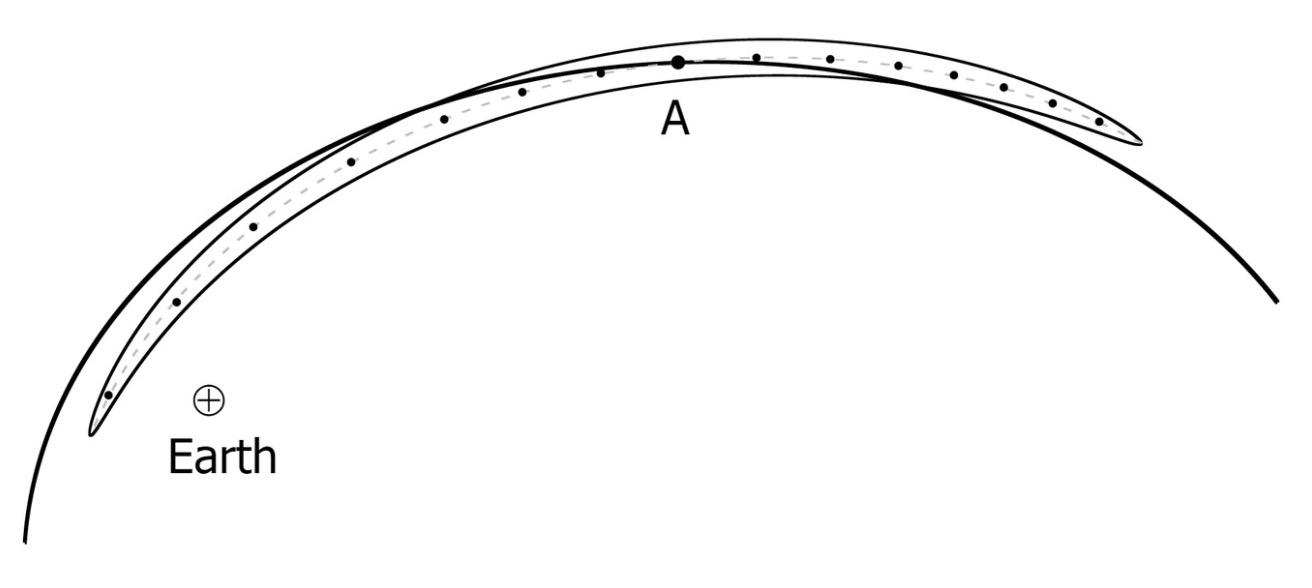
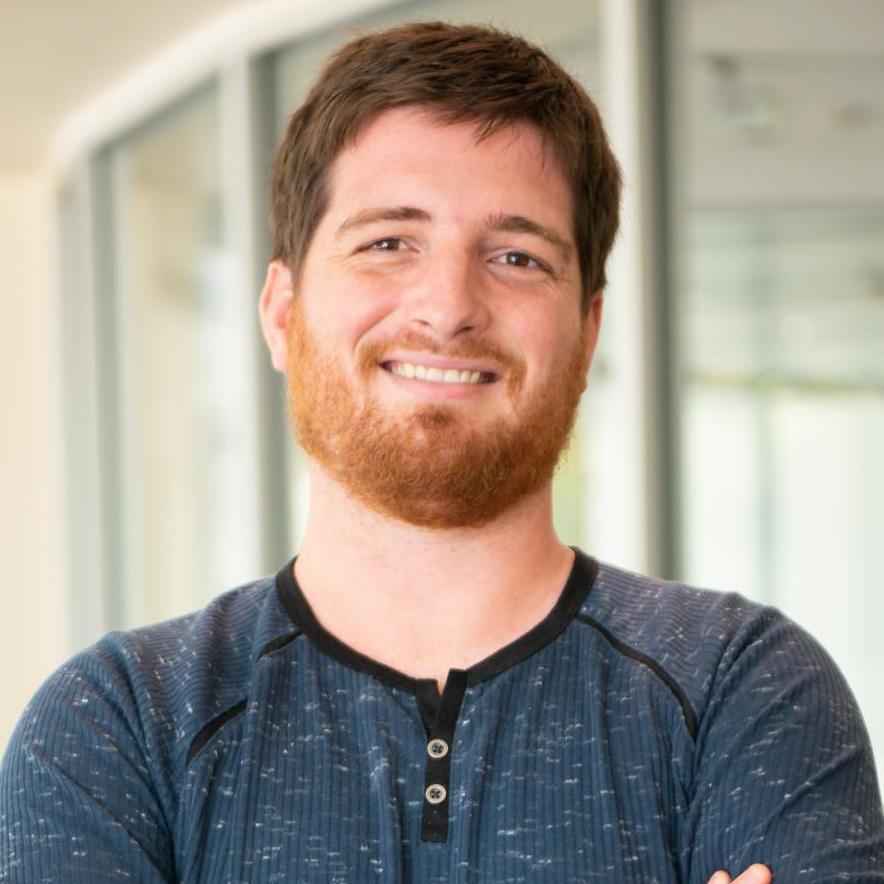
At the University of Washington Peter Ferguson is a DiRAC postdoctoral fellow as well as a fellow in the eScience institute. Previously, he was a postdoc at the University of Wisconsin-Madison, where he was part of the observational cosmology group, and he completed his PhD at Texas A&M University.
Peter Ferguson is interested in learning about the nature of dark matter and galaxy formation using wide-field astronomical surveys such as the Legacy Survey of Space and Time (LSST) at the Vera C. Rubin Observatory.
In particular, he works on finding and characterizing stellar streams and dwarf galaxies in the local universe and enabling this science by making infrastructure level contributions to cosmological surveys. These contributions range from instrumentation and calibration to science validation and software development.
Most of Peter's work is done in science collaborations that include:
Vera C. Rubin Observatory (LSST)
Dark Energy Science Collaboration (DESC)
DECam Local Volume Exploration Survey (DELVE)
Peter is also deeply interested in helping others succeed and transforming academia into a more inclusive and supportive environment for all.
Nora Shipp joined the University of Washington this September as an Assistant Professor in the Department of Astronomy and a member of the DiRAC Institute Leadership Team. Before coming to UW, Prof. Shipp completed her PhD at the University of Chicago in 2021 and postdocs at MIT and Carnegie Mellon University.
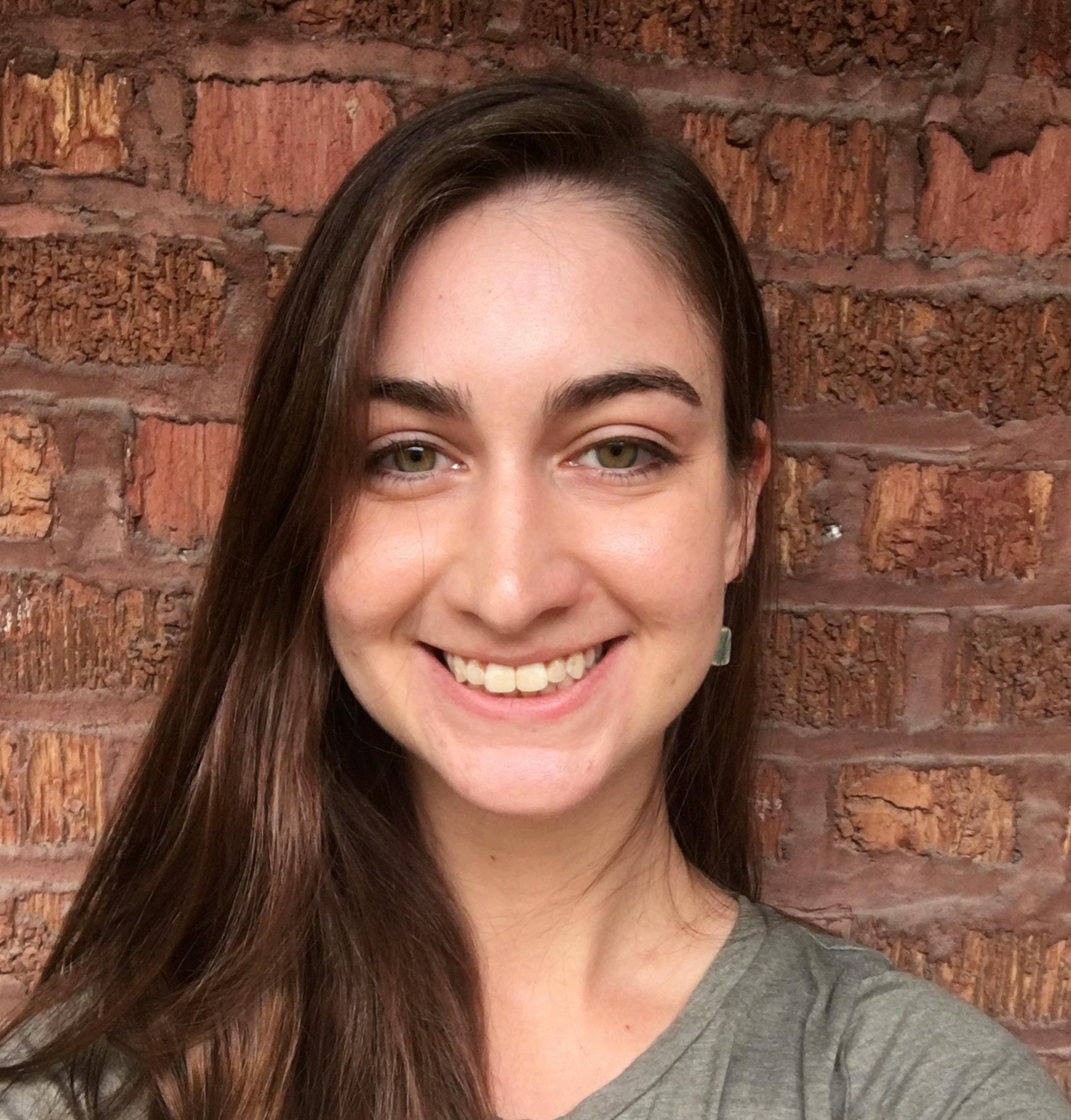
Prof. Shipp’s research program focuses on understanding dark matter and galaxy evolution via observations and simulations of the Milky Way. She is particularly interested in stellar streams, the remnants of satellite galaxies and star clusters that are torn apart as they orbit our Galaxy. She has discovered and characterized a large number of Milky Way stellar streams in large survey datasets and has simulated these systems to measure how dark matter is distributed throughout our Galaxy. More recently, Prof. Shipp has studied populations of disrupting satellite galaxies around Milky Way-mass galaxies in large cosmological simulations and questioned how well our standard cold dark matter cosmological model can explain observations of the Milky Way’s population of stellar streams.
Looking forward, Prof. Shipp is preparing for the incredible data that will be provided by the Rubin Observatory Legacy Survey of Space and Time (LSST). She is one of the leaders of the LSST Dark Energy Science Collaboration’s Dark Matter Working Group (along with DiRAC Postdoctoral Fellow Peter Ferguson). In this role, she is coordinating efforts to use LSST data to uncover the nature of dark matter with a wide range of astrophysical probes. Her group at UW is working in particular to prepare to use the LSST data to discover stellar streams to the edges of the Milky Way and to measure how dark matter behaves across Galactic scales, in order to uncover the nature of this mysterious component of our Universe.
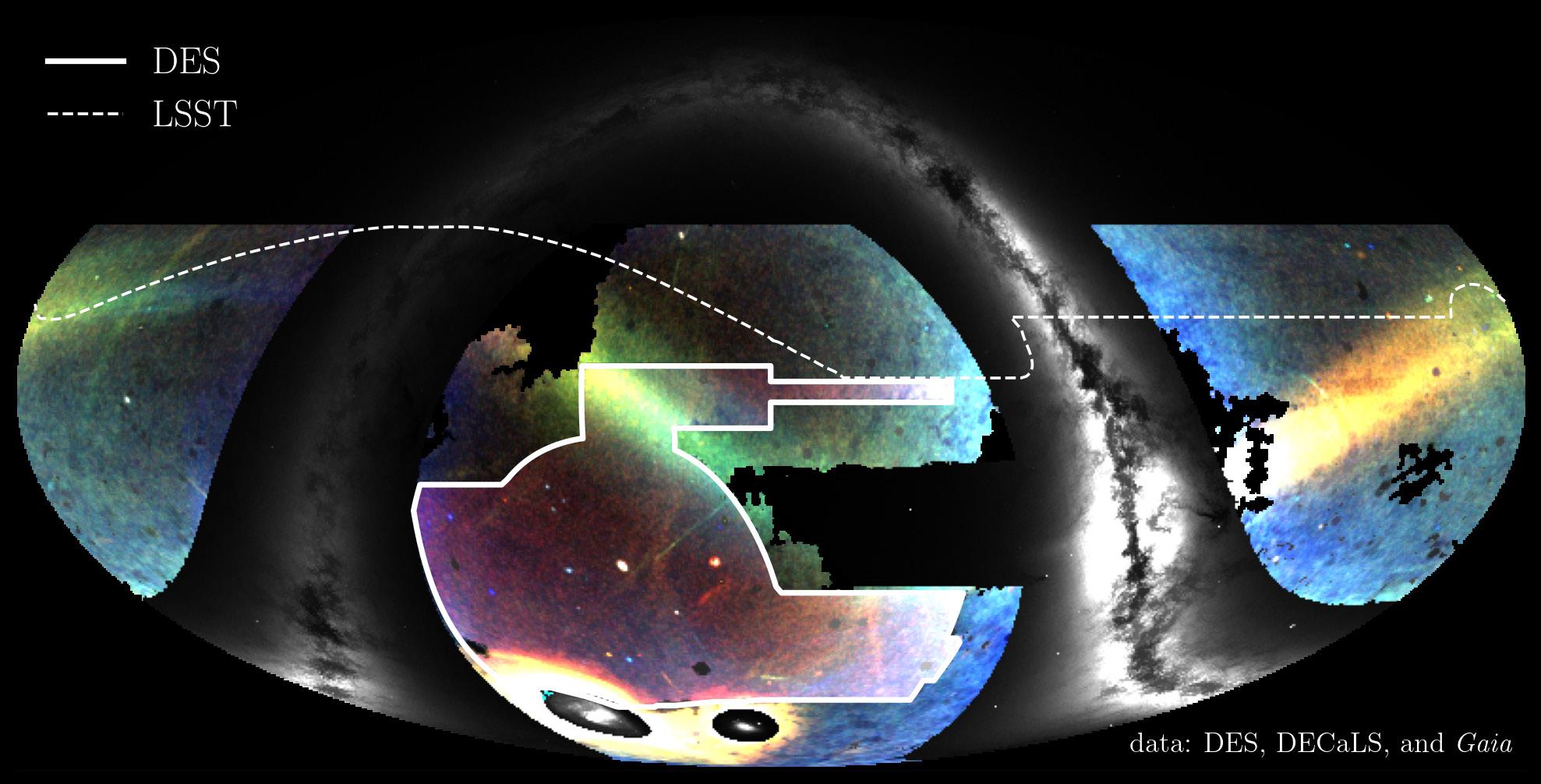
Figure caption: A visualization of the “field of streams” around the Milky Way as seen by precursor surveys to LSST, created by Peter Ferguson and Nora Shipp. The thin lines criss-crossing the sky are the Milky Way stellar streams. LSST will reveal many more of these systems to larger distances and across more of the sky than ever before.

Citizen Scientists Uncover Hidden Secrets of the Solar System: “Active Asteroids” Project Reveals Dozens of Rare Celestial Bodies
Algorithms pioneered at DiRAC help Asteroid Institute and Google
Identify 27,500 New Asteroids
UW-led Team Uses Supernova 1987A to Search for Synchronized Alien Signals
Deep Drilling in the Time Domain With DECam
How Millions of Galaxies Helped Settle a Cosmic Debate
UW Be Boundless: Decoding the Universe

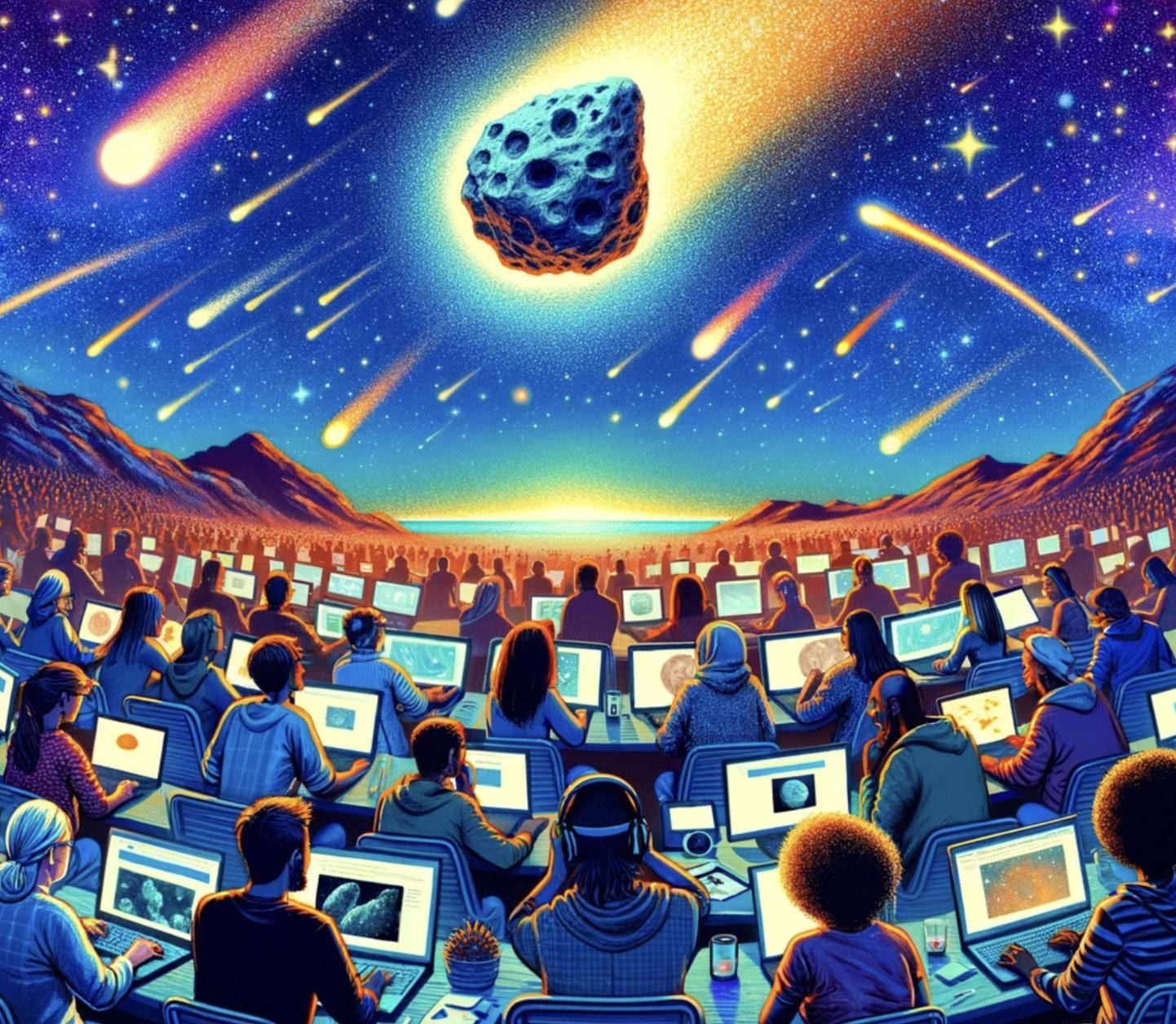
In a groundbreaking collaboration between scientists and the global community, the “Active Asteroids” Citizen Science project has unveiled a trove of discoveries, shedding light on a poorly understood population of objectspreviously unknown “active minor planets” in our solar system.
Launched on August 31, 2021, through a NASA Partner program hosted on the Zooniverse online platform, the Active Asteroids initiative calls upon volunteers from around the world to assist in the search for active asteroids — a category of rare and elusive small solar system objects characterized by comet-like tails or comae. Studying these objects is crucial for scientists to understand fundamental questions about the formation and evolution of the solar system, including the origins of water here on Earth. Additionally, active asteroids may be valuable for future space exploration because the same ices that are responsible for comet-like tails can also be used for critical resources, such as rocket fuel and breathable air.
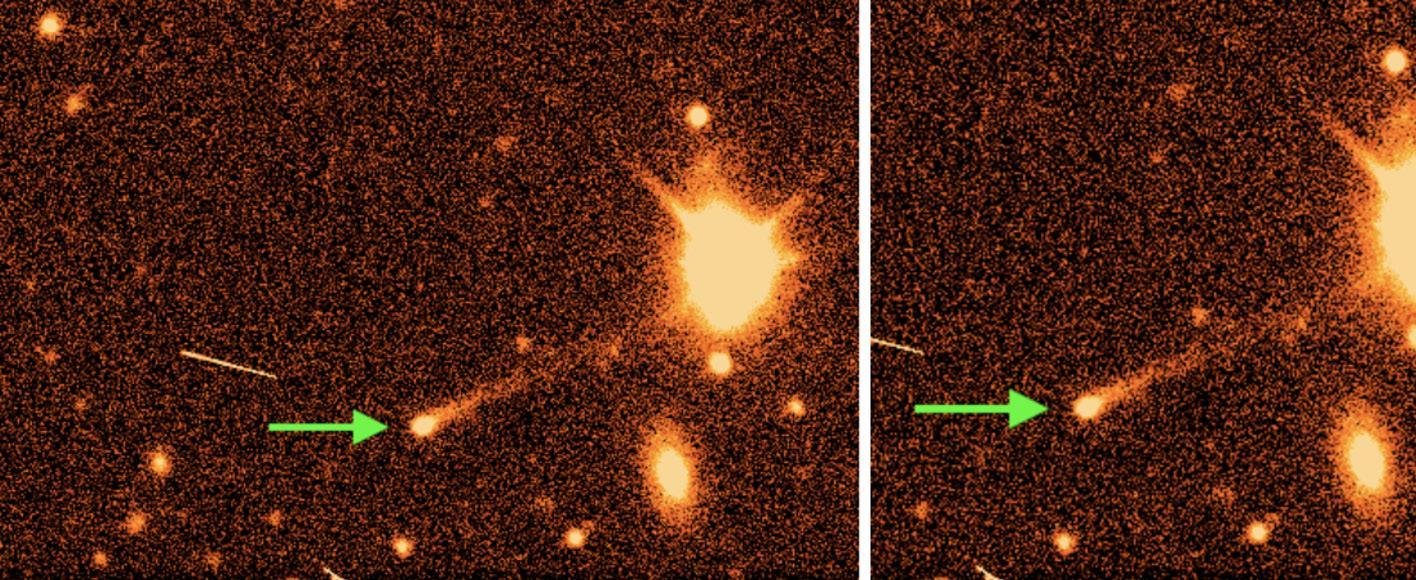
2015 VA108:
Volunteers from the NASA Partner “Active Asteroids” Citizen Science project identified a comet tail coming from asteroid 2015 VA108. The prominent tail is pointed roughly towards the 4 o’clock position in this image originally captured with the Dark Energy Camera in October 2015. The object orbits entirely within the main asteroid belt (located between Mars and Jupiter) so the object is classified as an active asteroid and a rare “Main-belt comet” candidate.
Asteroids can also appear active due to impacts from other asteroids or by spinning so fast that material is actually ejected off into space. Identifying these types of events also helps scientists learn more about how often such events occur and how asteroids behave when experiencing them, which can help inform the design of future asteroid deflection missions like NASA’s recent DART mission to the Didymos asteroid system.
The project, which is ongoing, utilizing publicly available data from the Dark Energy Camera (DECam) on the Victor M. Blanco telescope in Chile, involved the examination of over 430,000 images of known asteroids by 8,300 volunteers. The results, detailed in a recent paper, showcase the power of community engagement in advancing scientific knowledge.
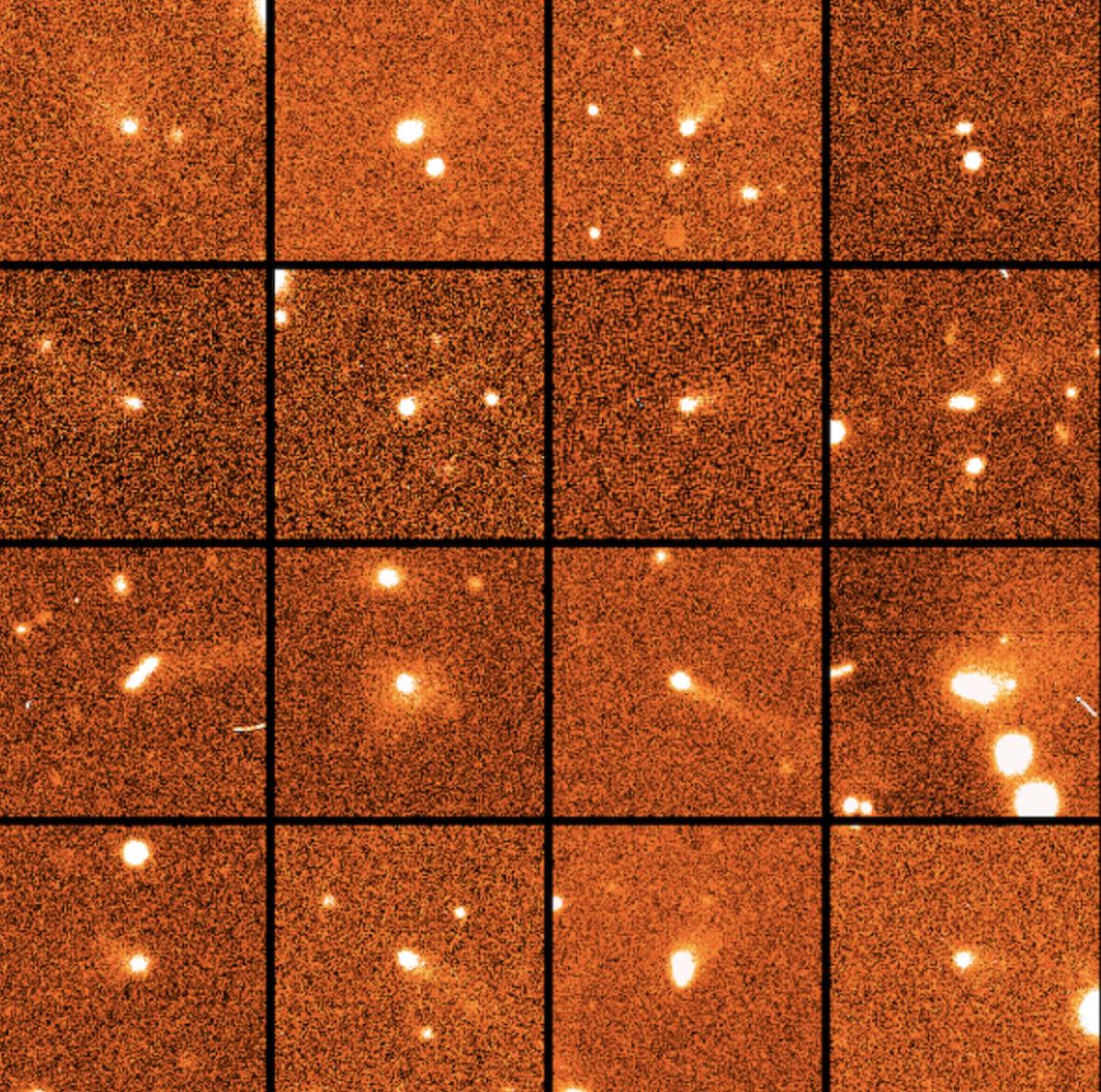
The recent survey conducted by volunteers has led to some groundbreaking findings. A total of 15 new active objects were identified, marking a significant challenge to the conventional wisdom regarding the elusive nature of asteroids. However, the discoveries did not stop there; they extended beyond active asteroids to include a diverse array of celestial phenomena. This includes the identification of one active Centaur, four active quasi-Hilda asteroids, and seven Jupiter-family comets (JFCs). Additionally, the project unearthed unexpected scientific insights, such as the discovery of historical activity on certain objects that was previously unknown. Dynamical analyses conducted during the project also prompted the reclassification of some objects, thereby adding an unforeseen layer of scientific depth to the findings.
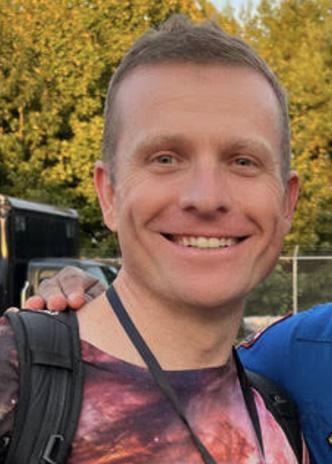
Project founder Dr. Colin Orion Chandler, a LINCC Frameworks project scientist at the University of Washington and DiRAC Institute, expressed gratitude for the enthusiastic response from Citizen Scientists. “The collective effort of our volunteers has expanded our understanding of the solar system. The discoveries made by this diverse group of individuals highlight the importance of engaging the public in scientific endeavors.”
Notably, the paper includes nine Citizen Scientists among the co-authors, signifying their critical role in the project’s success. When asked about the motivation behind their project involvement, one Citizen Scientist author, José Campos of Setubal, Portugal, said “I like the Active Asteroid project because it is very dynamic and there is always a good chance to contribute with a discovery.”
The “Active Asteroids” project not only furthers our knowledge of celestial bodies but also demonstrates the potential of Citizen Science in advancing cutting-edge research. The success of this initiative reaffirms the importance of collaborative efforts in exploring the mysteries of the cosmos.
About the Active Asteroids Project:
The Citizen Science program, Active Asteroids, is a collaborative effort between scientists and the global community, hosted on the Zooniverse online platform. Launched in partnership with NASA, the project engages volunteers in the search for rare asteroids with comet tails, uncovering previously unknown celestial phenomena.
For more information, visit https://www.activeasteroids.net.
The Solar System group at the DiRAC Institute at the University of Washington has dedicated efforts to advancing asteroid and comet discovery algorithms for large datasets and next generation surveys. Our enduring partnership with the Asteroid Institute has yielded significant progress, resulting in the development of a novel algorithm known as Tracklet-less Heliocentric Orbit Recovery (THOR). This innovative algorithm has been built into the Asteroid Institute’s Asteroid Discovery Analysis and Mapping (ADAM) platform, running on Google Cloud.
Asteroid Institute, a program of B612 Foundation, and Google today announced the most significant results of this partnership to date: identifying 27,500 new, high-confidence asteroid discovery candidates.
Congratulations to the entire team!
Featured in New York Times
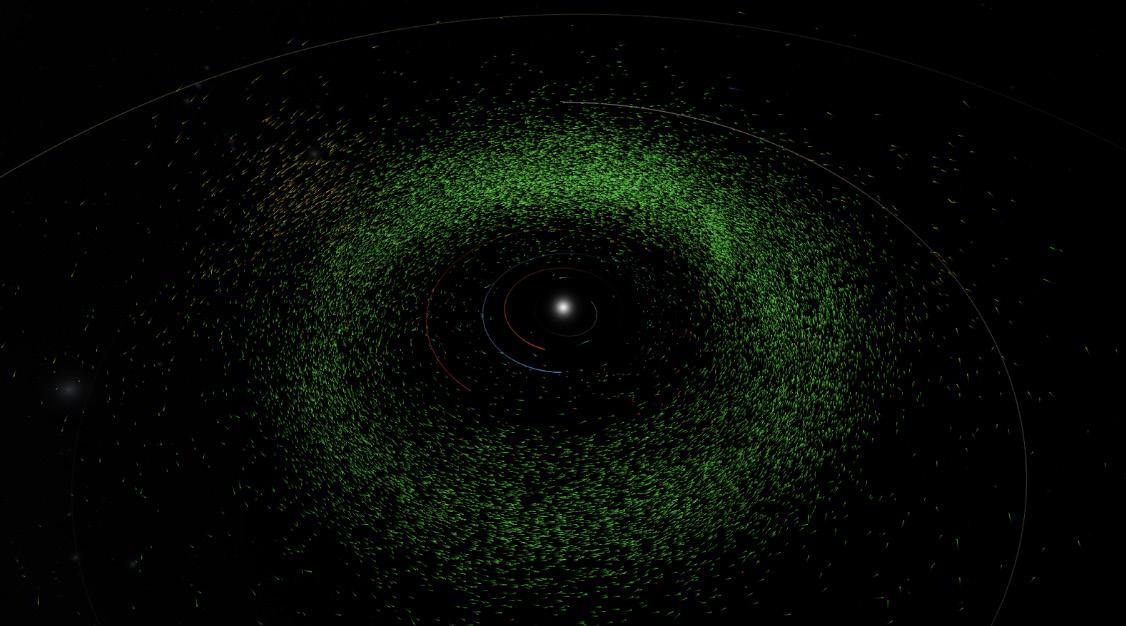
Credit: B612 Asteroid Institute / University of Washington DiRAC Institute / OpenSpace Project
Discoveries visualized in the inner Solar System. Main belt asteroid discoveries, shown in green, reside between the orbits of Mars (red) and Jupiter (brownish-gray). The Jupiter Trojans, shown in orange, lead and follow Jupiter at 2 and 10 o’clock. In light blue are Near Earth Objects (NEOs) discoveries.
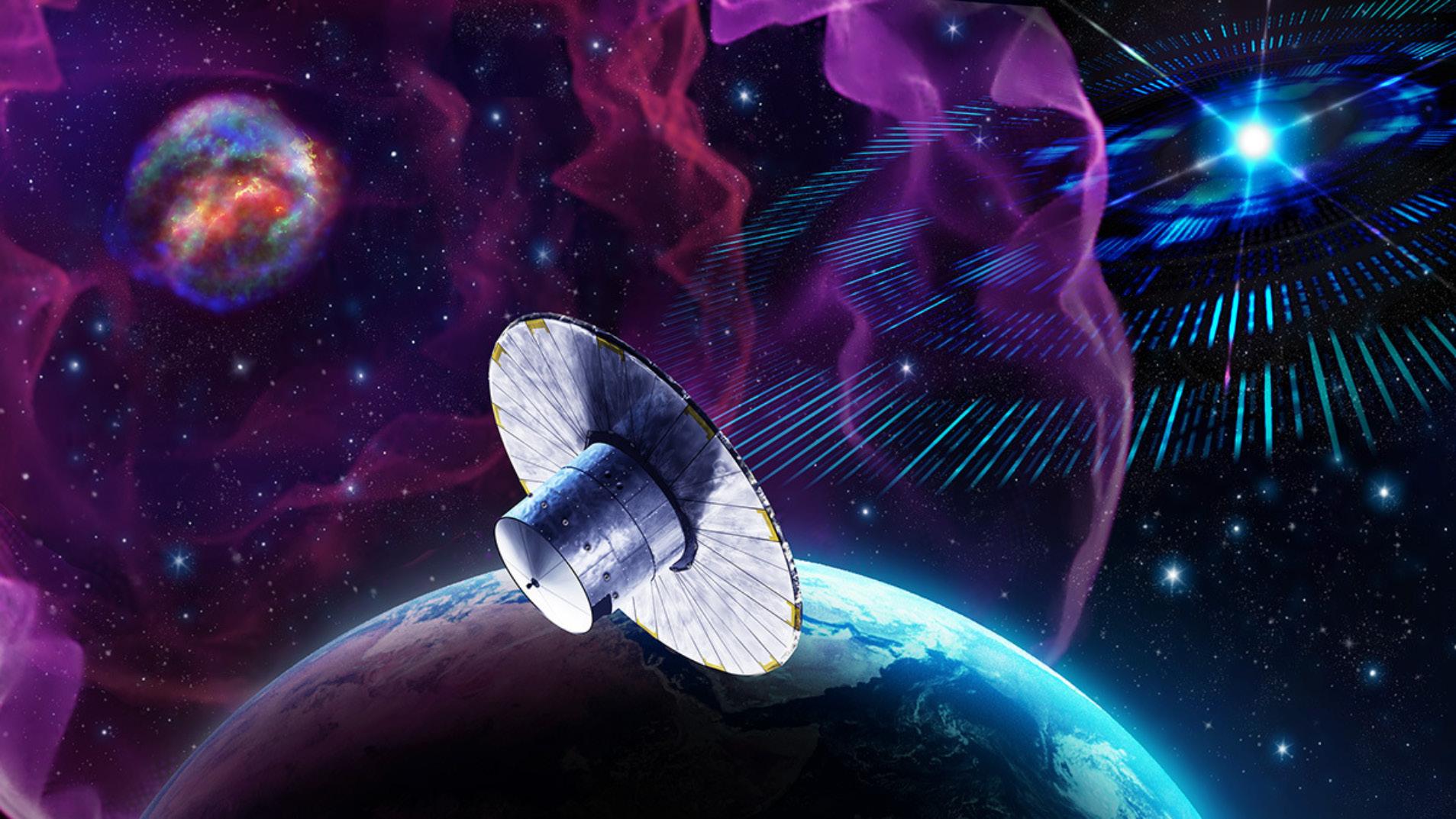
Image credit: Danielle Futselaar and Breakthrough Listen
Based on Space.com article by Keith Cooper, from February 14, 2024 https://www.space.com/seti-alien-signals-supernova-1987a-ellipsoid
If aliens are synchronizing their signals with light coming from supernova 1987A, then the search for extraterrestrial intelligence (SETI) is on the case. Scientists with the institution say they may be able to find such signals by looking for them on what's called the "SETI Ellipsoid."
About 167,600 years ago, a blue supergiant star exploded as a supernova in the Large Magellanic Cloud, which is a small, satellite galaxy that neighbors our own Milky Way. Light emanating from that supernova raced through space at 299,792,458 meters per second (186,282 miles per second).
Then, on 24 February 1987, it reached Earth.
The supernova became known as SN 1987A, and its light did not stop at Earth. It kept going, deeper and deeper into our galaxy where other alien life might catch a glimpse. This is where the concept of the SETI Ellipsoid comes from. It's defined as an elliptically shaped volume, with Earth at one foci and SN 1987A at the other; its perimeter

indicates locations where there has been enough time for the supernova's light to reach a star, and for any technological life on a planet orbiting that star to send out a signal that would reach us now.
The idea is that we can use the SETI ellipsoid as what's known as a Schelling point, a concept associated with game theory. It describes a kind of focal point around which two protagonists — in this case, transmitting aliens and human astronomers watching or listening for their signals — can coordinate their activities without first communicating their intentions. If that sounds complicated, consider that SETI has been using Schelling points ever since Frank Drake's Project Ozma, the first-ever SETI search that occurred in April and May 1960. Drake had searched for radio signals at the iconic 21 centimeter hydrogen wavelength because he figured aliens would realize our astronomers routinely look at that wavelength. Transmitting on such a commonly used wavelength, he reasoned, would increase the chance of a signal's detection.
"As Dr. Jill Tarter often points out, SETI searches are like looking for a needle in a 9-D haystack," said Sofia Sheikh of the SETI Institute and the University of California, Berkeley in a statement. "Any technique that can help us prioritize where to look, such as the SETI Ellipsoid, could potentially give us a shortcut to the most promising parts of the haystack."
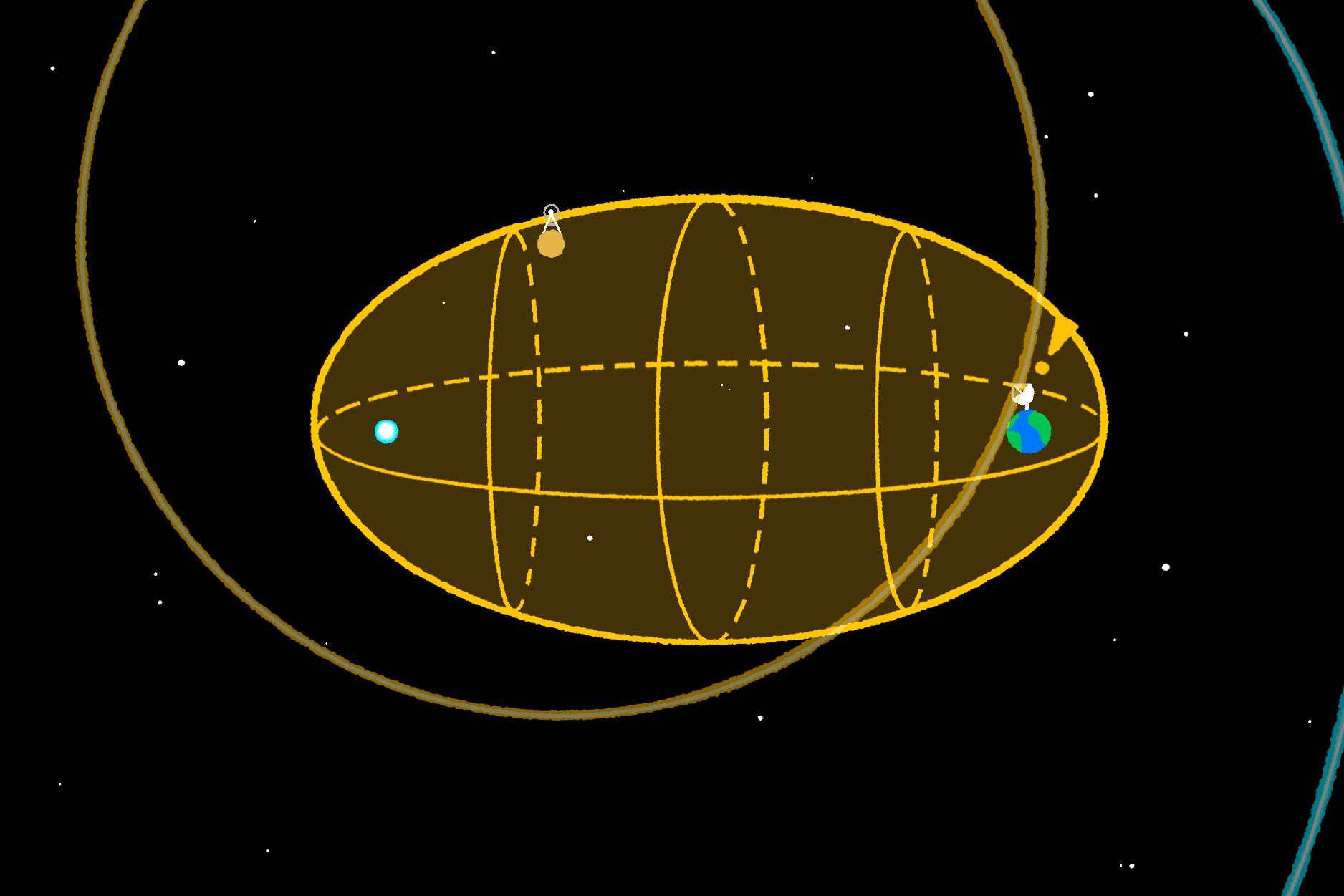

The hope is that technological aliens who have seen SN 1987A would synchronize their
signals with it, knowing that we would be looking for it on the SETI Ellipsoid. However, the problem has been that, until very recently, it has been impossible to search the ellipsoid with a reasonable degree of accuracy.

Only in the past ten years, with the advent of the European Space Agency's Gaia mission, meant to measure the positions and characteristics of a billion stars, have astronomers started gleaning distances to stars with the required accuracy to search SN 1987A's SETI ellipsoid. So, a team led by James Davenport of the University of Washington in Seattle combined the Gaia data with stars on the SETI Ellipsoid that are in the Continuous Viewing Zone of NASA's Transiting Exoplanet Survey Satellite (TESS).
TESS spends a year looking at each celestial hemisphere, and divides those hemispheres up into sectors. TESS gazes at each sector for 27 days, watching for exoplanetary transits, before moving on to the next sector. However, there's a region around each celestial pole that appears in every sector. This is the Continuous Viewing Zone — TESS gathers data from it for an entire year.
Davenport's team identified 32 stars in the Continuous Viewing Zone that are on the SETI Ellipsoid. Davenport's team studied the light of the 32 stars over the course of that year, looking for any anomalies that indicate a technological signature. These anomalies could include a brightening from a laser signal, an unorthodox transit from an artificial structure, or even an artificial outburst mimicking the light curve of SN 1987A. In 1994, Lemarchand suggested looking for a "fake pulsar" signal, as aliens might know that astronomers would be looking for a pulsar born in the fires of the supernova. (To date, no pulsar has been detected in SN 1987A.)
Suffice to say, Davenport's team found no anomalies and therefore no evidence of aliens was detected. However, the SETI Ellipsoid is always growing (at the speed of light, in fact) and it will move onto other stars in the future. Missions like the Vera C. Rubin Observatory in Chile could be a game changer for this work when it becomes operational in 2025.
"New surveys of the sky provide groundbreaking opportunities to search for technosignatures coordinated with supernovae," co-researcher Bárbara Cabrales of Smith College in the United States, said in the statement.
When the Vera C. Rubin Observatory begins operations in 2025, most of its Legacy Survey of Space and Time (LSST) will search over a wide area of the sky. But a fraction of the time will also be spent in "deep drilling" mode: staring at one small area for an hour, taking a series of 30-second images, rotating through the filters. This "drilling" mode is the best way to find objects that change brightness on 'short' timescales (less than an hour), but there's another benefit. All of the images for a "deep drilling field" (DDF) can be stacked together to find objects that are really faint - that's where the "deep" comes from.
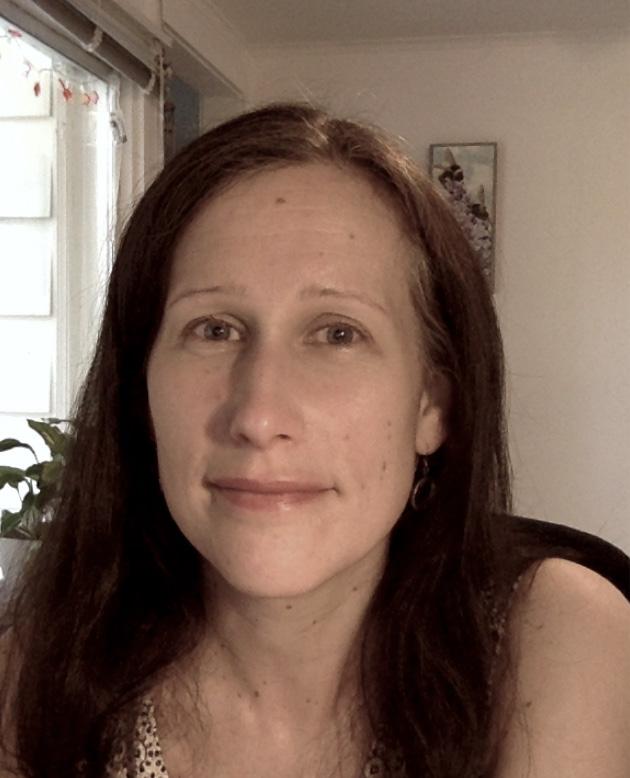
To prepare for Rubin's LSST, our team - including recently graduated UW student Midori Rollins - has been observing a DDF with the Dark Energy Camera (DECam). DECam is an astronomical camera with a field of view of 3 square degrees (15 full moons) on the 4 meter Blanco telescope at Cerro Tololo Inter-American Observatory (CTIO), which is on a mountain adjacent to the Rubin Observatory. The thousands of images for our DECam DDF program are processed by our team members at Lawrence Berkeley National Lab (LBNL), who create tables of objects and measurements of how their brightnesses change over time: their "light curve".
In the paper "Deep drilling with DECam in the time domain II: characterizing the light curves of candidates in the extragalactic fields", we analyze the light curves for 2,020 objects. We find lots of diversity in the light curves, and characterize how bright, how long, and how variable they are. We also find that our sample includes active galactic nuclei (AGN), variable stars, supernovae, and quite a few objects that we can't confidently categorize. Making the connection between the time-varying points of light we see in images and the astrophysical event that created that light remains one of the biggest challenges for time-domain astronomy, and will be especially so for a survey as unprecedentedly large as the LSST.
The next step for this project will be to continue our work, and try to improve our methods of categorization. Creating the deep stacks from all the data is not something we've done yet, so watch this space!
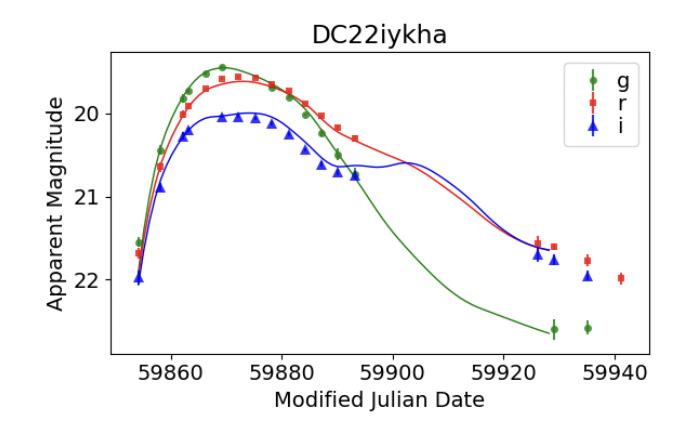
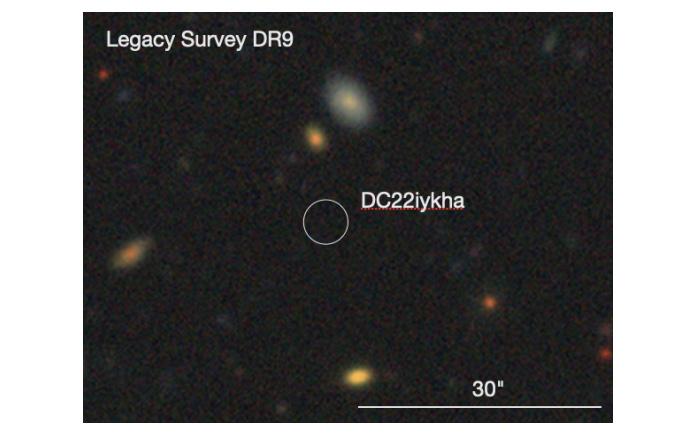
At left is the light curve of candidate "DC22iykha" from the DECam DDF: the brightness in magnitude units in the green, red, and infrared filters versus the Julian date in units of days (59860 is Oct 7 2022). The solid lines represent the light curve expected from a white dwarf star explosion. At right is a color image of the sky from before the star exploded which, surprisingly, shows no host galaxy at the location.
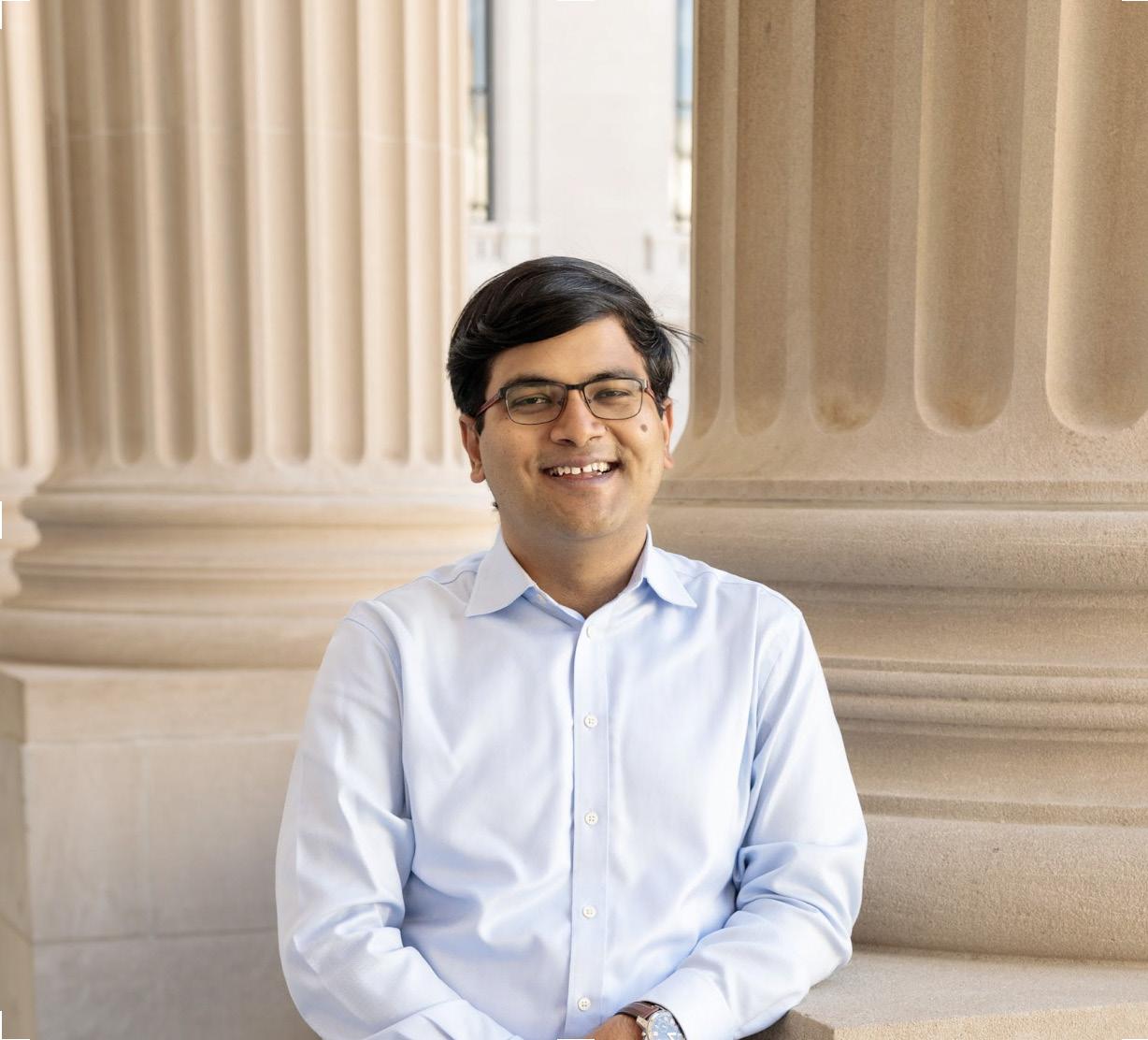
Aritra Ghosh is an LSST-DA Catalyst Postdoctoral Fellow and is currently hosting his fellowship at the DiRAC Institute. Aritra’s work focuses on leveraging large astronomical surveys and the latest advances in machine learning to derive new insights into the formation and evolution of galaxies, cosmology, and Active Galactic Nuclei.
One of the greatest promises of the Rubin Observatory’s Legacy Survey of Space and Time (LSST) is its ability to image billions of galaxies over its lifetime. This unprecedented extragalactic dataset, when combined with robust statistical methods and advanced data science tools, has the potential to revolutionize our understanding of how galaxies form and evolve.
This year, Aritra Ghosh from DiRAC led a groundbreaking study using data from the Hyper Suprime-Cam (HSC) Wide survey — a precursor to LSST — demonstrating how such novel insights can be achieved. Using a sample of 3 million galaxies, the study confirmed for the first time that galaxies in denser environments are up to 25% larger than similar galaxies in less dense regions of the universe.
This discovery was enabled by a novel machine-learning tool that precisely measured the shapes and sizes of millions of galaxies while carefully quantifying the uncertainty of these measurements. By using a sample that is three orders of magnitude larger than previous attempts, this study represents a significant step toward resolving decades of conflicting results about how galaxy sizes are influenced by their environment. Furthermore, the study provides new perspectives on how the structure of galaxies is connected to the frequency of interactions with their neighbors as well as the influence of dark matter halos — the mysterious, invisible structures that dominate the universe’s matter content and shape galaxy evolution. The above work was featured in space.com, phys.org, and other news outlets!
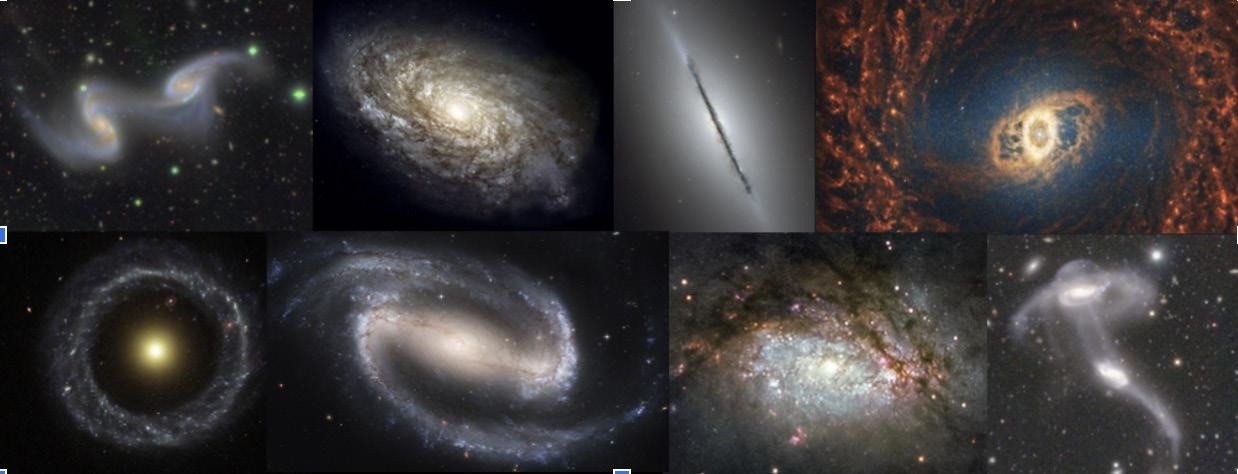
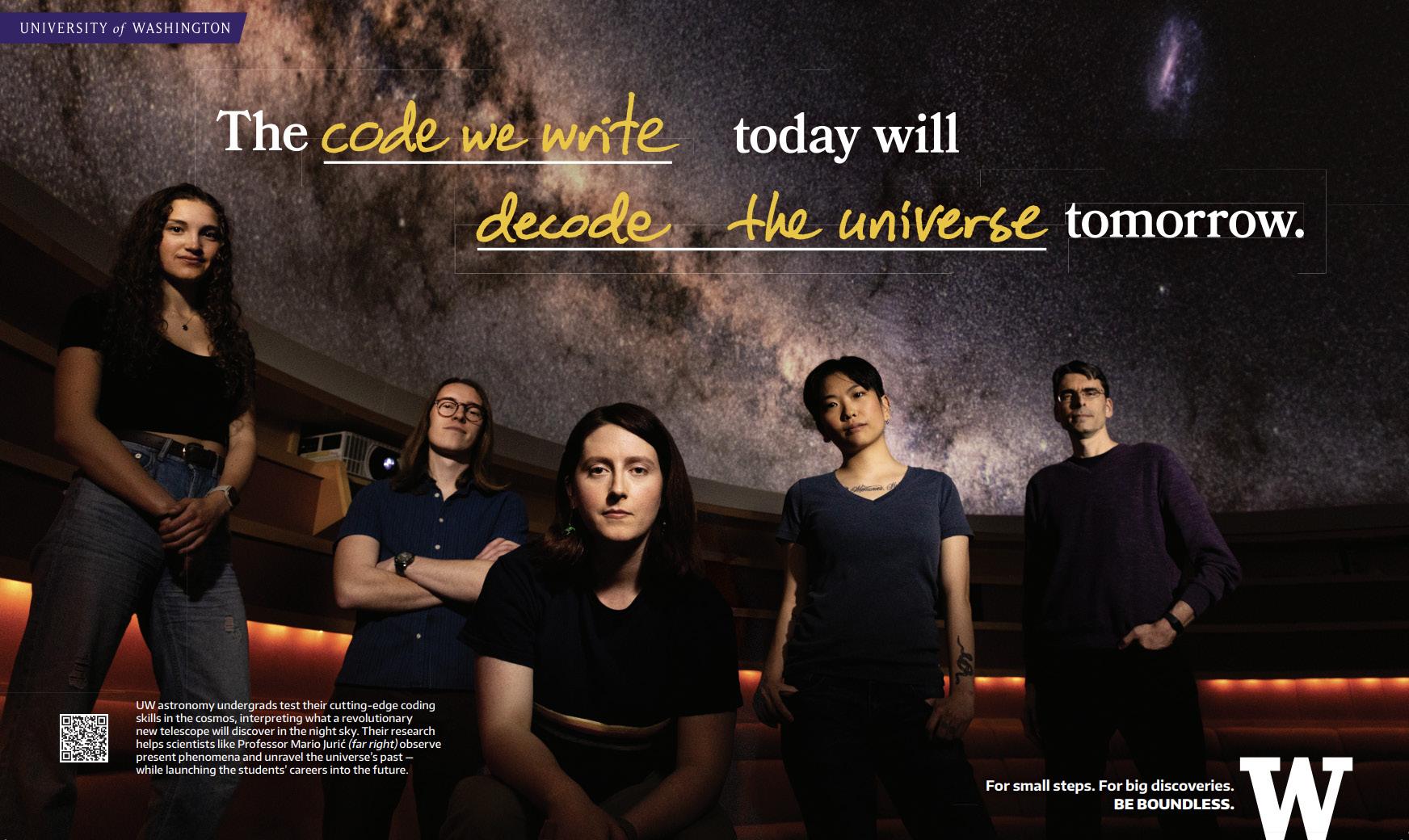
Danbi Kim is drawn to the vastness of space: its billions of galaxies and trillions of stars, countless planets and moons, and swirling clouds of cosmic dust and gas. Looking at the night sky puts everything on Earth into perspective for Kim, ’26, a University of Washington undergraduate studying astronomy and physics. “We’re tiny beings living on a tiny rock floating in space,” Kim says. “I think that’s why I started liking space.”But when Kim first began college, they avoided math and science classes, believing those subjects would be too difficult. A basic astronomy course changed their outlook. The class was hard work, but they loved it — and suddenly saw a whole new path.
“I just felt like I needed to do astronomy for the rest of my life,” says Kim, who was studying the visual arts at a different college at the time. Friends and family were skeptical when Kim shifted gears to study physics, eventually transferring to the UW to pursue an astronomy degree. Kim says, “I now know that I wasn’t bad at STEM — I just needed to find the right place.”
In addition to providing a supportive community and strong academic foundation, the UW is preparing astronomy undergraduates like Kim for careers in and beyond the field by offering the kinds of hands-on opportunities that in many places are reserved for graduate students and postdoctoral researchers. Kim found one such opportunity in a Python for Astronomy class taught by Professor Mario Jurić, who also leads the UW’s Institute for Data Intensive Research in Astrophysics and Cosmology (DiRAC).
The dozen undergrads in the 300-level class used Python, a computer programming language, to tackle questions that Jurić and his DiRAC colleagues are also looking to answer, such as whether there’s a ninth planet lurking in our solar system (apologies to Pluto) or how we can protect ourselves from near-Earth asteroids. “Usually graduate students get to do the most interesting things,” Jurić says. “But we need to educate the generation that’s going to be here five years from now.” To that end, the students’ class projects led to relevant research findings that will help data astronomers like Jurić when a revolutionary new telescope comes online in 2025 — and changes astronomy as we know it.

Perched on a mountaintop in northern Chile, the Vera C. Rubin Observatory’s telescope will produce the most comprehensive survey of the night sky, the 10-year Legacy Survey of Space and Time (LSST). The UW was one of the founding members of this ambitious undertaking and will play a key role in making sense of the anticipated discoveries. “Rubin will be our Google of the sky,” explains Jurić. DiRAC, established in 2017, will help analyze the astronomical amount of data expected from the LSST. “We’re building this one machine that’s going to download the entire sky and put it out there for the entire world.”
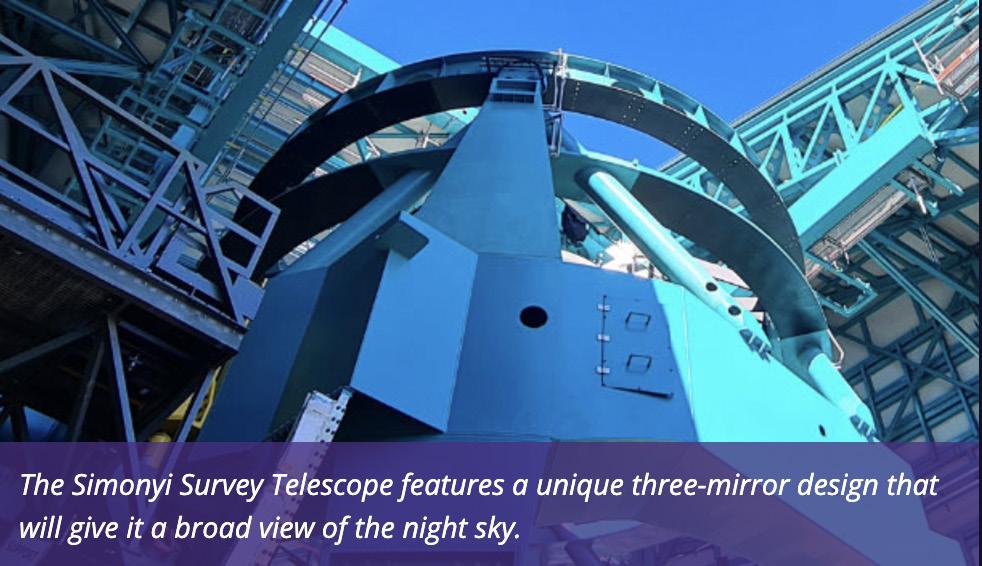
Every night, the Rubin’s Simonyi Survey Telescope will capture millions of changes in stars and other objects. This database of the night sky will require algorithms to sift through the billions of bits of information, so DiRAC scientists and engineers are already crafting the software. And that’s where the future astronomers in Jurić’s class come in.
The twelve undergrads were divided into two groups, each with an exciting mission that would give them a glimpse into the future. By the end of the quarter, could they use their coding skills to predict whether the Rubin’s state-of-the-art telescope would be able to discover a ninth planet in our solar system or prevent an asteroid from colliding into Earth? Those are just two ways in which the Rubin’s discoveries could be truly revolutionary — and why DiRAC scientists are eager for the telescope to finally come alive next year.
https://www.washington.edu/boundless/decoding-the-universe-dirac/

By using code to make sense of astronomical data, the students, Jurić says, are learning “how to use the data from this telescope by making predictions and understanding what the telescope is going to do.” This work is valuable, he notes, to both his DiRAC colleagues and the students’ future careers.
"If your passion is astronomy, we’ll teach you the skills needed to push the frontiers of science with flagships like Rubin. But […] those same skills will make you competitive in other data-intensive industries as well.”
Mario Jurić Director, DiRAC Institute
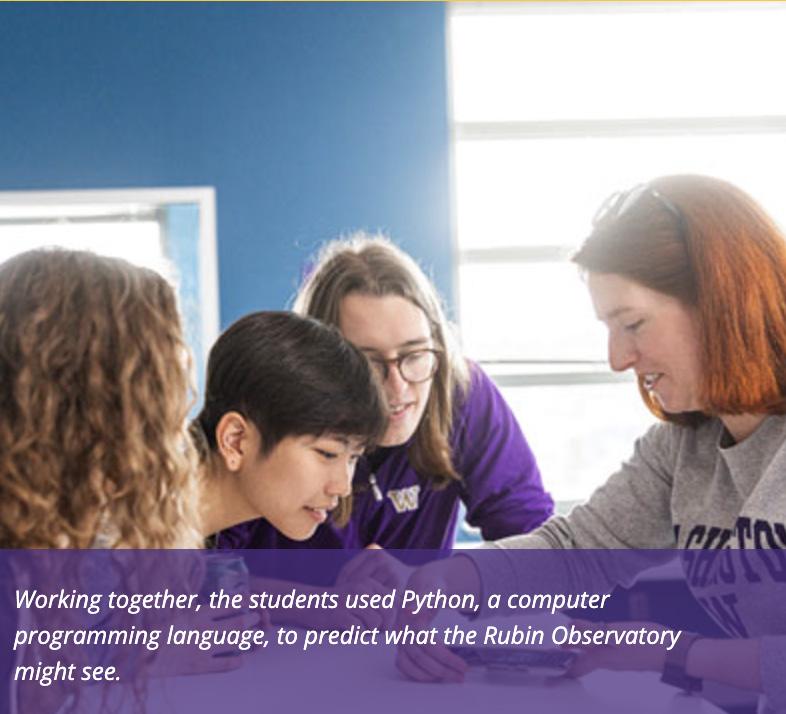
“Learning to code is like learning a foreign language,” explains Kim. “We learn a language to talk to the computer, so we can look at data and try to make conclusions.” For the former graphic arts student, visualizing the data to show the orbits of near-Earth objects was especially rewarding, because it combined math, physics and creativity.
Today’s astronomy is largely a high-tech science, Jurić says, so students need to gain skills in computer science and programming along with the bread-and-butter math and physics curriculum. The UW is the ideal place to lead the charge, he points out, because of its strong astronomy program and deep connections to Seattle’s tech community.
“If your passion is astronomy, we’ll teach you the skills needed to push the frontiers of science with flagships like Rubin,” Jurić says. “But in this AI- and data-driven age, those same skills will make you competitive in other data-intensive industries as well.”
DiRAC students working togetherWorking together, the students used Python, a computer programming language, to predict what the Rubin Observatory might see. Laptop showing astro dataAn example of the code students created to interpret astronomical data. No matter what path they take after graduation, these students have made a lasting contribution to the exciting work at DiRAC. It’s work that will usher in a new era of astronomy and help us better understand the universe — and our place in it.
https://www.washington.edu/boundless/decoding-the-universe-dirac/
Advisory Board: Chair's Message
DiRAC Community Outreach
This Year's Key Events
Supporting the Next Generation
Thank You to Our Partners and Supporters
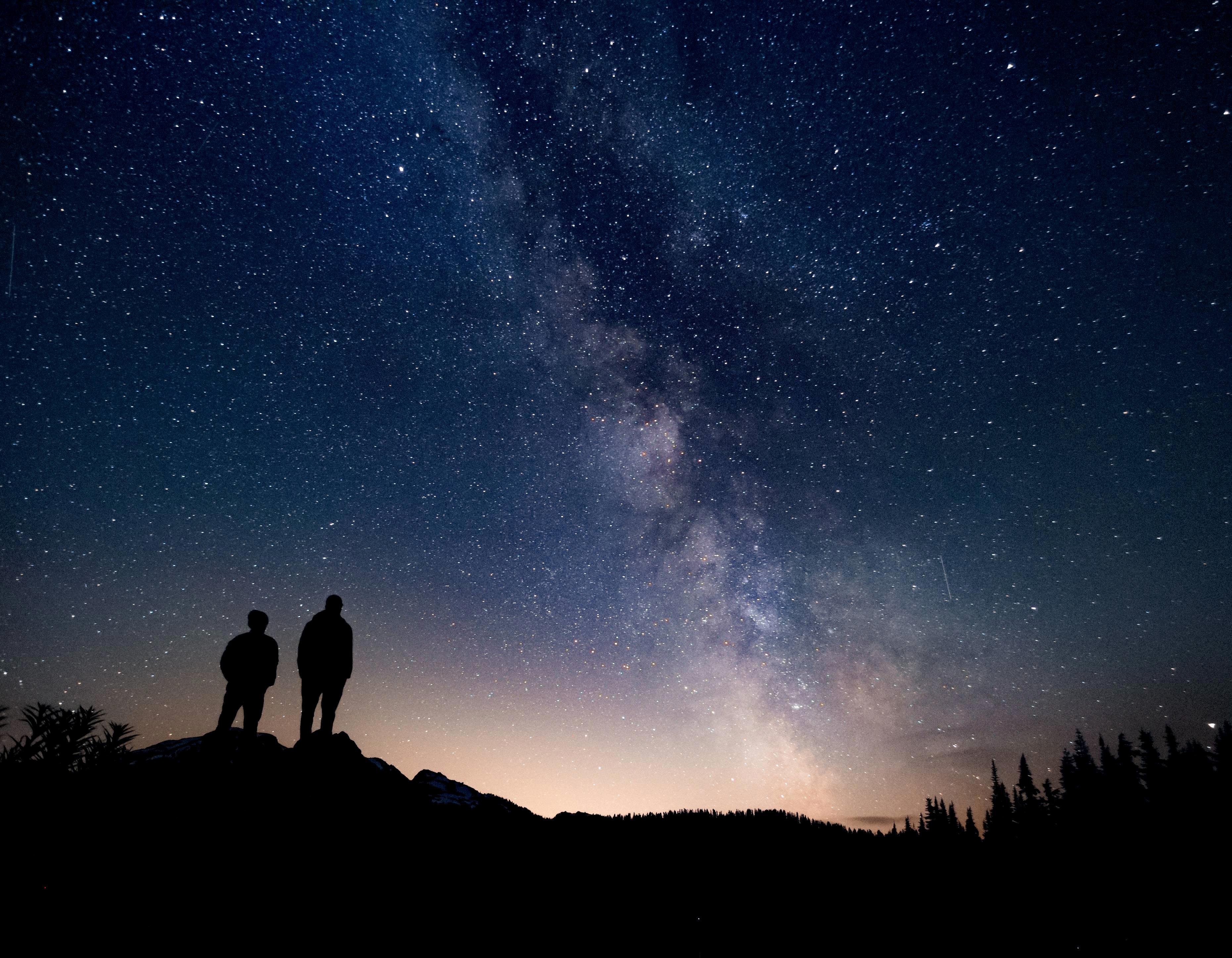

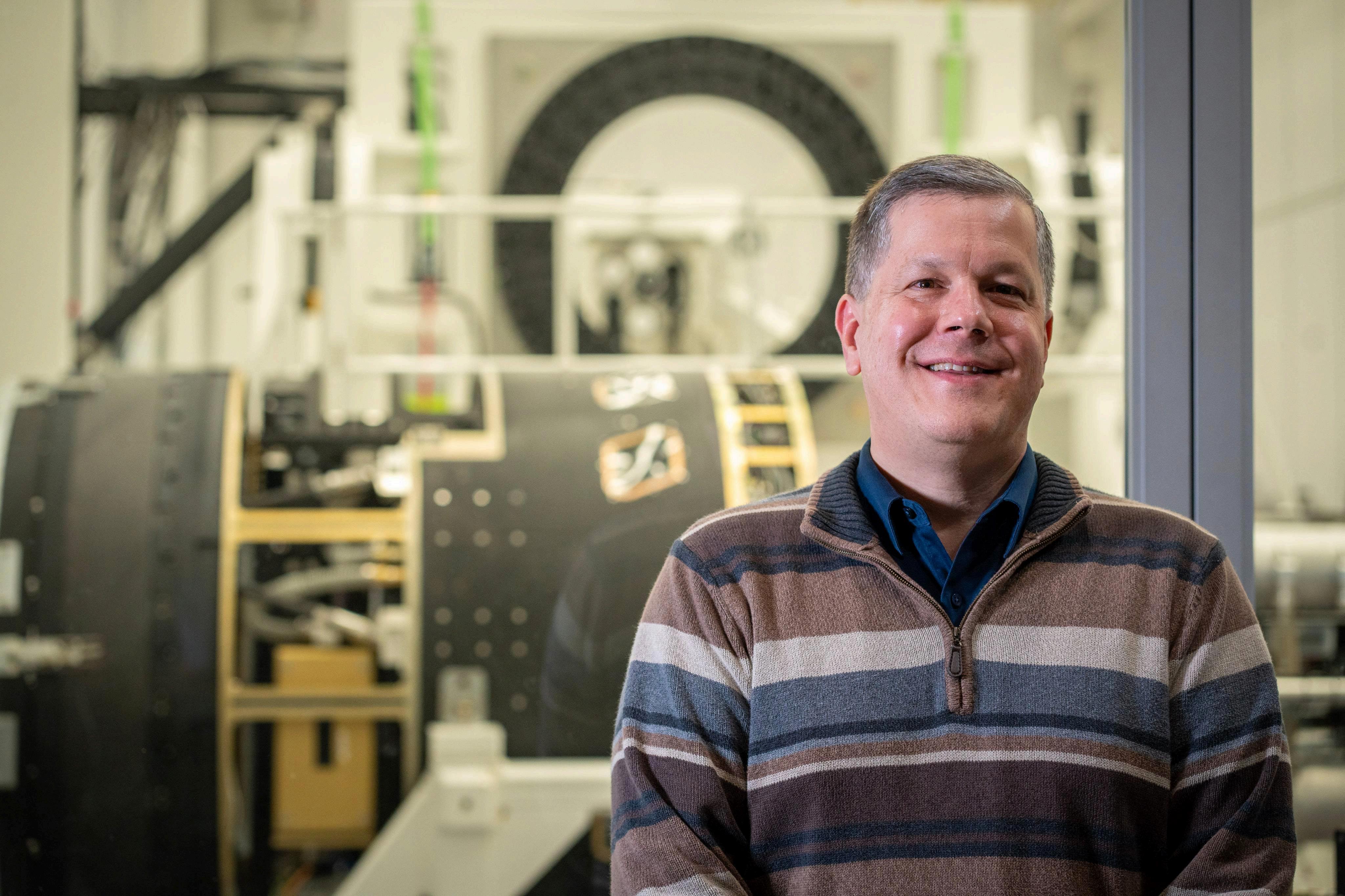
Dear Friends and Supporters of the DiRAC Institute,
As Chair of the Board of Advisors, it is an honor to celebrate another year of impactful research and discovery at the University of Washington’s DiRAC Institute. This annual report highlights our achievements and the vibrant community of researchers, students, and supporters like you who make it all possible.
DiRAC remains at the forefront of exploration of cosmic mysteries, from uncovering dark matter and energy to identifying new asteroids and stellar phenomena. This year, our team has been making the final preparations for the First Light of LSST next year, and we are excited to see the many years of hard work pay off.
With the Vera C. Rubin Observatory set to revolutionize astrophysics, DiRAC is poised to amplify its legacy. Your continued support—whether through expertise, resources, or advocacy—is vital for sustaining our innovation and growth.
Thank you for championing DiRAC’s mission to advance science and discovery.
Sincerely,
Ron Marquardt, Ph.D.
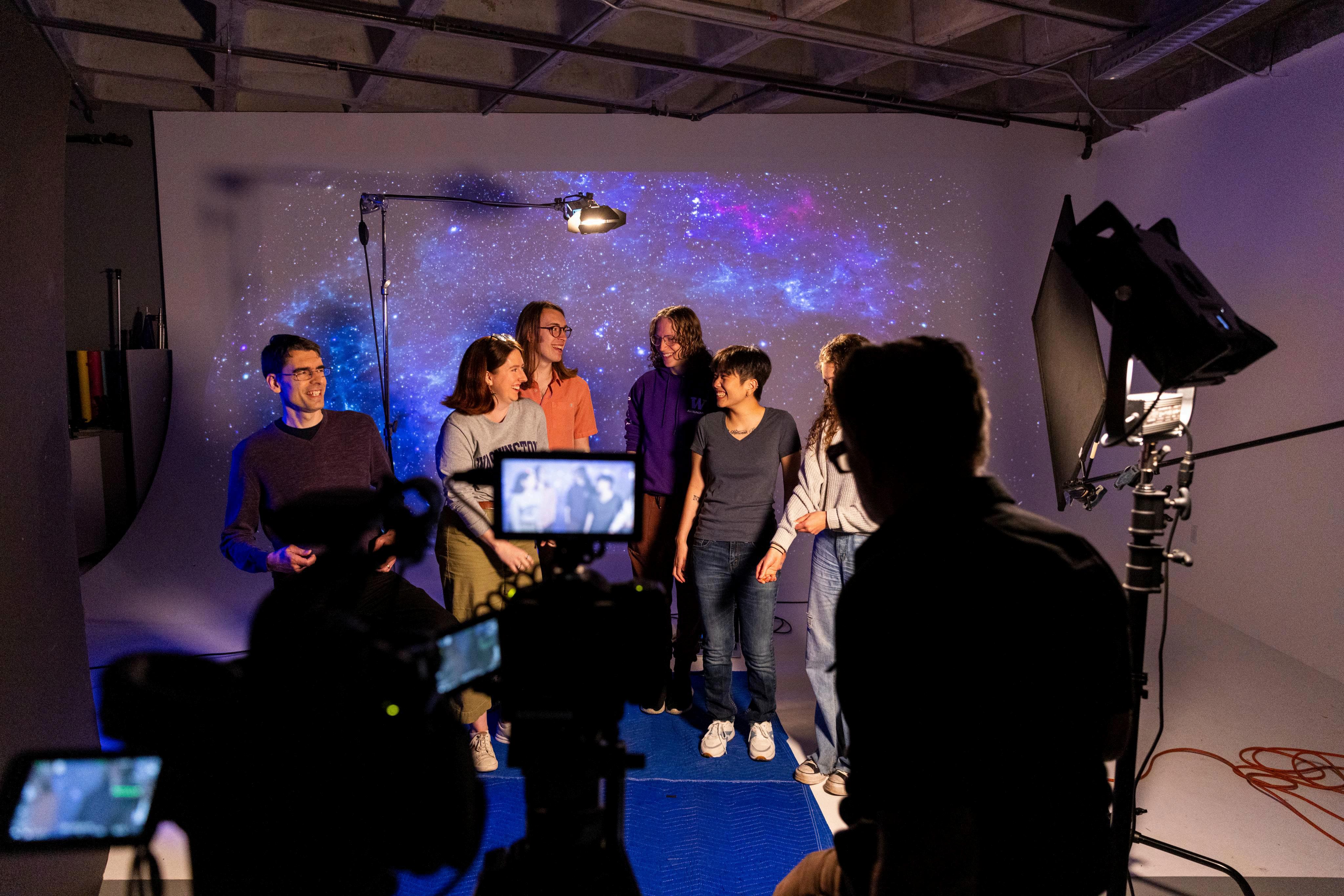
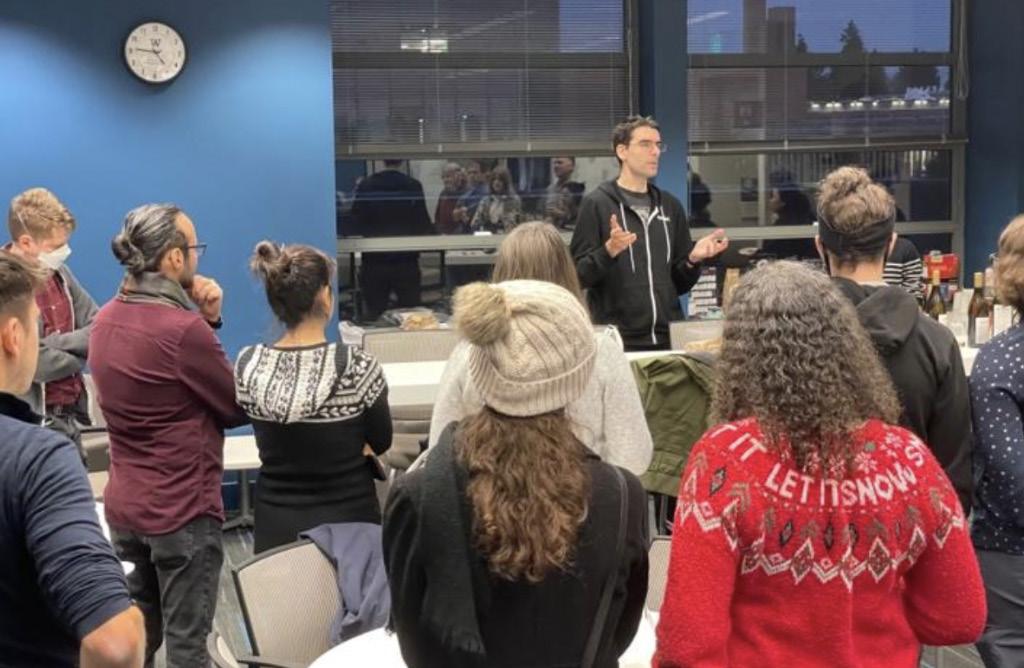
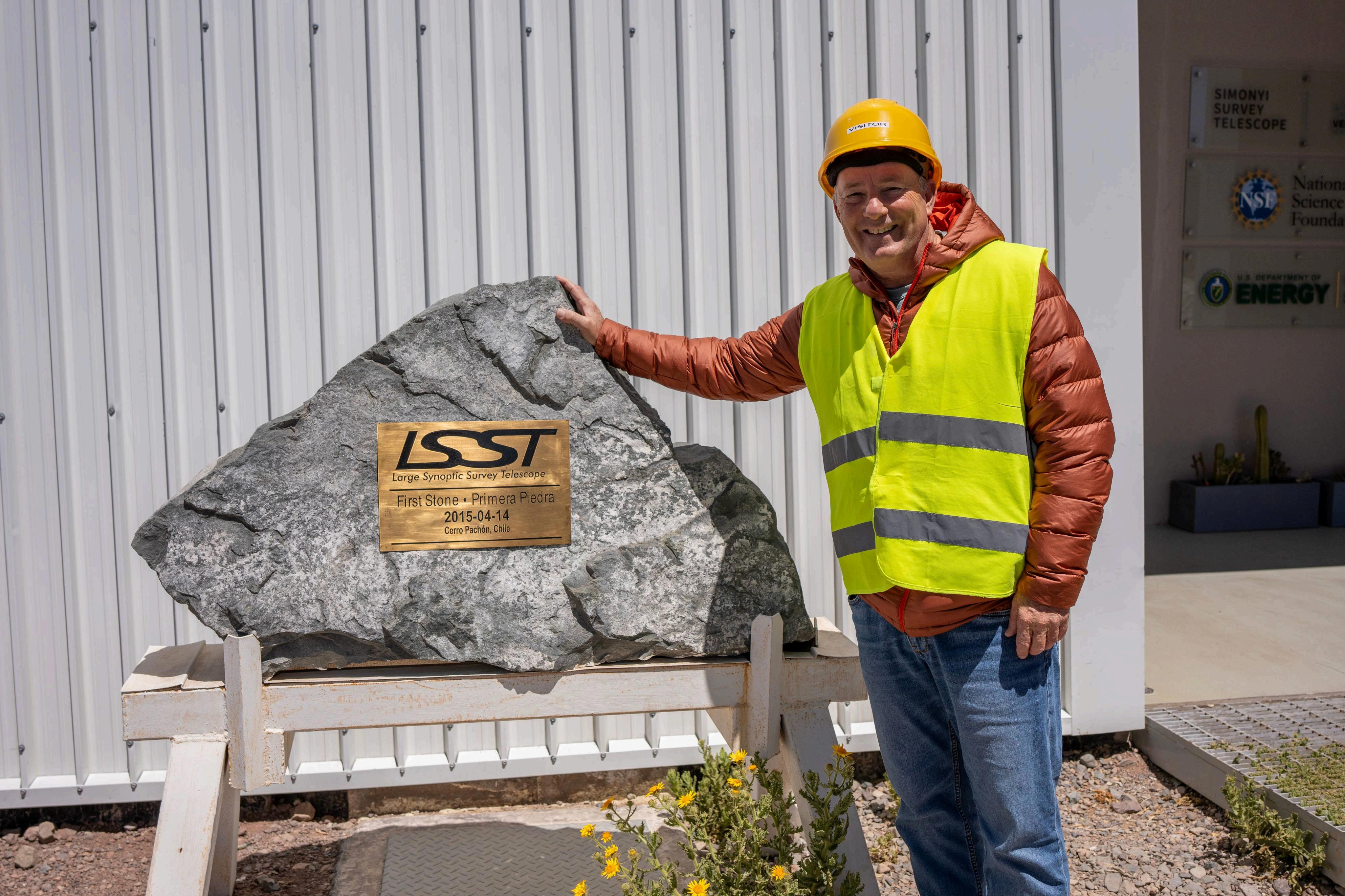
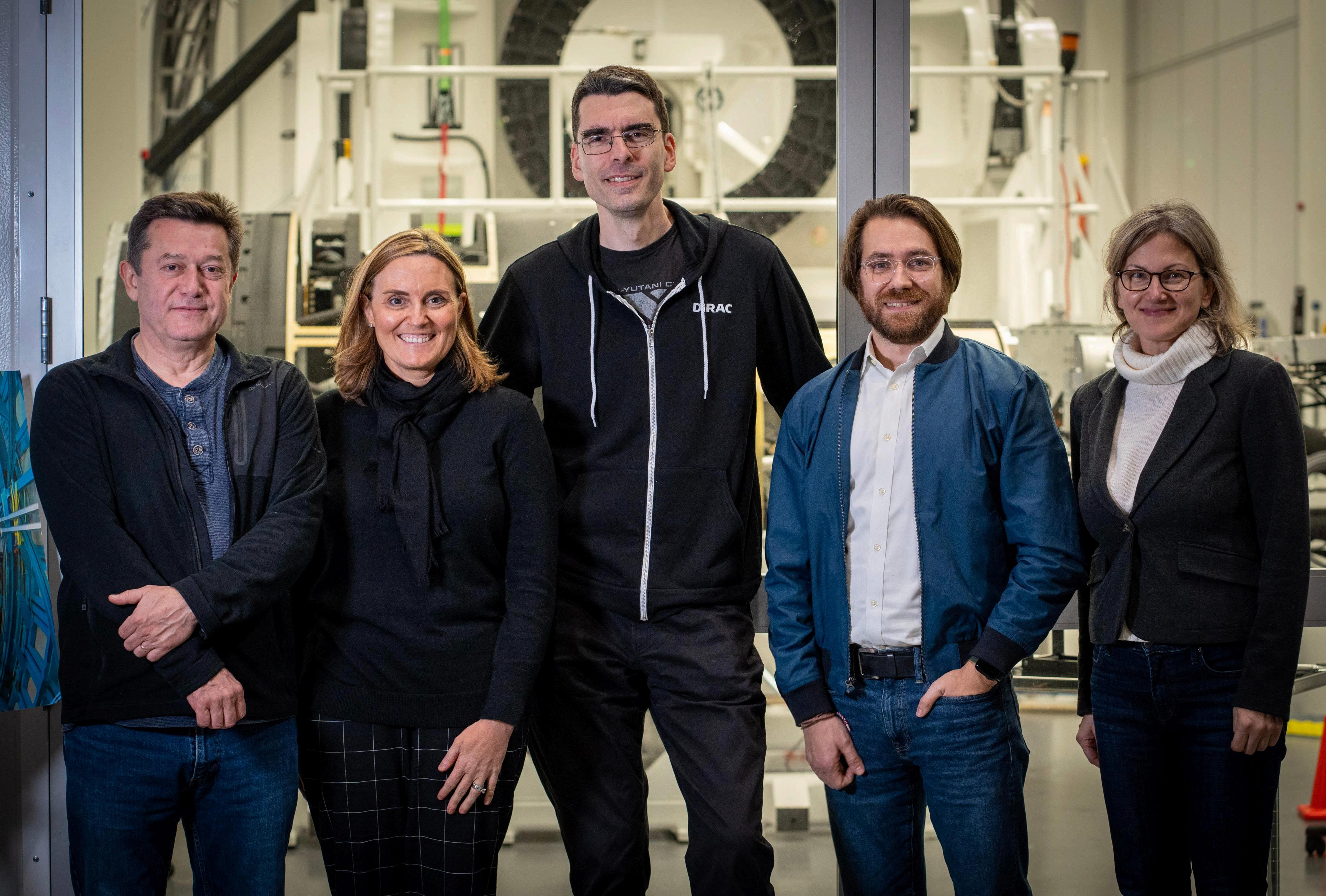
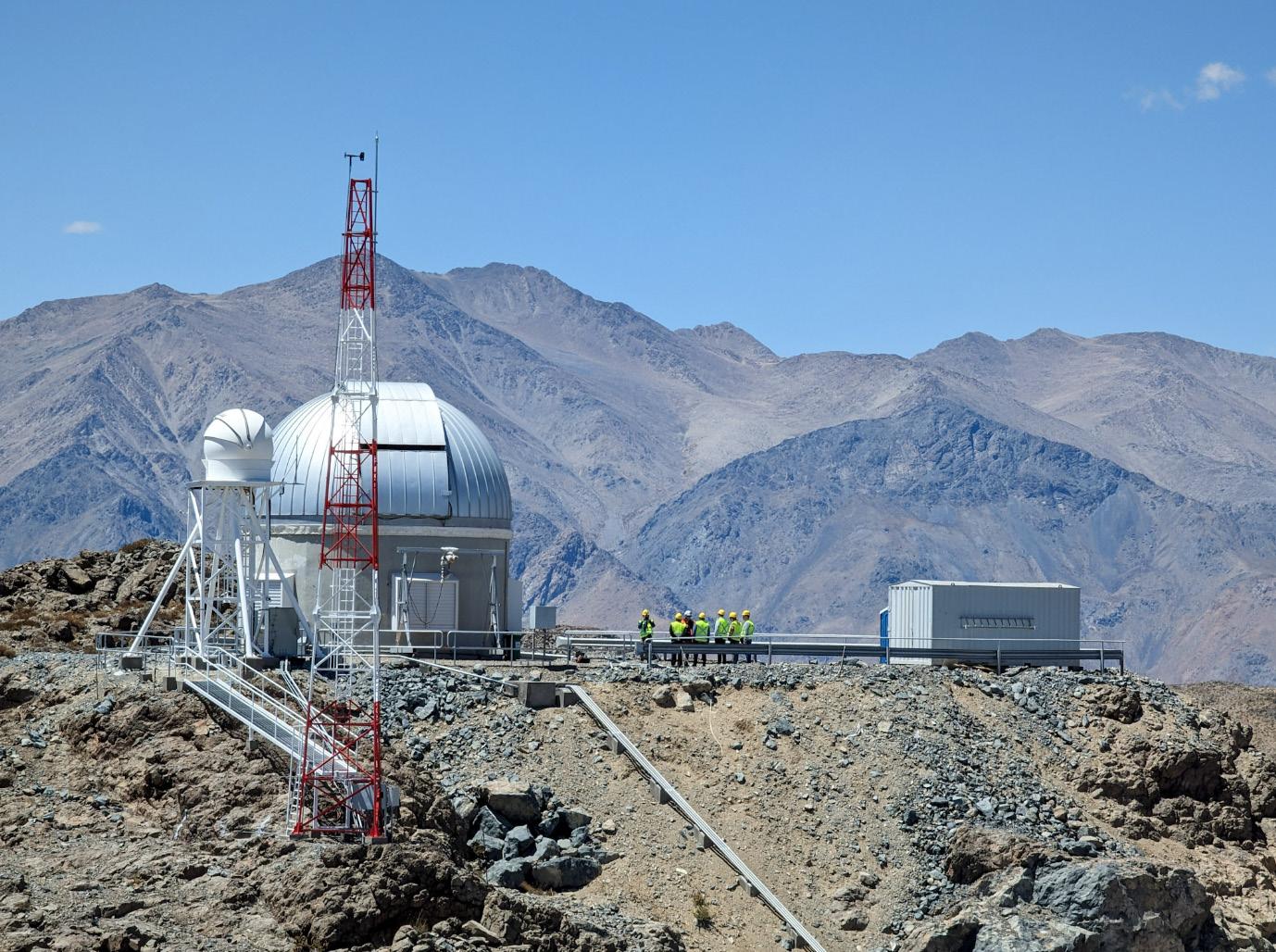
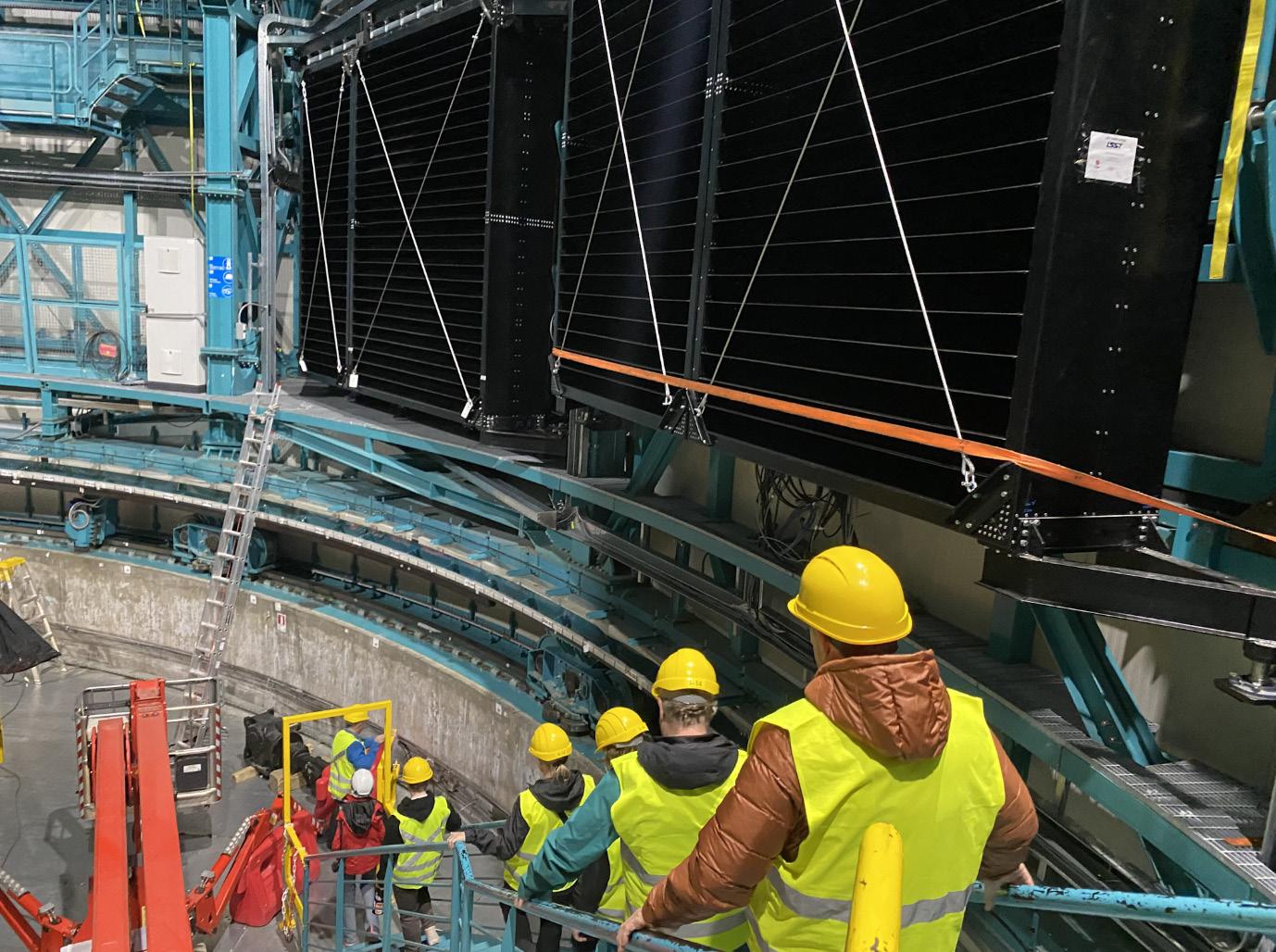
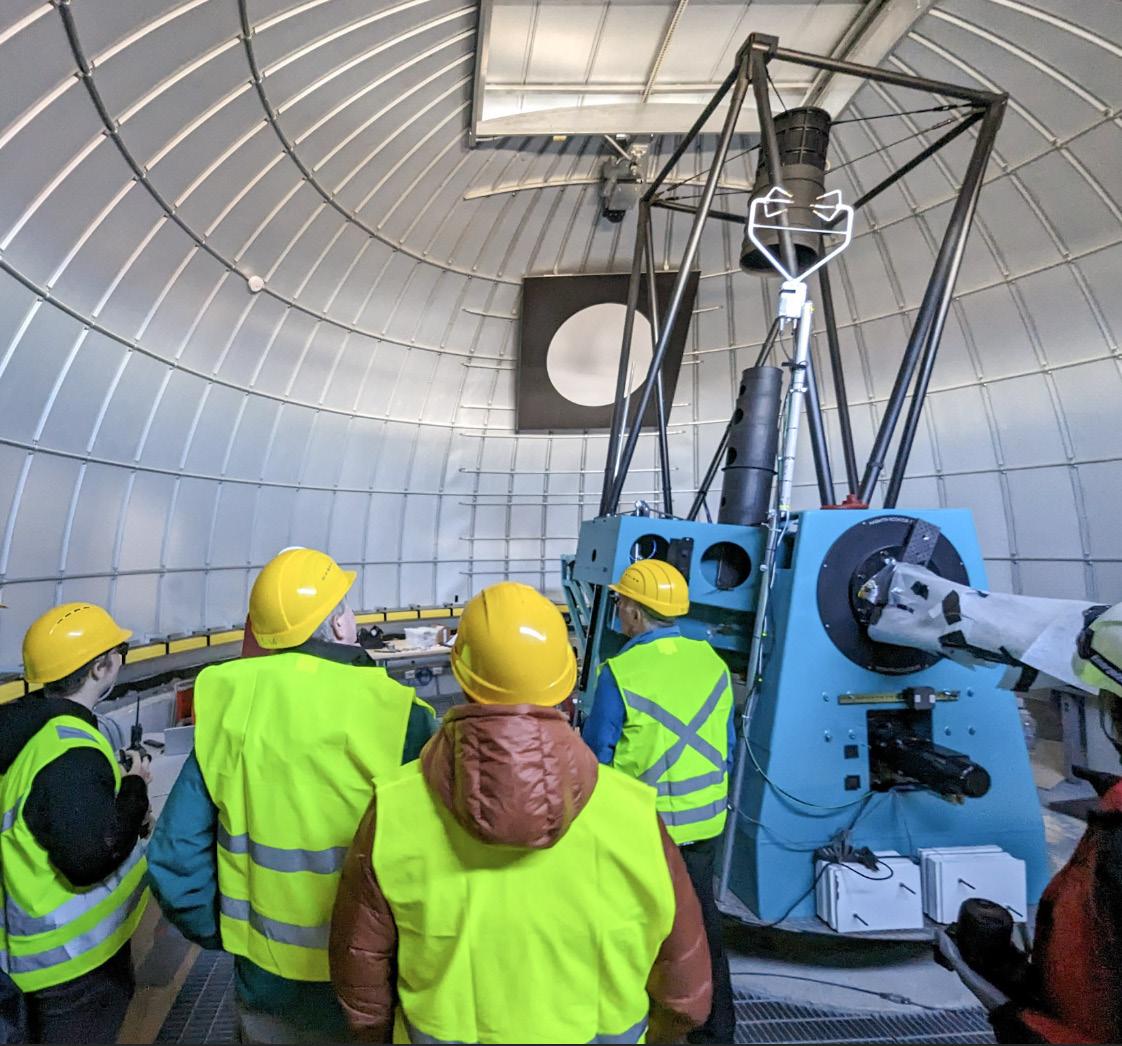
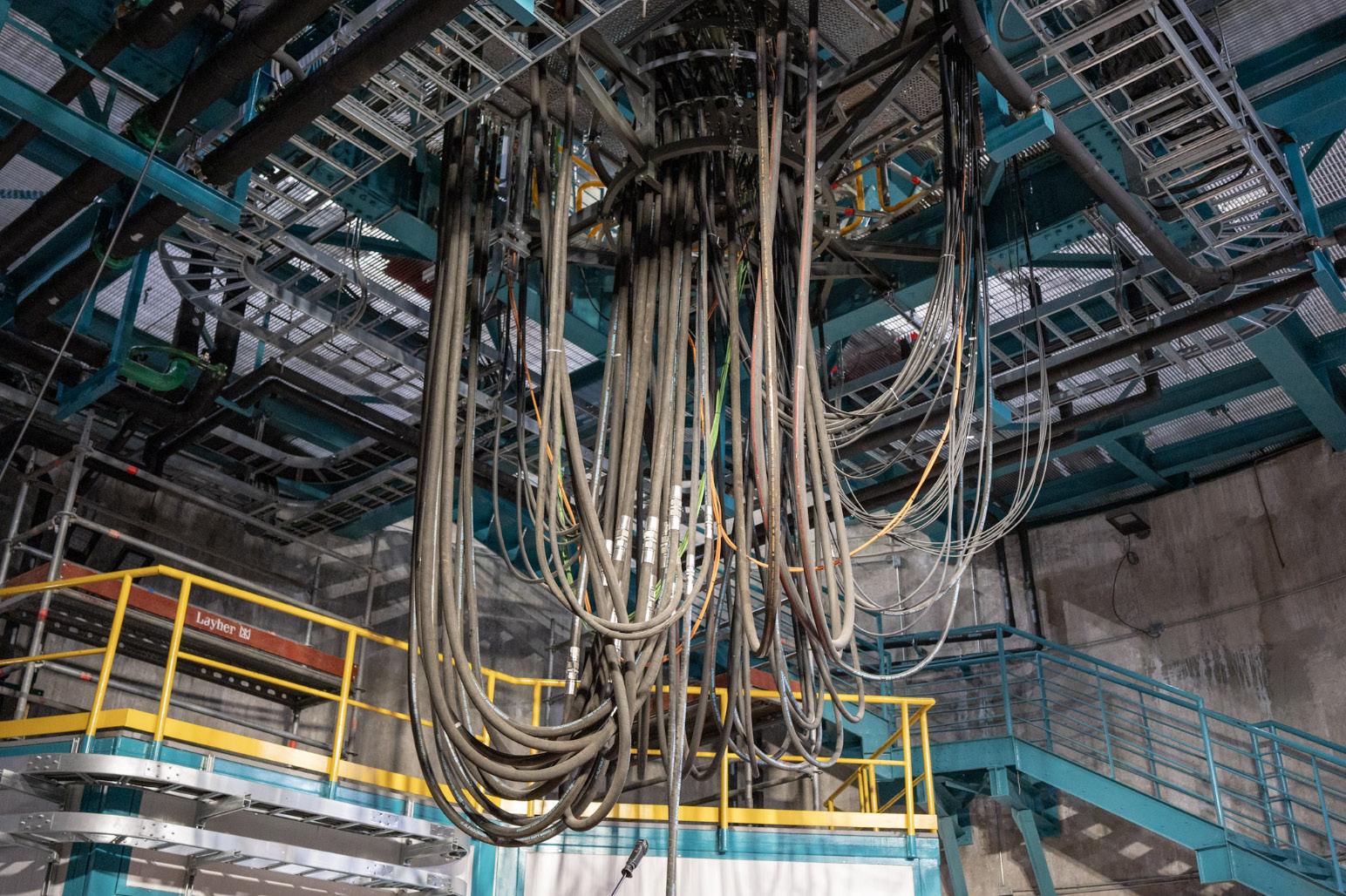
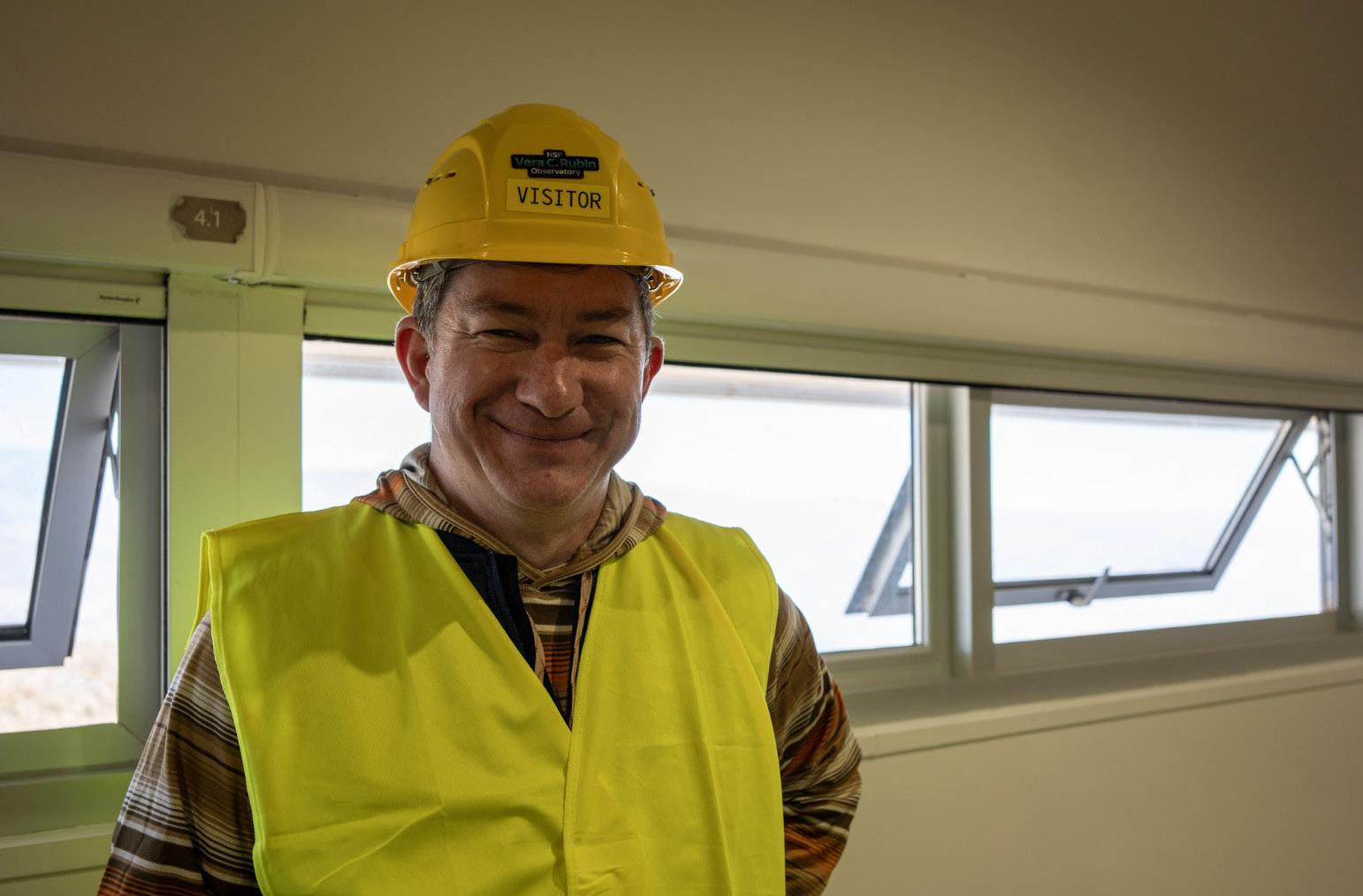
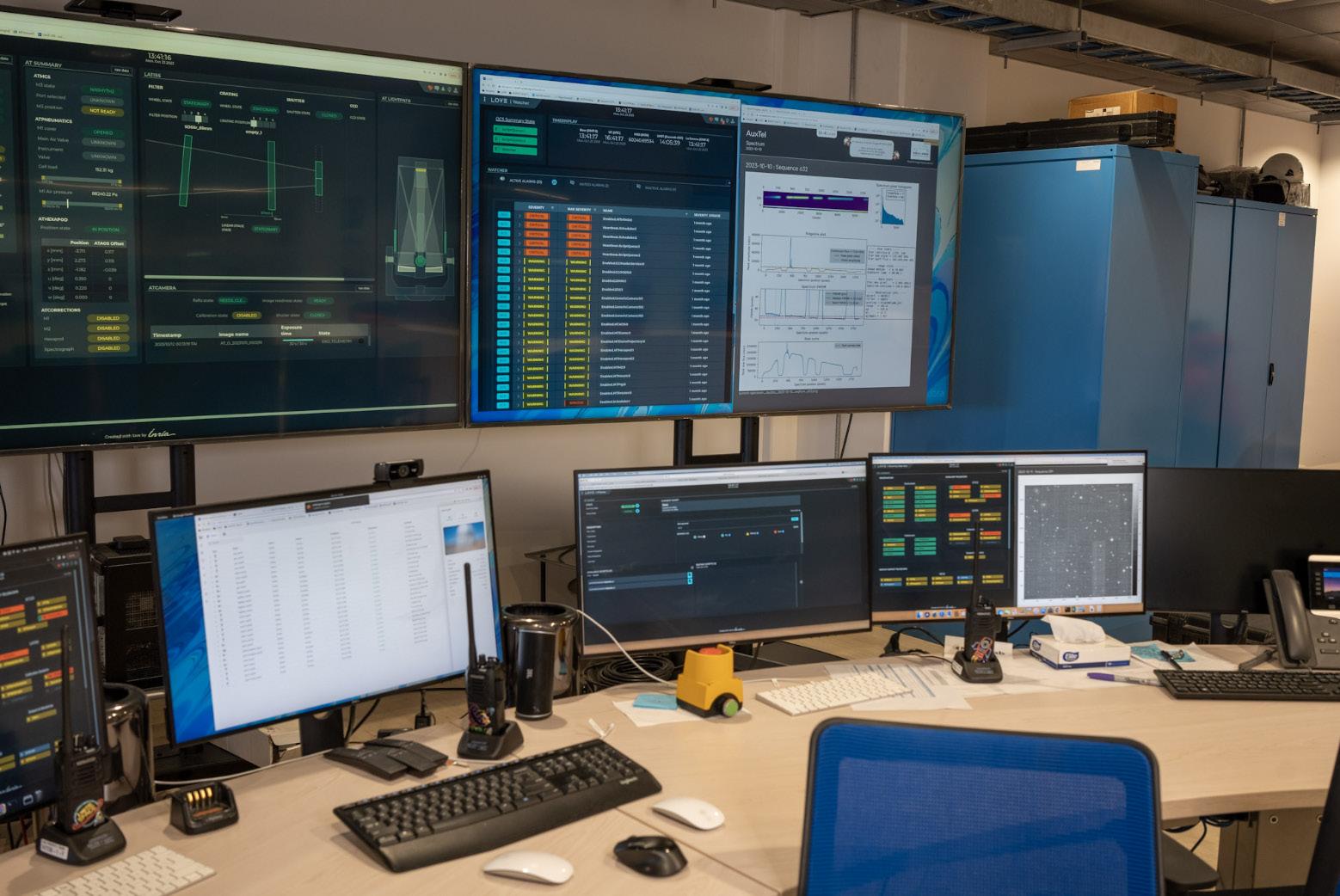
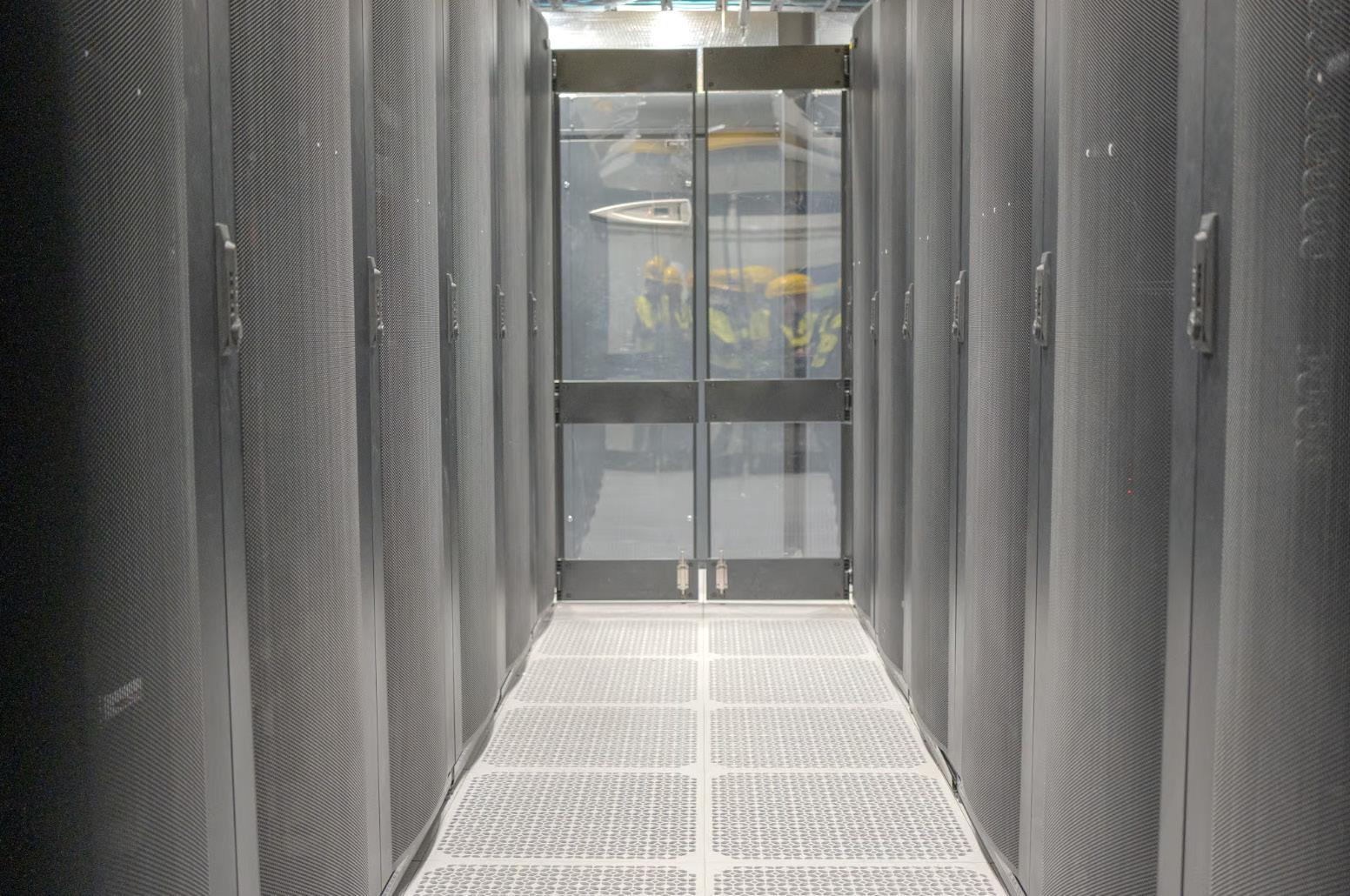
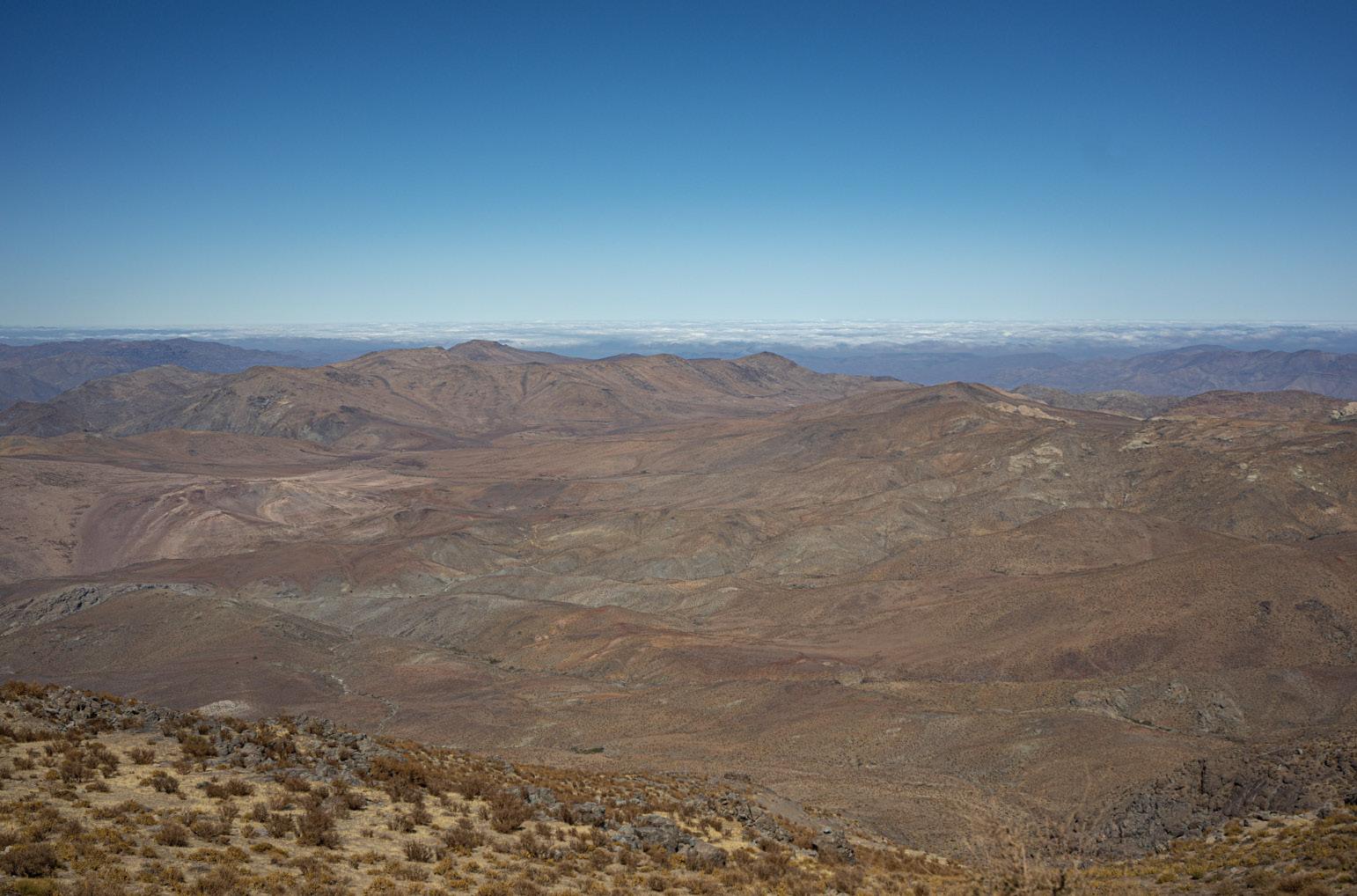
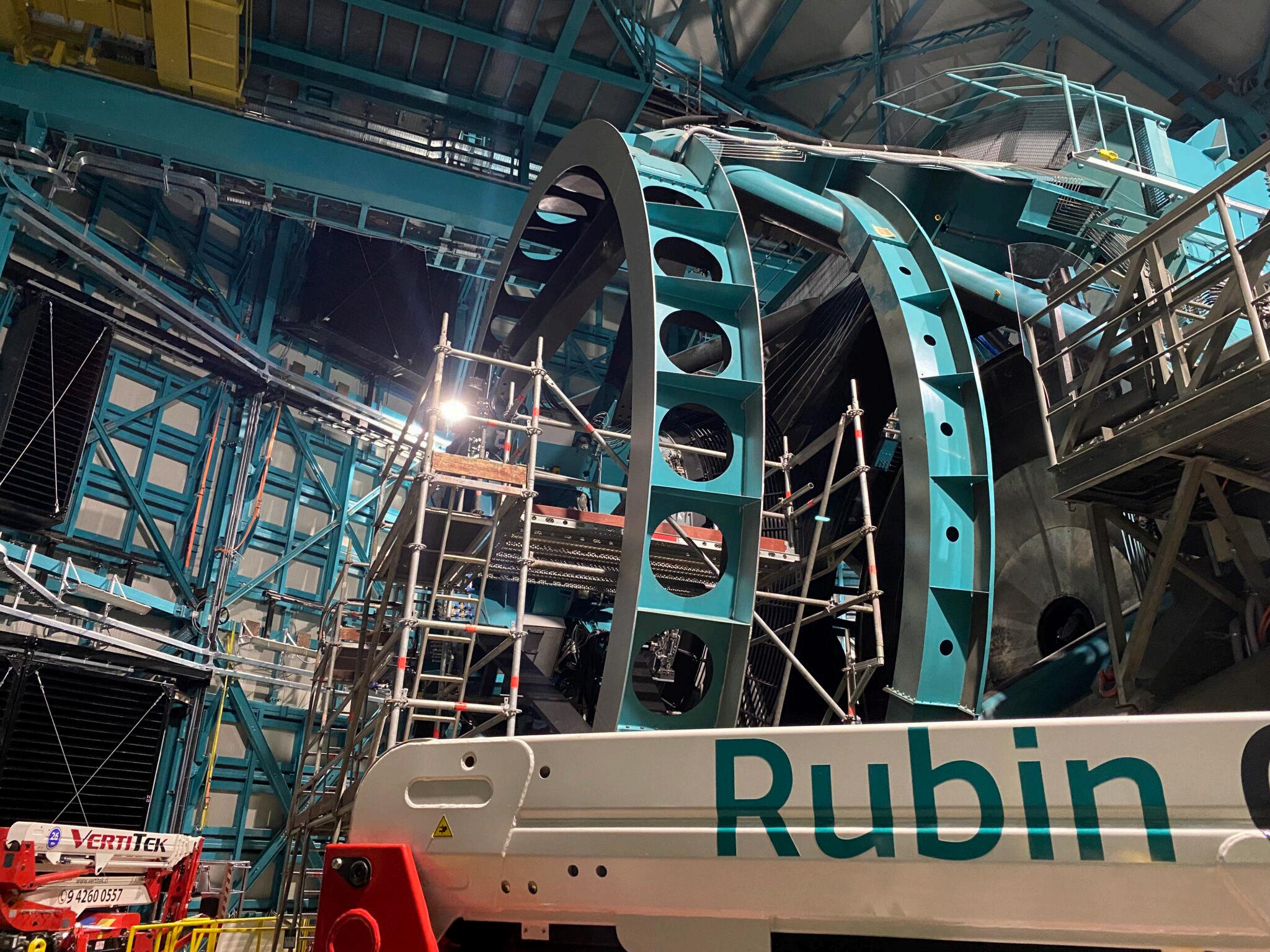
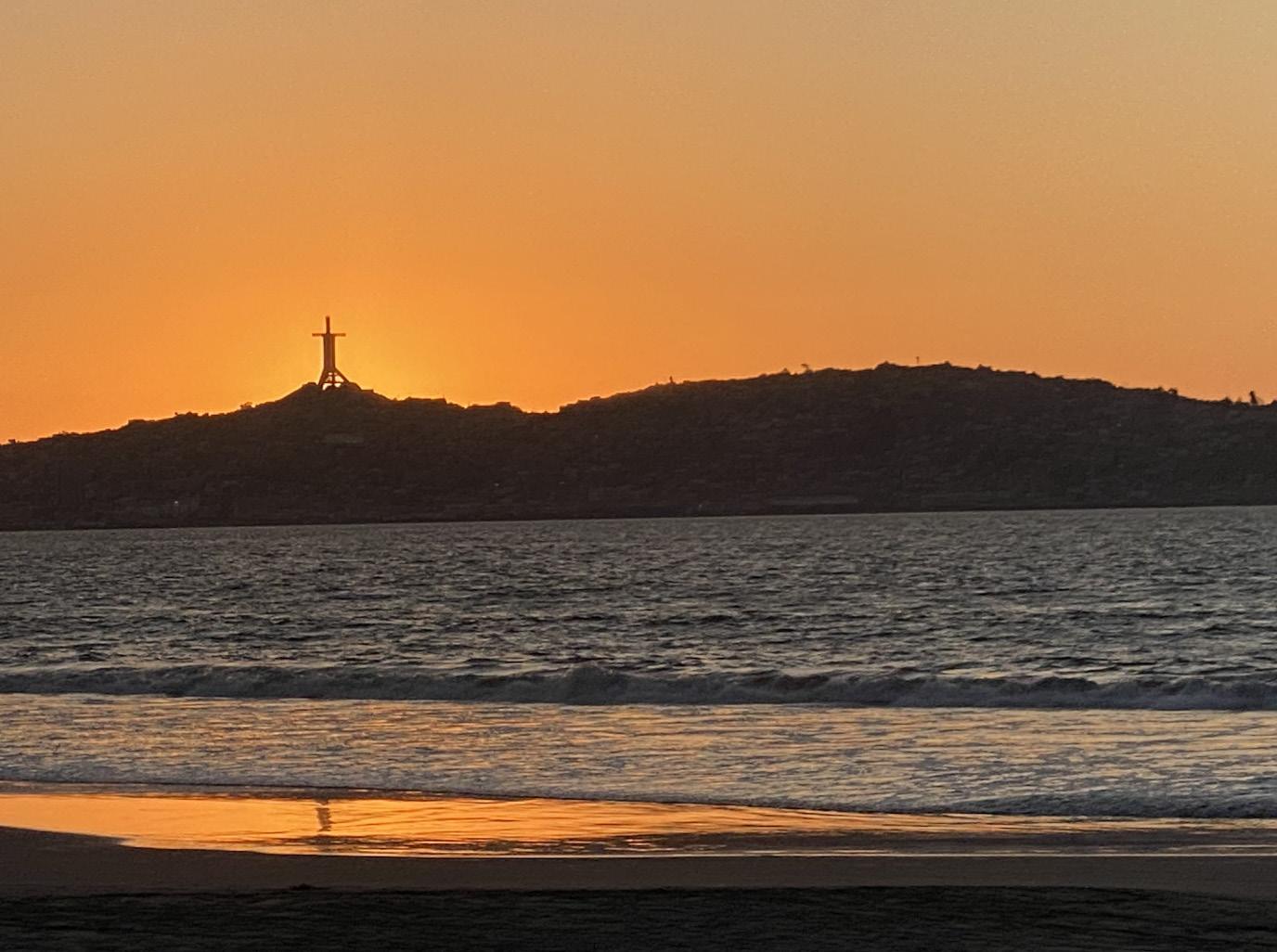
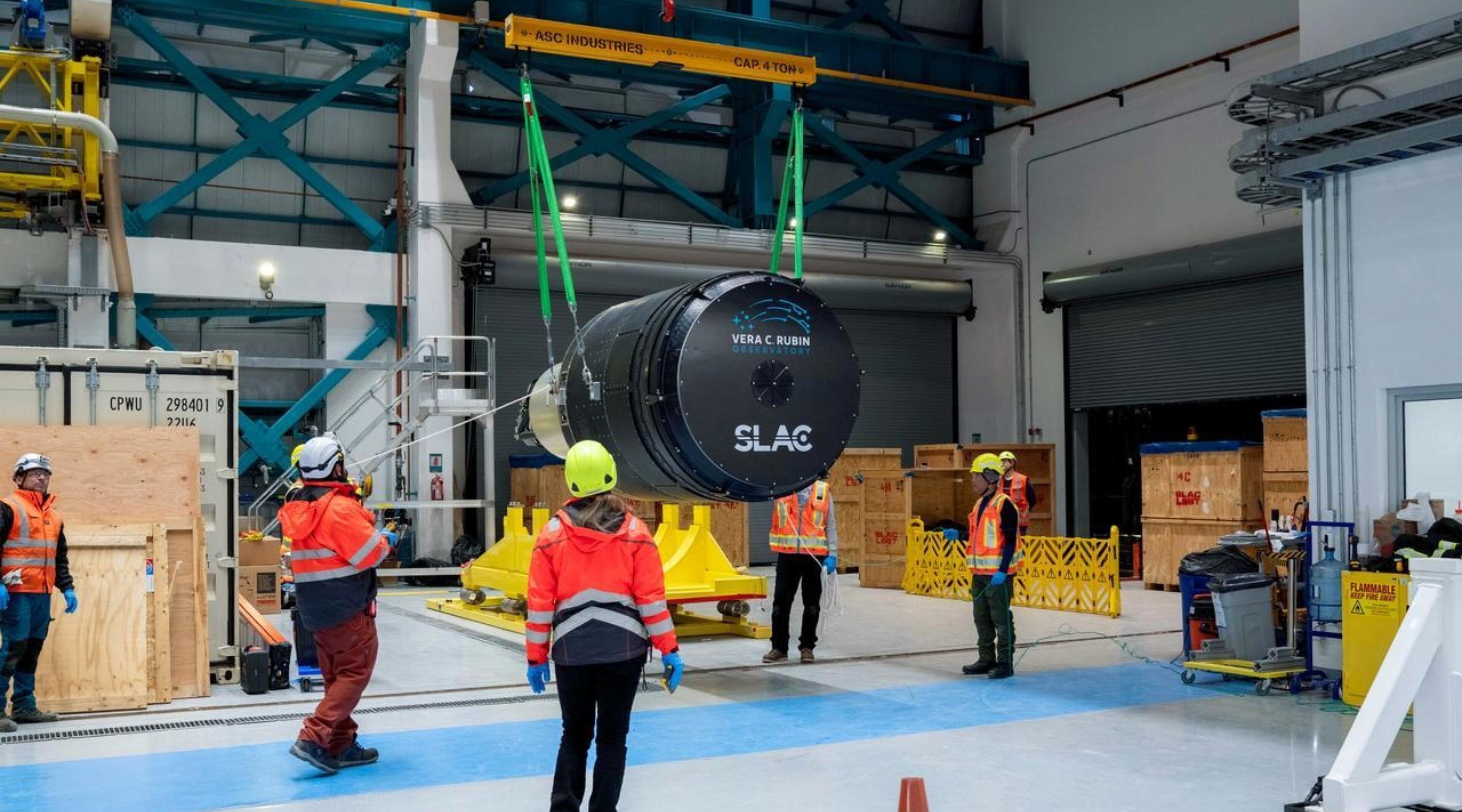
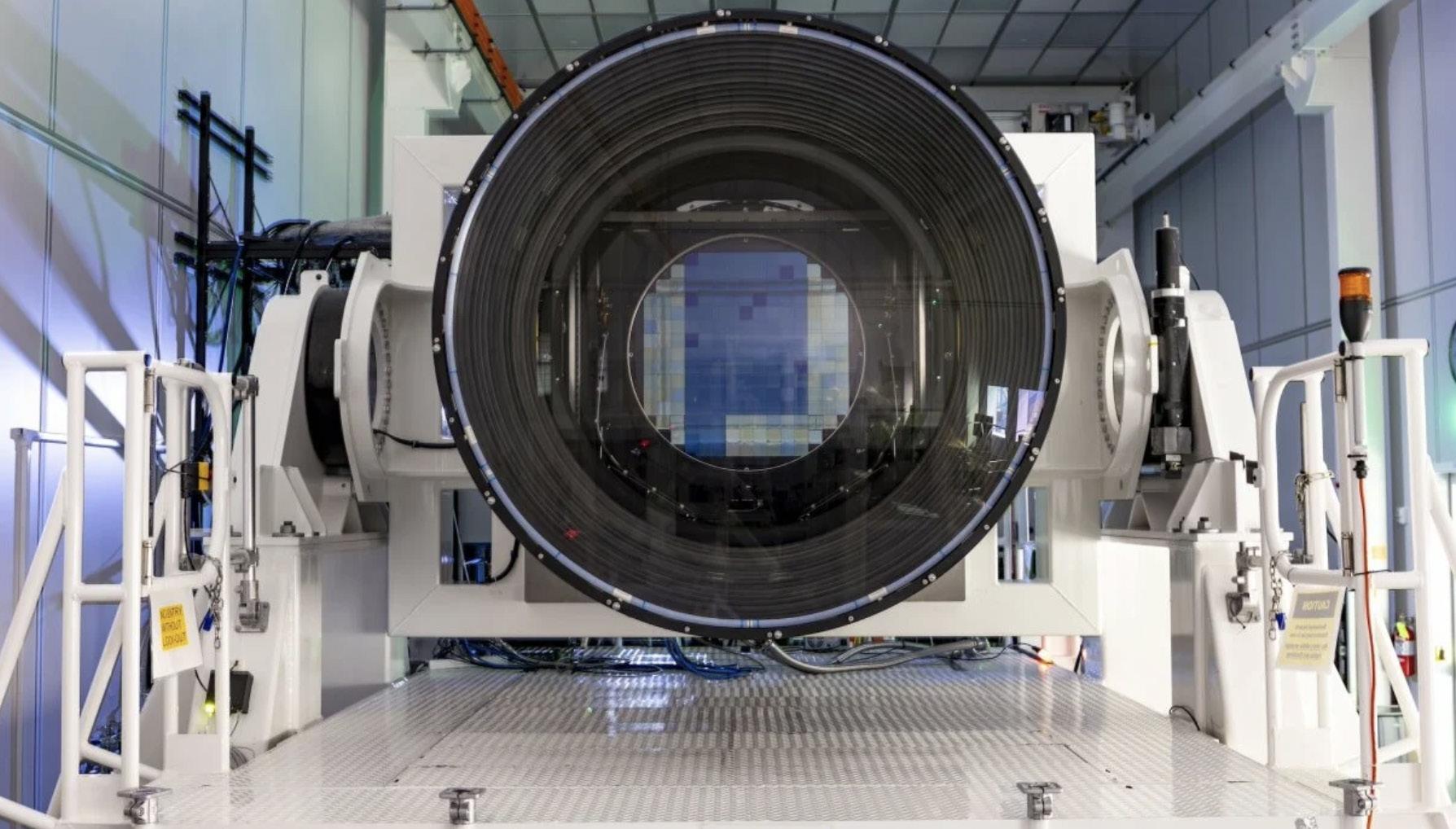
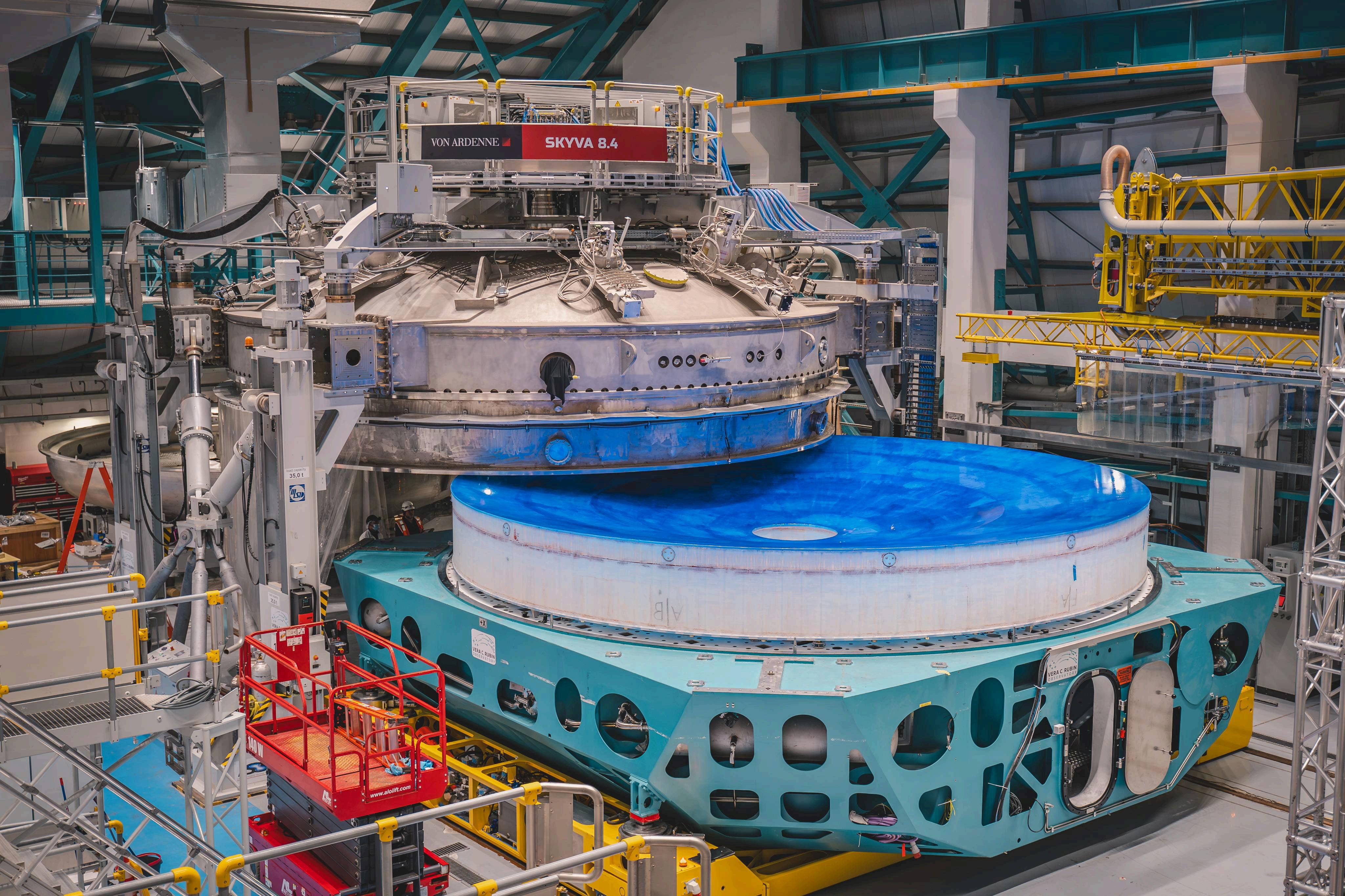
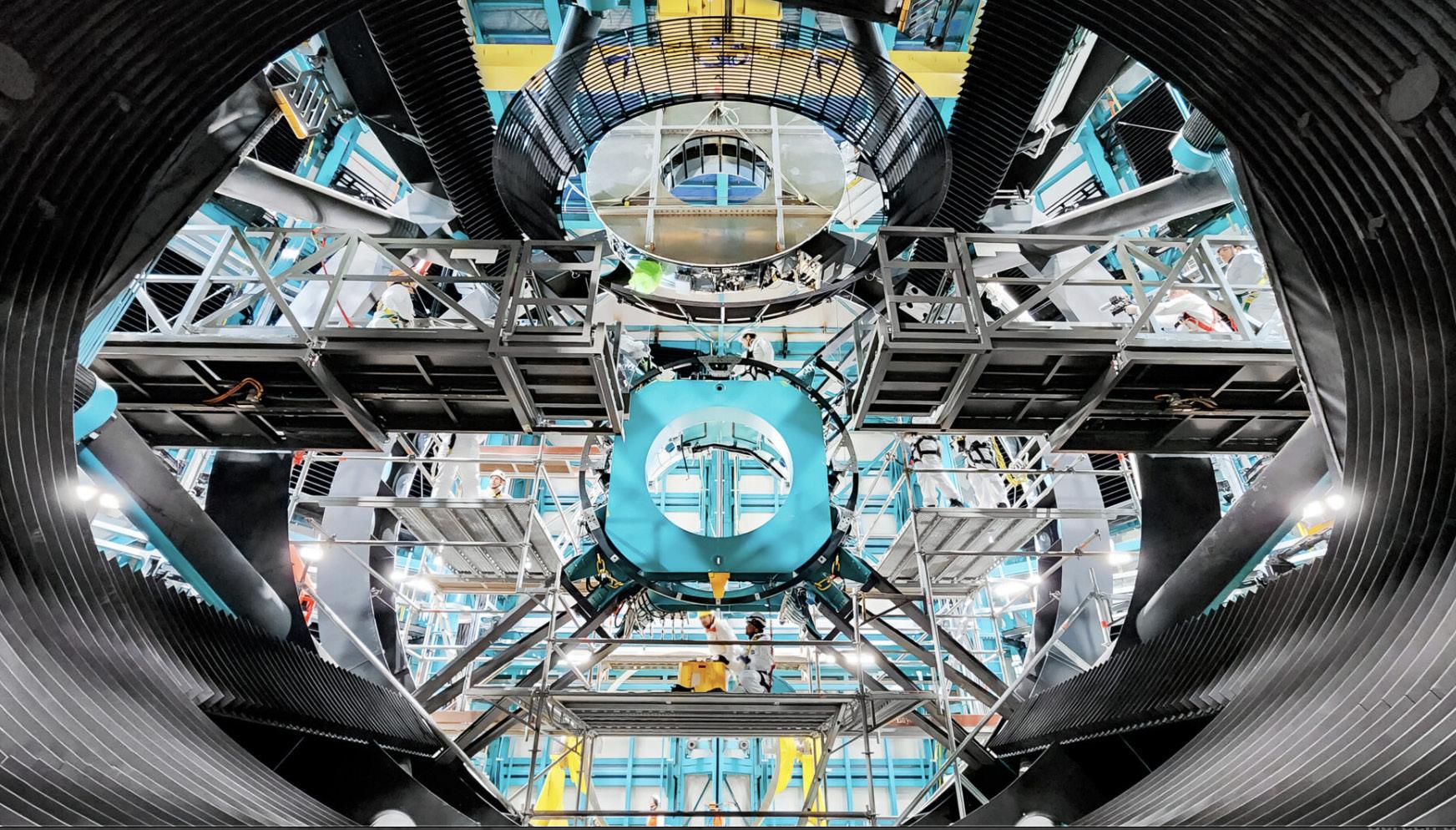
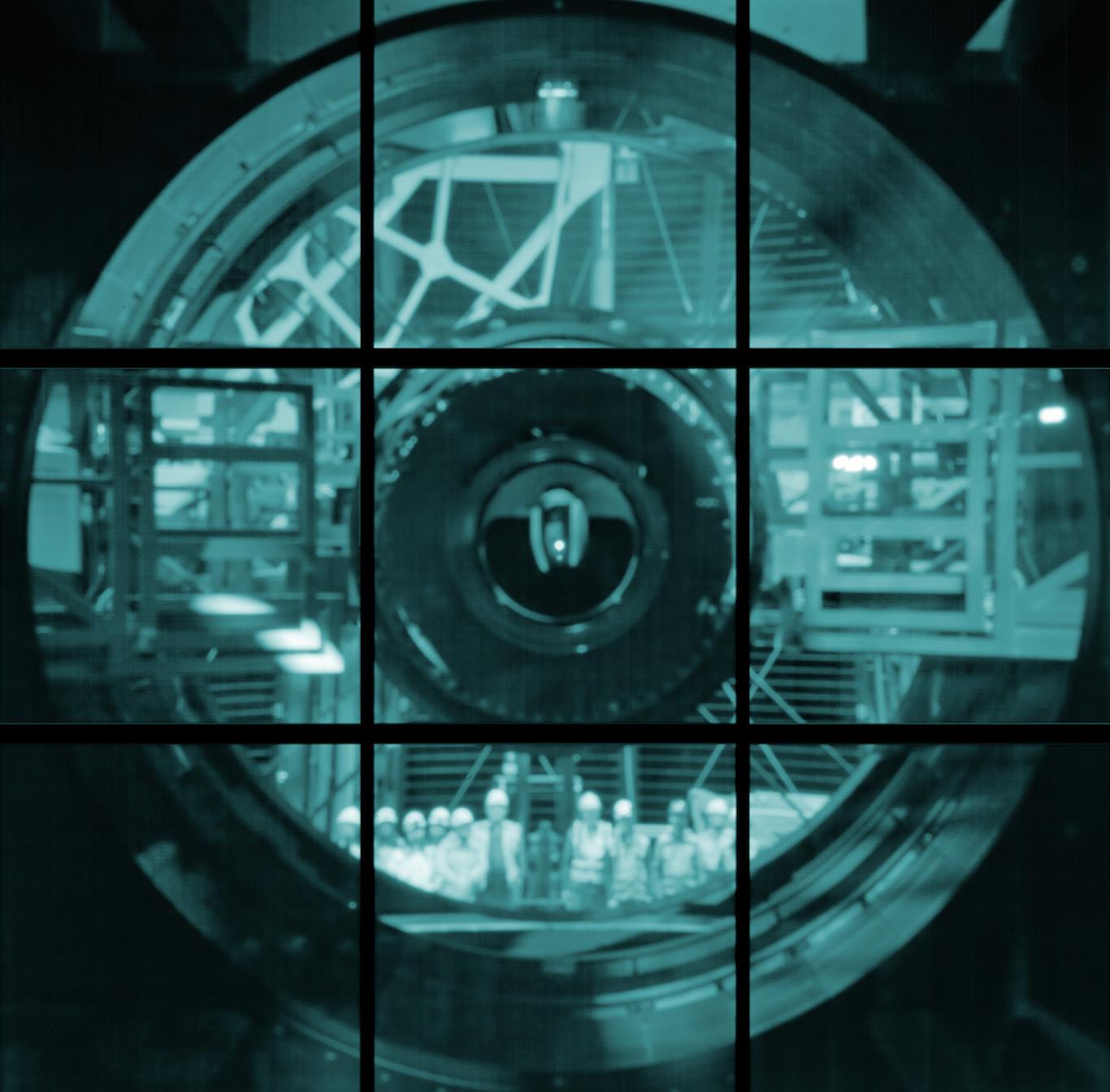
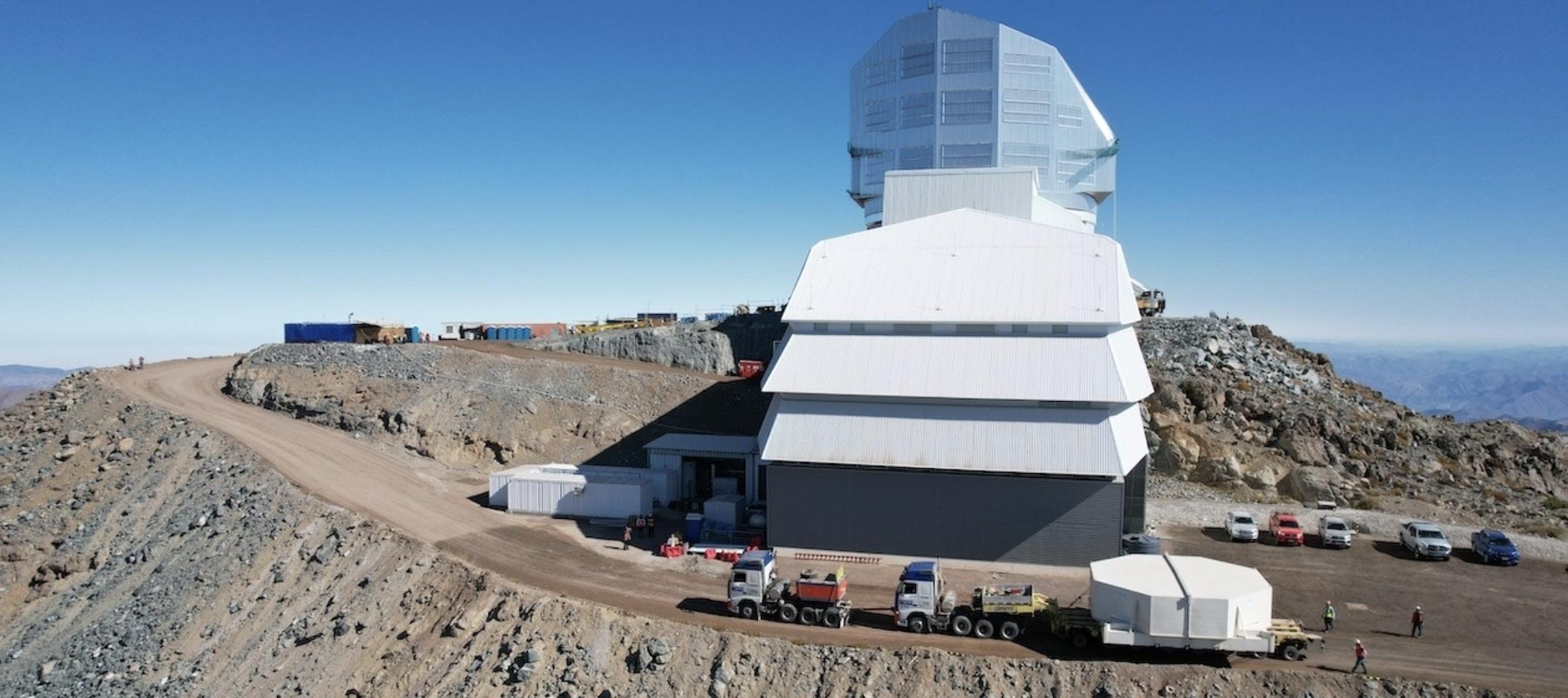
As 2024 comes to a close, we want to express our sincere gratitude for your support and involvement. Thanks to your engagement, we’ve been able to offer events that have had a meaningful impact on our community.
A key highlight this year was Prof. Mario Jurić’s guest speaker appearance at the University of Washington’s Recognition Gala. His inspiring presentation about the exciting scientific journey ahead for the UW Rubin and DiRAC team helped galvanize further enthusiasm and support for our research initiatives.
Looking ahead, we couldn’t have achieved any of this without you, and we’re excited for what’s to come. To stay informed about upcoming events and initiatives, we invite you to sign up for our quarterly newsletter or follow our newsfeed on our website for updates and ways to get involved.
Thank you for being such an important part of our community. We look forward to continuing this journey together and making 2025 another year of meaningful engagement and success.
Warm regards,
Nikiolina Horvat
DiRAC Director of Outreach
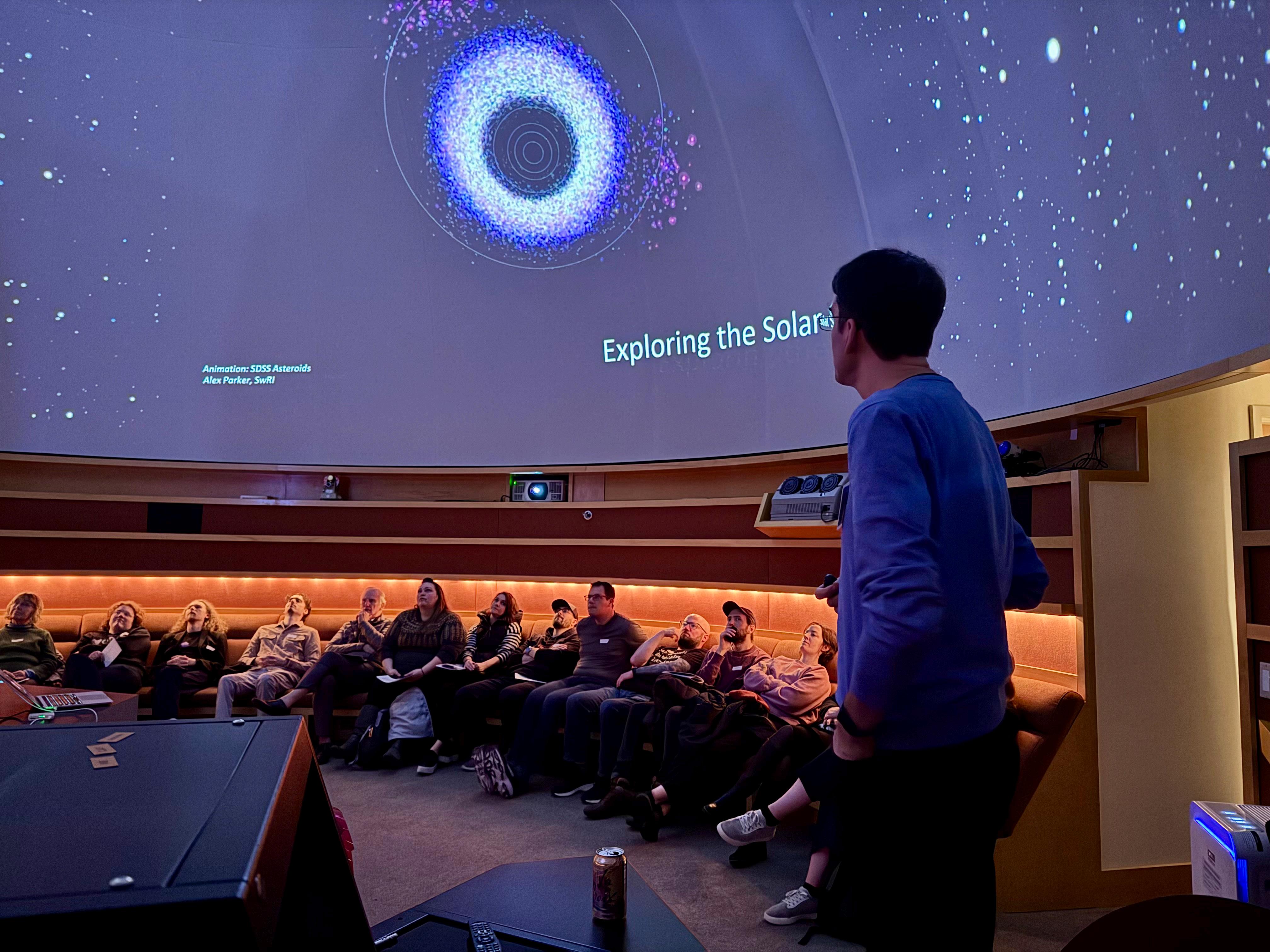
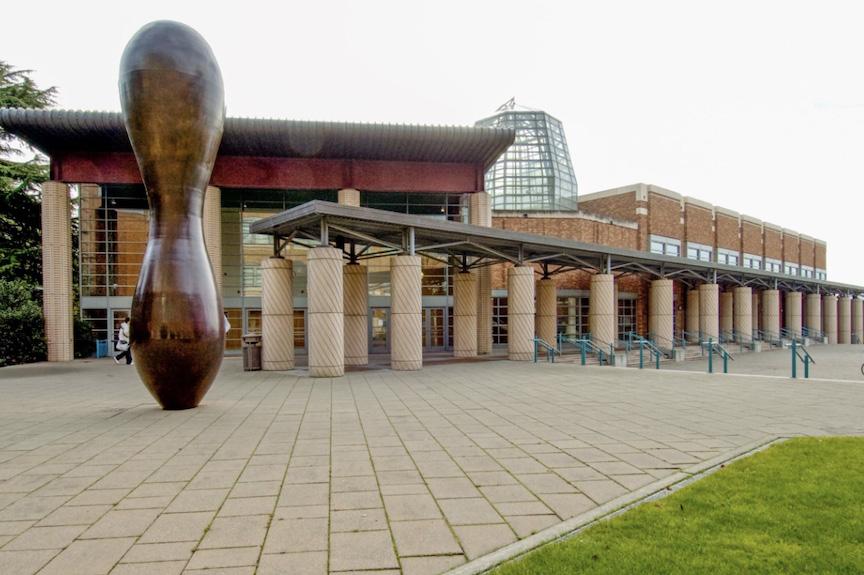
For the third year in a row, your generous support helped fund our Student Summer Research Prize, providing invaluable opportunities for local students.
We hosted several planetarium shows, including a special event for local middle school students, sparking curiosity and wonder about the night sky.
We launched our new Speaker Series, bringing inspiring discussions to our community. The series kicked off with a talk by Prof. Jurić on AI and Rubin Observatory, followed by a live stream from the Summit. The series will continue into 2025, offering more opportunities for learning and connection with experts across various fields.
Join the local DiRAC community, learn about new discoveries, and meet UW Astronomers.
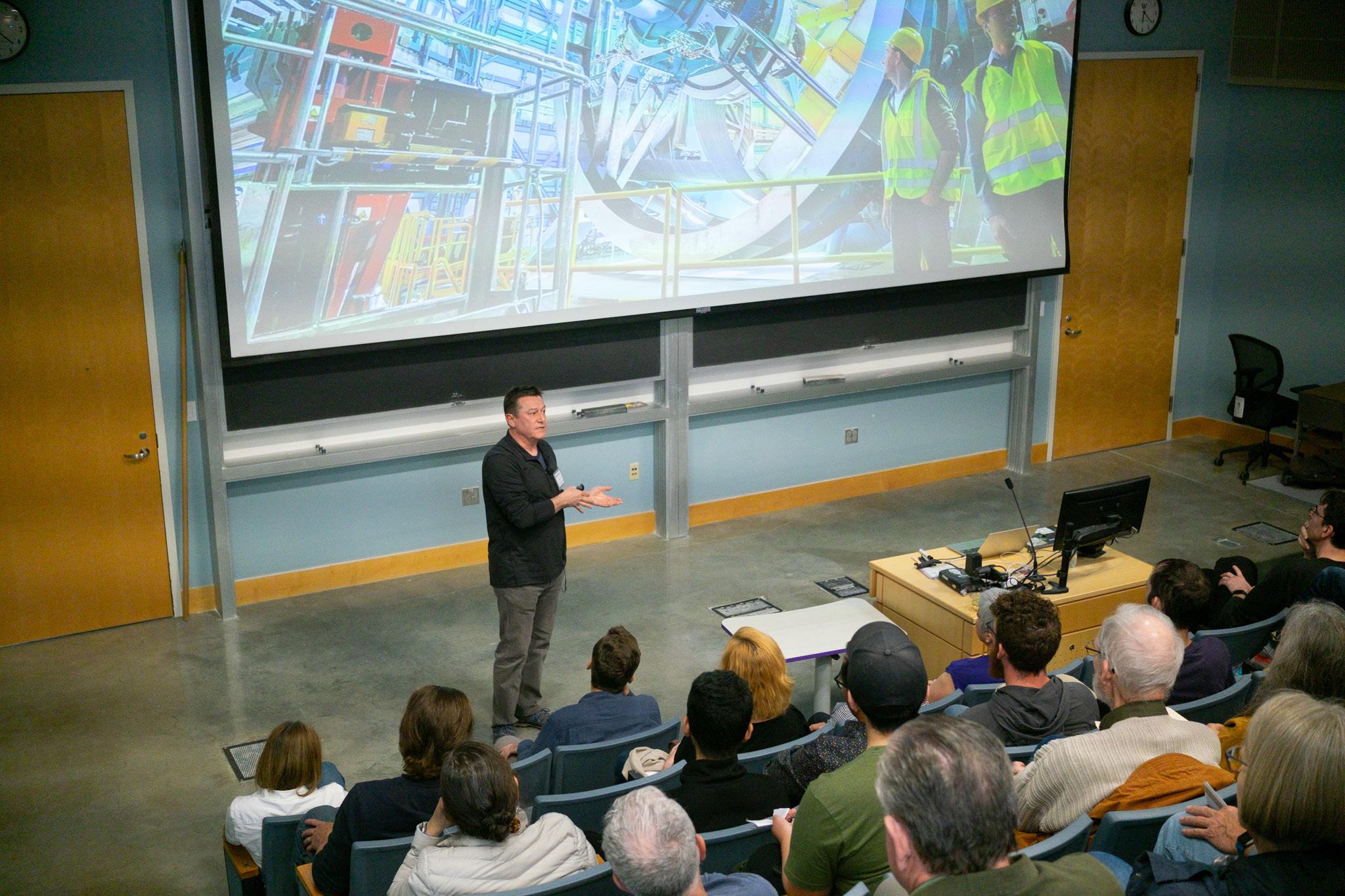
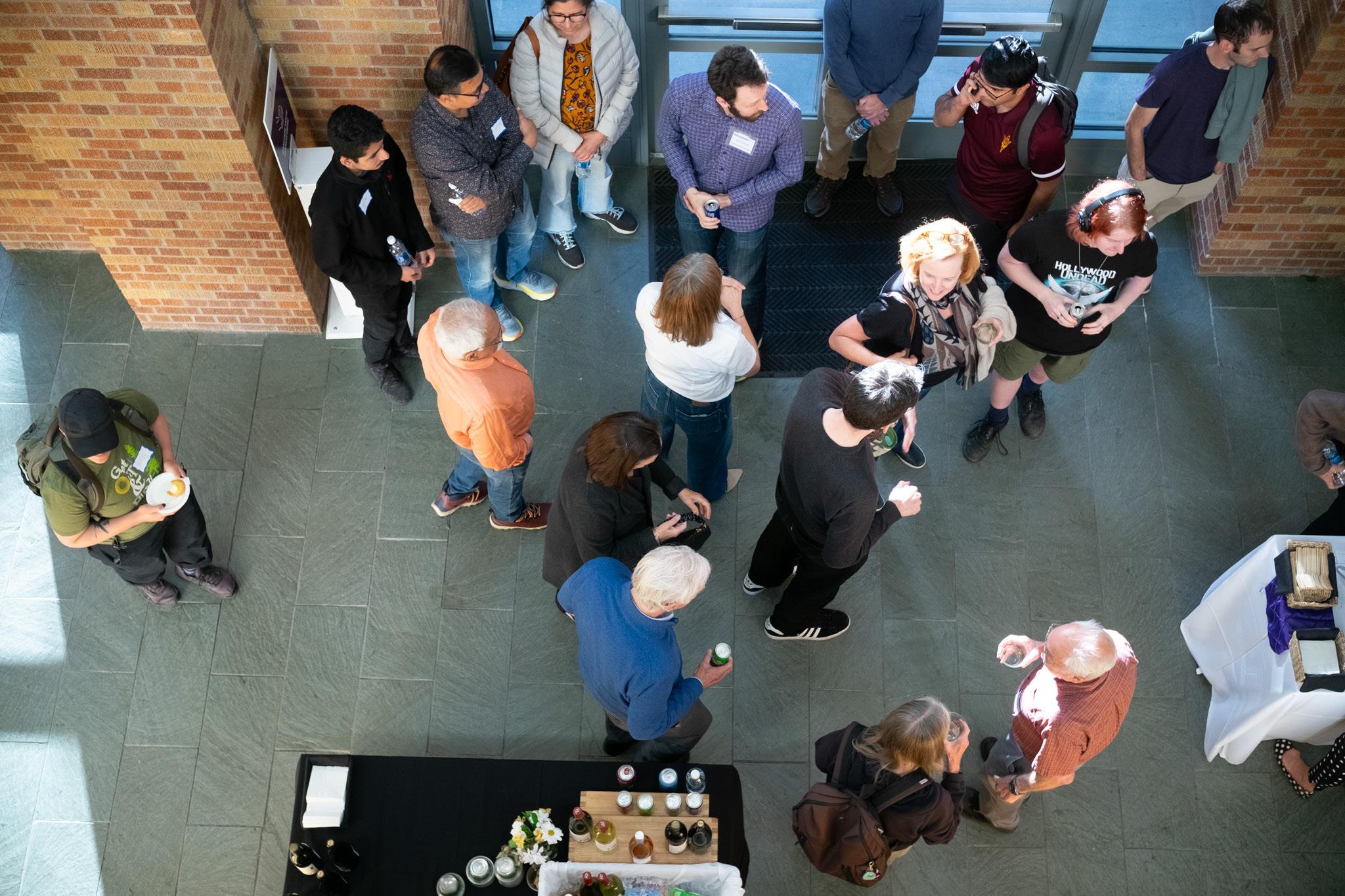
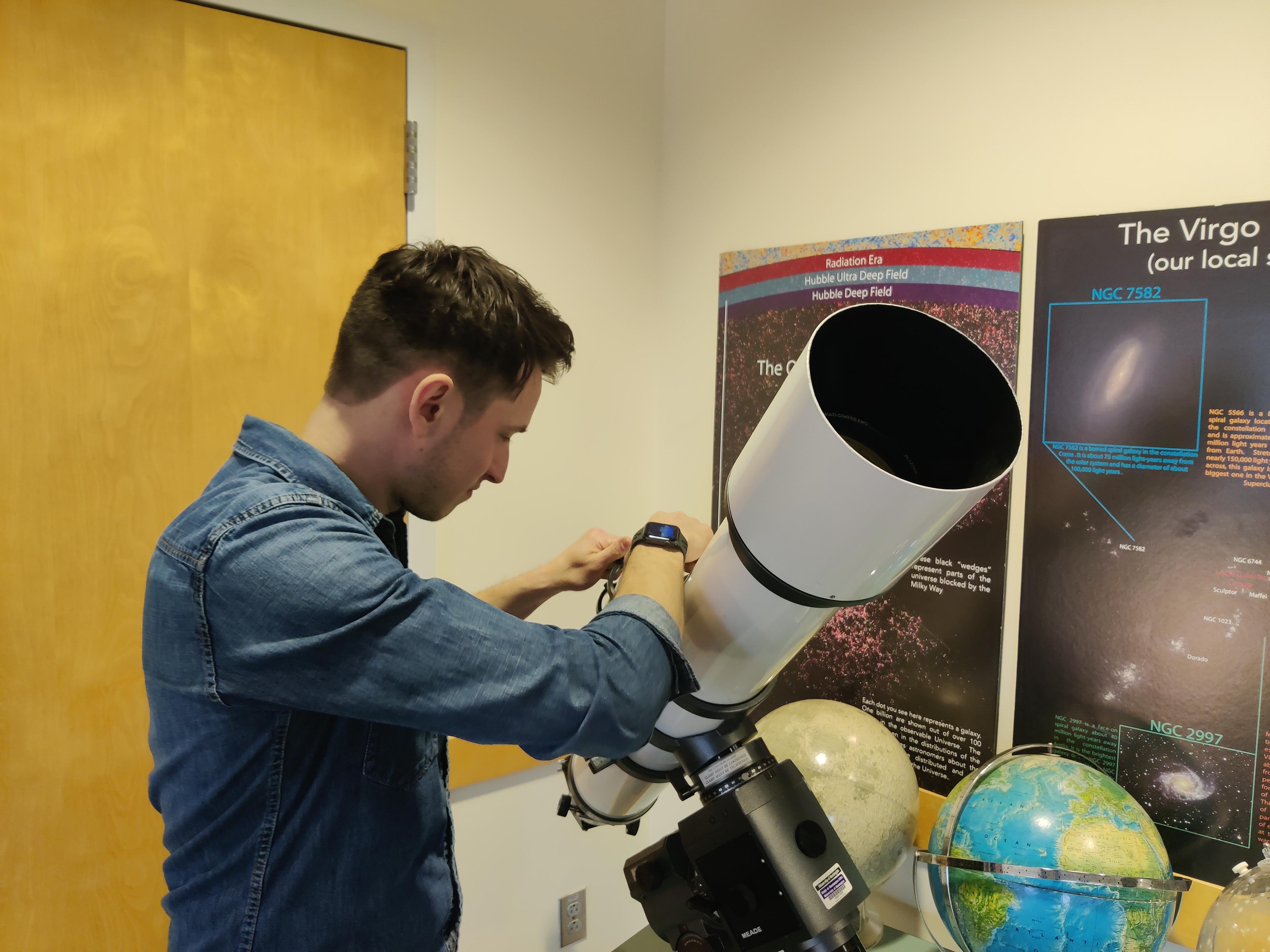
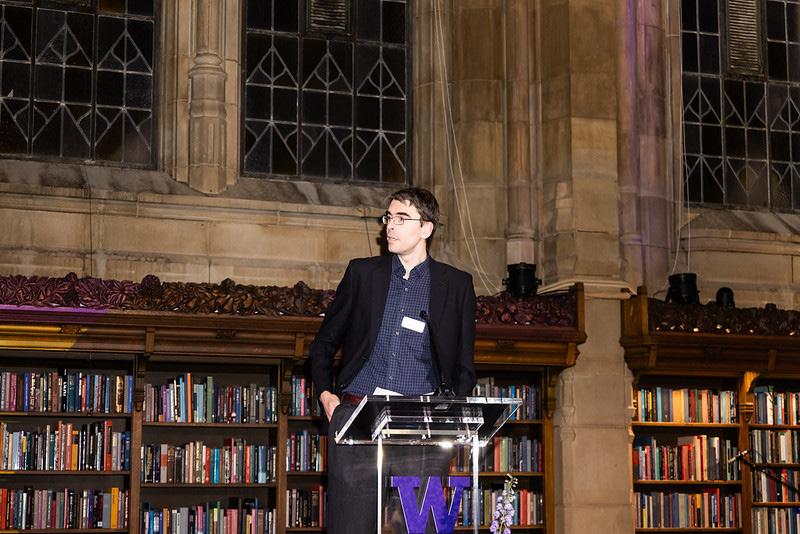
Since 2017, our flagship program has been the DiRAC Postdoctoral Fellowship. This program has brought some of the best and brightest junior scholars to Seattle, enabled by the generous gift of the Charles and Lisa Simonyi Fund for Arts and Science. We are thrilled to continue offering the DiRAC Fellowship in 2025 thanks to the support of Lloyd & Janet Frink.
Our Fellows have the flexibility to work in the most exciting and emerging areas of astronomy, develop innovative algorithms, and engage with undergraduate and graduate students.
"DiRAC’s work is at the forefront of scientific discovery, tackling some of the most complex and urgent challenges of our time. By leveraging cutting-edge computational resources and fostering interdisciplinary collaboration, DiRAC is advancing our understanding of the universe while driving innovations that benefit industries and improve lives. At this critical moment, its contributions are both essential and inspiring."
Jennifer Gehrt, Partner, Communiqué PR DiRAC Advisory Board Member
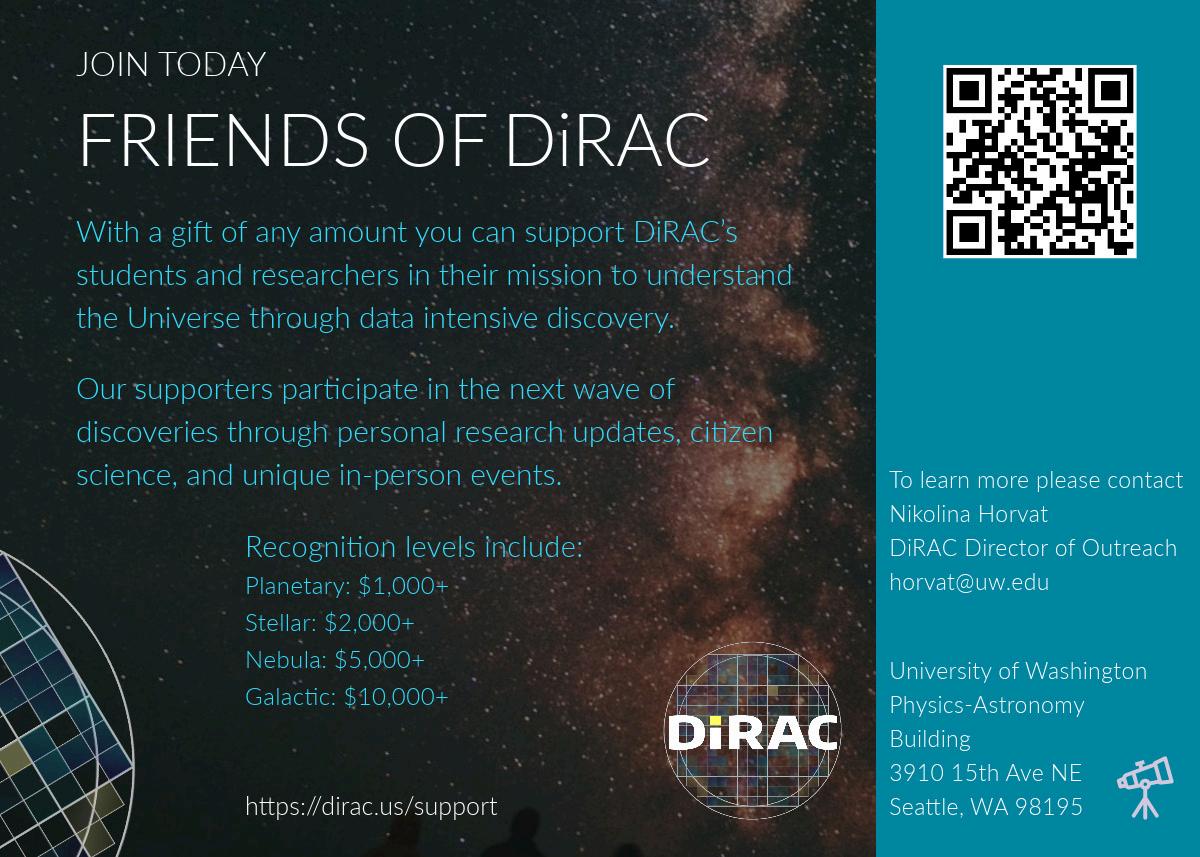

Thank You to Our Partners and Supporters!
Charles & Lisa Simonyi
Lloyd & Janet Frink
Individual Gifts
Galactic Level
Lex Lindsay & Lynn Manley Lindsay
David E. Brooks
Laurie & Ken Myer
Jennifer Gehrt & Lynn Johnson
Nebula Level
Theodore & Iris Wagner
Jeffrey & Laura Glickman
Ron & Lori Marquardt
Curt Blake
Atousa Salehi
B612 Foundation
Breakthrough Listen
Chisholm Foundation
Heising-Simons Foundation
Planet Society
Schmidt Futures
Washington Research Foundation
NASA
National Science Foundation
U.S. Department Of Eneregy
Ron Marquardt, Chair
Curt Blake
Jennifer Gehrt
Jeff Glickman
Theodor Wagner
Chris Wenneman
David Brooks
Mark Anderson
Robert Hart
